From the Good Earth: A Photo Essay of Traditional Agriculture Around the World

Bioneers | Published: March 2, 2022 Food and Farming Article
In the 1980s, on a quest to understand the regionally-adapted ways in which traditional agriculture is able to feed people while tending the health of the land, Michael Ableman set out, on a journey to photograph agrarian cultures around the world to learn the “ valuable information [they had] for modern destructive society.” Michael was accompanied, on part of the journey (to the Russian Far East and Mongolia) by legendary environmentalist David Brower who was a key supporter of the project. A master photographer and author of four books on the relationships between food, land, people and culture, Michael is, most of all, a great farmer who considers himself, even after almost 50 years of farming, “a beginner.” In this photo essay, Michael reflects back on that journey and some of the photographs that appeared in his first book From The Good Earth, A Celebration of Growing Food Around the World.
Michael Ableman currently operates Sole Food Street Farm as well as the large, highly-diverse, rural Foxglove Farm in British Columbia.
All photos are copyrighted and cannot be distributed, reproduced, or reused in any way without the explicit permission of the photographer (Michael Ableman).
Photos are from these books authored by Michael Ableman: Fields of Plenty: A Farmer’s Journey in Search of Real Food and the People Who Grow It, From the Good Earth: A Celebration of Growing Food Around the World, and Street Farm: Growing Food, Jobs, and Hope on the Urban Frontier.
This article is a transcribed, edited excerpt of a conversation with Michael Ableman
MICHAEL ABLEMAN: By the early 1980s, I had already been farming for a while, and I was interested in understanding more about this 7,000-year tradition I’d stepped into, considering myself, as I still do today after 44 years, a beginner. I was interested in what the lineage is and whose shoulders I’m standing on. At the same time, I was fascinated with the idea of hiking in the Himalayas, the highest mountain range in the world.
On the way there, I stopped to see a friend who was living and working in China and ended up in the city of Xindu. In those days, there weren’t a lot of foreign visitors in China and visiting rural areas was not something that was encouraged, but I was curious, so I walked for hours on the outskirts of the city on a path that led up a hill, and what I saw was remarkable. There was a vast network of fields being farmed by multigenerational families—kids with their parents and grandparents and, in some cases, even their great grandparents. Those fields had been farmed the same way, over and over, for thousands of years, and yet still appeared fertile and productive without the use of industrial methods. The thought struck me: “How is it possible? There were places near where I was farming in California where the land had been made useless after just a single decade.” I thought it was incredible, and I began photographing feverishly.

This image exemplifies the ability the Chinese had, at that time (1983), to feed a billion people on only 11% of their land base using the techniques that had been passed down since the Han dynasty. It is a highly intensive system. When I returned home from that journey, I was on fire with curiosity. I was young and fearless at that point of my life (neither of which I am now). I was intensely curious, and I was completely amazed and fascinated at the possibility that the profession I had chosen had a deep-rooted, vast, indigenous knowledge and history. I wanted to learn from it, and I wanted to understand how the work I was doing related to these other cultures that had been doing it for thousands of years.

But it wasn’t some sort of romantic quest for a mythic golden age; I wasn’t that stupid. I knew that the places, people and situations that I was looking at were also fraught with challenges and problems. It was more of an intense desire to learn and to record what I was seeing. I spent another winter in China because it was the oldest traditional agriculture in the world. I thought there was no better place to start exploring.

This two-acre onion field was being watered by hand. It was fascinating–like watching a well-choreographed dance. The equipment, which seems so rudimentary, is really well made, and the process is extremely balanced. The man was using both containers at the same time. I watched the entire thing and what was really profound is that two men using watering buckets could irrigate a two-acre field in about two hours without a word spoken. They both were in their 70s and had enormous physical strength, but what I saw was less about physical exertion and more about careful planning and balance. There was a great calm about the whole experience. It was a beautiful, silent dance.
I spent the entire next winter in the Andes in terraced fields built by the Incas that were so steep that farmers were known to fall out of them.

Capturing this image was a three-day process in order to get the lighting right. It gave me a lot of respect for Ansel Adams who would sit and wait for days just to make one frame.
I also traveled to East and Central Africa to try to catch a glimpse of the remnants of the few traditionally agrarian tribes that were still there. Pastoralists were dominant in those regions, but there were some really interesting examples of agrarian people making their own tools and doing some pretty cool stuff.

This photo was taken in the mountains of Burundi at the market in a little town called Ijenda where I lived for a while. The sorghum that the women are working with is made into a slightly fermented drink that’s sipped communally out of a common gourd with straws cut from a local tree. At the time, it was a very popular drink, but you would never see somebody sitting at home alone drinking it. It was a communal and social experience.
There’s an energy to this image of the women, a kind of excitement and enthusiasm around what’s happening. It’s a swirl of color and energy.
There was, at times, a tendency for me to romanticize the experiences I was having with the people I was visiting and sometimes to project my own ideas onto what I was seeing, feeling and experiencing as I was photographing them, but I had to keep all that in check.
People are basically just trying to survive, but the simplicity of some of those farming systems and the long history of those people on the land hold valuable information for modern destructive society.

The Moroccan markets are just incredible. I love the visual perspective of the passing of feet, the colorful clothing, the robes that people were wearing, and the vendor on the ground selling citrus and other items.

After Africa, I went to Southern Europe to Sicily and other places where I could photograph remnants of the traditional agriculture of that region.

In this image of an Italian olive merchant, you can see the diversity of olive varieties. There is also a diversity in the ways that olives were prepared, which is an almost lost art, but one that is coming back.
Traveling in Italy, I saw olive and carob trees that were four to five thousand years old growing wrapped around each other. The planting together was intentional because the carob is a legume that fixes nitrogen and feeds the olive tree.

Those ancient, long-term perennial systems are some of the most interesting to me because I’ve always believed that the fundamental structure of a farm has to be the perennial. The perennials have to be the anchor on the farm on many different levels—holding soil, creating habitat, reducing the churning of the ground, providing shade, etc. The folks in Italy know so much about all of that, as well as the importance of having a lot of diversity in their cultivars.

This image is from the Russian far east near Ulan-Ude in East Siberia. It’s so emblematic of the time: the style of dress, the soldiers and the seriousness with which people reflect on their cabbages.
David Brower had invited me to go to the Russian far east to Baikal the year I turned 40 (27 years ago). He had just turned 80. David had a longtime interest in Lake Baikal in Siberia because it is the oldest, deepest and largest body of freshwater on the planet with species that don’t exist anywhere else. David felt that it was one of the planet’s critical ecological cornerstones that needed to be preserved.
It was an extremely hard trip—long flights followed by long train trips. Transportation was not terribly functional. Food was not good; in fact, it was awful. When we eventually got to Ulan-Ude on Lake Baikal, David said to me, “Michael, I want to go to the Mongolian side of Baikal.”
So, we went down to the Mongolian consulate in Ulan-Ude and they said, “You’ve got to be kidding. You should have started six months ago to get that visa; there’s no possibility.” David had written two autobiographies, and he had one of them with him; I asked him to give it to me. There’s a page in that book with him and the Dalai Lama arm-in-arm with big smiles, so I opened it up to that page and I slid it on the table over to the consular agent. Then things happened fast. We got the visas right away. The agent even phoned and got us a ride in an ambulance. It was a hellish trip, super hard but super interesting.
The ambulance could only take us so far, so we took a train to Ulaanbaatar, the capital of Mongolia. As we were standing on the train platform, a drunk guy came right up to my face and out of the blue for no reason punched me as hard as he could in the stomach and put me out onto the ground.
After that, I decided to take a taxi to the marketplace, which is miles up above the city. I began photographing what was quite an incredible scene, but I didn’t realize that I shouldn’t have been there. A gang of young people chased me and pelted me with rocks; I barely got the hell out of there.
I began to realize that photographing those different cultures could be interpreted as appropriation of ideas, information and images that I could never really understand because I wasn’t from those places, and that would be a reasonable criticism. I questioned myself. I heard about people in various parts of the world who thought that taking their photographs was akin to stealing their spirits. Some Western people would laugh at that idea, but I began to believe that there may be some truth to it. Was I stealing the spirits of the people that I was photographing?
But I felt what I was doing was fundamentally different. I was not a journalist or photojournalist. I didn’t step out of my office at The New York Times and fly off to some remote place. My daily work for most of the year was using my hands to grow food for my own community. Everywhere I went, I carried in my back pocket a little booklet of photographs of my farm and of me out in my fields. I thought that was critical because I shared a connection to the land and a shared interest in farming with the people I was taking photos of. Mind you, some people were farming from pure personal survival perspectives, some were farming to feed more than themselves. I was farming for both reasons, to feed my family and as a livelihood.
But the common thread was farming; that was a bridge. I’m sure I made mistakes, but I feel like that gave me a valid reason to be doing what I was doing. Often, when people see the portraits I made of other farmers, they comment that in many of the photos the farmers are looking into the camera, and you can see that there was a relationship there. Those images could not have been made without some connection. When I say relationship, I don’t mean that I was living with them or that I spent weeks there, but there was some sort of commonality established before the camera got pulled out.
I never made a photograph of anyone without first developing even just the briefest of relationships. David Brower, who was involved in this project from its inception, said at a public event, “Notice how people in Michael’s photographs are connecting to the person behind the camera.”

There’s a sister image to this, which is of our friend Caroline, a Hopi elder, whom we spent a lot of years with at Hotevilla-Bacavi on Third Mesa in Arizona. Why would I be mentioning her in the context of this Karen tribesman? At the entrance of Hotevilla, there were hand-painted signs saying “no photographing, no drawing, no recording, no filming.” I was always very respectful of that, but in time Caroline gave me the permission to take some photographs of her, also winnowing beans. She had an amazing collection of bean seeds. When the time came for the book to be published, I knew there was no way I could use an image of her without her explicit permission.
So, I showed her a series of different images, and she said, you can use one of them if it’s next to the one of the Karen people winnowing beans. She understood acutely that there was a relationship that existed between Indigenous people all over the world, and she wanted to be thought of in relationship to that.

I took this photo in Todos Santos in the mountains of Guatemala, a little village where we spent a month living with a local family. This is a man on his way to the market outside an old church to sell his wares. The entire village, at that time, was made up of widowed mothers, children and old people. Inside the church where the market was held, the walls were riddled with bullet holes because all of the young men of that village were herded into the church during the civil war and murdered there.

This picture was taken looking south. Directly to my back, to the north, would have been Trump’s steel wall. We guard the borders and build fences and walls to keep out the very people whose hands are doing all the work to grow our food. We’re talking about people who risk their lives to make that journey. The craziest damn stories: being put in a refrigerated truck for hours and hours, stuffed into trunks of cars, all kinds of crazy shit to do the work in service industries, restaurants, factories and farms, that most Americans will no longer do. It’s an absurd situation, and it’s heartbreaking to see what people have to go through to survive.

Hilario slipped over the border in his late teens as an “illegal” farm worker and eventually became a farm owner employing 100 people with a very successful farming operation. It’s one of those rare but important stories to tell because, historically, people like Hilario are not celebrated for their contributions. He’s an exceptional farmer.

I wrote the book The Good Earth: A Celebration of Growing Food Around the World based on these journeys, but when I completed those incredible international visits recording those traditional cultures, I realized that, in a sense, I had been looking at the remnants of where agriculture has come from. I felt that I should also look at what’s happening now and what we are moving towards in the future, so, I delved into the hardest images that I made, the ones of industrial agriculture in California’s Central Valley, the largest feedlot in the world. I went up in helicopters that spray pesticides and did all sorts of crazy shit just to get striking visual examples of industrial agriculture for people who were unaware of the scale of its impact and devastation. I thought if they could see it, maybe they’d want to do something about it.

This very emblematic image taken after the harvest in a California Central Valley cotton field has been used repeatedly by Patagonia and others to illustrate how incredibly destructive we have been in a very short amount of time to the land which we are inextricably tied to and dependent on. The contrast is stark between this field likely totally depleted in less than a decade and some of the fields I saw in China and Peru that were being farmed continuously for thousands of years and were still fertile and productive.

This is a celery field in the Oxnard Plain in Ventura County being fumigated. You can see the sprayer in the background. I didn’t sneak this photograph. The man is posing. He’s looking at me. I think his stance, his willingness to pose, demonstrates a certain pride. This is not a critique of this person. That’s an important point. He was part of a system. The system and the thinking behind the system are all wrong. And yet, I think there was a certain pride in the power of chemistry, the power of the industrial mindset, the power of the ability to control and manipulate the natural world.

This is the same celery field in Oxnard. That chemical being sprayed directly onto the crop’s leaves and stems enters the plant’s cells and then subsequently enters into our cells when we eat it. I believe that in those days they sprayed every 10 days, so you’ve got to understand that the chemical became fully embedded in the crop.

This farmer is pouring fertilizer into a furrow irrigation ditch. It’s crazy, it’s one of the hottest places in California, and they’re furrow irrigating (flooding the rows between crops). This is not precision farming. The day I was there, it was probably 110 degrees, and probably 80% of that overhead irrigation that you see in the background was evaporating into the atmosphere. So, the whole process makes no sense.
- Young Leaders Champion Food Sovereignty and Economic Equity in BIPOC Communities
- How a Coalition of Ranchers, Farmers and Conservationists Foster Resilient Working Lands
- Biochar: An Ancient Method of Healing Modern Soils

Keep Your Finger on the Pulse
Our bi-weekly newsletter provides insights into the people, projects, and organizations creating lasting change in the world.

- Privacy Overview
- 3rd Party Cookies
- Bioneers Privacy Policy
This website uses cookies so that we can provide you with the best user experience possible. Cookie information is stored in your browser and performs functions such as recognizing you when you return to our website and helping our team to understand which sections of the website you find most interesting and useful.
This website uses Google Analytics and Meta (Facebook) Pixel to collect anonymous information such as the number of visitors to the site, and the most popular pages.
Keeping this cookie enabled helps us to improve our website.
Please enable Strictly Necessary Cookies first so that we can save your preferences!
More information about our Privacy Policy can be found here.
- About FoodPrint
- Deep-Dive Reports
- Stay Informed
A Visit to Vandana Shiva’s Navdanya Biodiversity Farm: A Photo Essay
by Maggie Tauranac
Published: 4/12/18, Last updated: 2/12/21
The Indian academic and environmentalist Vandana Shiva is well known for her work as an anti-GMO activist, accumulating thousands of loyal followers who celebrate her opposition to industrialized and conventional agriculture. Shiva is touted for her work in the empowerment of women , predominantly from the third world, and her cautions regarding the dangers of economic globalization. As part of the alter-globalization movement, Vandana Shiva heralds the benefits to global cooperation, but warns about its threats to environmentalism, economic justice and local sovereignty.
As part of her response to industrial and corporatized agriculture, Shiva started Navdanya in 1991. The word Navdanya literally translates to “nine seeds” and is an initiative to link seed sharers across India’s landscape. The movement has grown immensely since the beginning, establishing 122 community seed banks in India and encouraging a breathtaking 5,000,000 farmers to convert to organic farming.
Navdanya’s headquarters is based out of the Doon Valley in Uttarakhand in the foothills of the Himalayas. The headquarters is both a learning center and biodiversity conservation farm where I had the immeasurable joy of spending a few days. Below is a photo essay journaling the protection of seeds and the celebration of organic agriculture and human and animal wellness in the most northerly part of India.
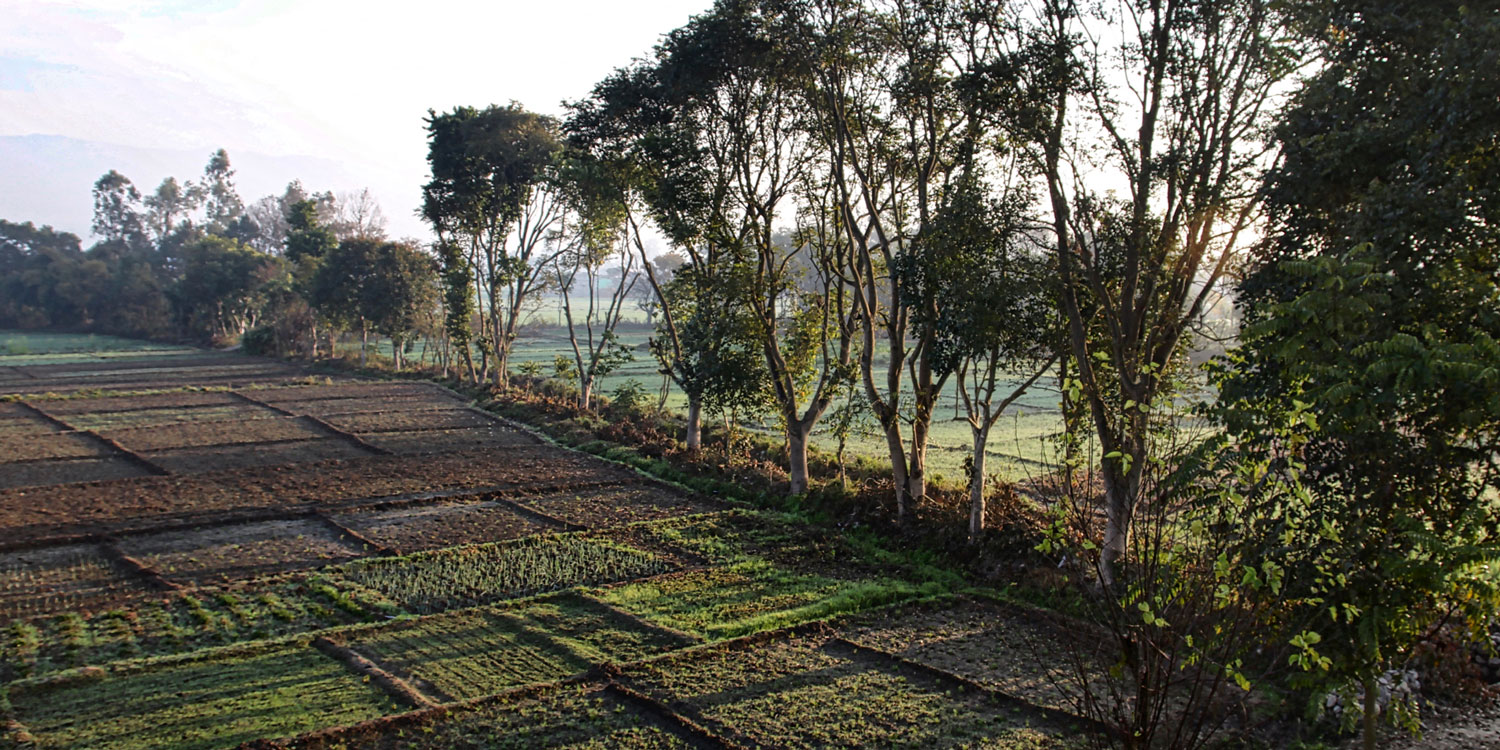
At the learning farm set at Navdanya, called Bija Vidyapeeth (or Earth University), students live on the farm and are active participants in the growing, harvesting, preserving, cooking and cleaning that comes with serving and acting as a community. They stay in humble quarters and practice meditation and gratitude for nature and good food. The heatless cabins were bitter cold at night, but cozied up in multiple layers and my wool hat, I still recall getting the greatest nights of sleep I had while in India to awake serenely at 4am to the soothing cry to Muslim prayer.
The crisp mountainous air and sweet-smelling rice paddy fields were relief after the chaos of my previous visit to Delhi. And the mantra taught to us at the time still grounds me several years later in its simplicity: “Breathe in, you are happy; breathe out, you are calm.”

My visit at Navdanya was for a mere few days, but both students and workers at Navdanya were exceedingly hospitable and gracious, and welcomed me and my cohort to participate in all goings-ons despite our intrusion into their routine. It was with pleasure that we participated in as much service to the community as we could contribute while trying not to get in their way. One of my favorite memories is nosily poking my head into the kitchen, asking if I could help, and being taught to make chapati on direct fire through language-less hand gestures.
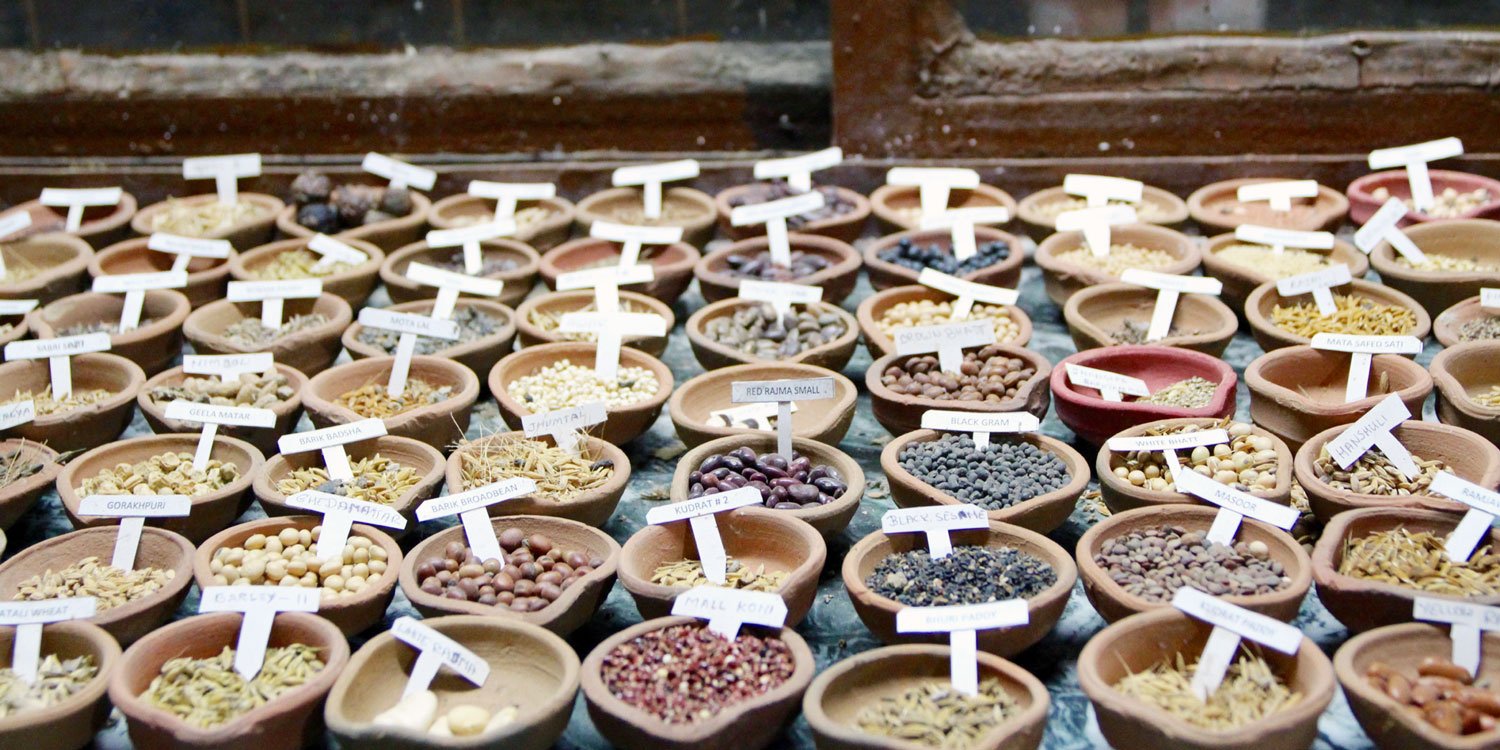
In an effort towards continuity – the literal mark of sustainability – Navdanya’s seed bank has preserved 500 strains of rice and documented 700, preserved 150 strains of wheat and documented 200 as well as protected a multitude of other grains.

Additionally, their conservation farm has protected a laundry list of cereals, legumes, vegetables, spices, fruits, flowers and medicinal plants, preserving genetic diversity against disease and blight and ensuring a future for our plant populations.Wall hangings in the Seed Bank at Navdanya Biodiversity Farm.
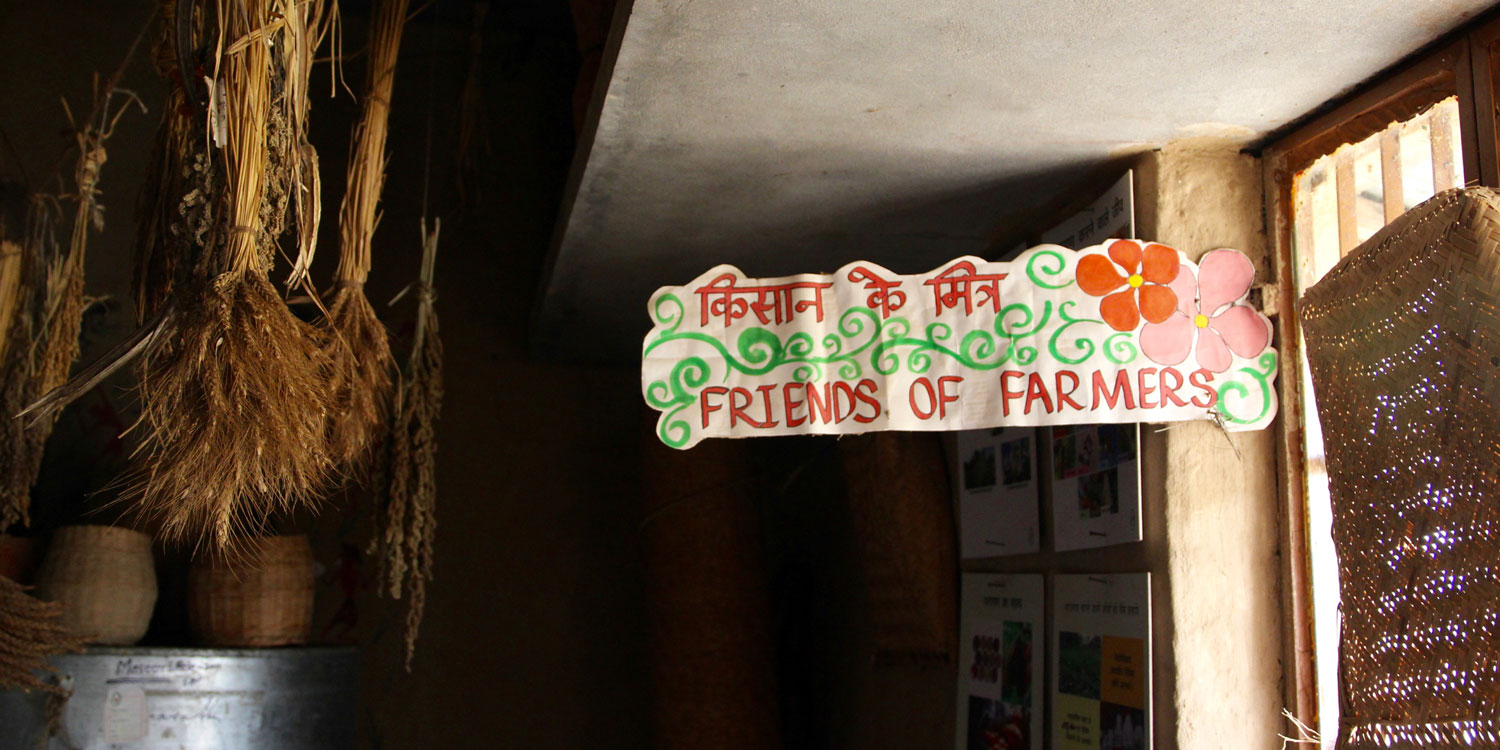
The recognition of not only farmers, but women as farmers is an integral theme in the heritage of Navdanya. “Women’s” work has a history of being disregarded, and Shiva speaks often to the devaluation of women and of their displacement, especially on the farm. Empowering women to have access to farm work and fair pay is part of Shiva’s “Women for Diversity” mission where she advocates for women’s sovereignty and condemns her country’s history of female feticide.
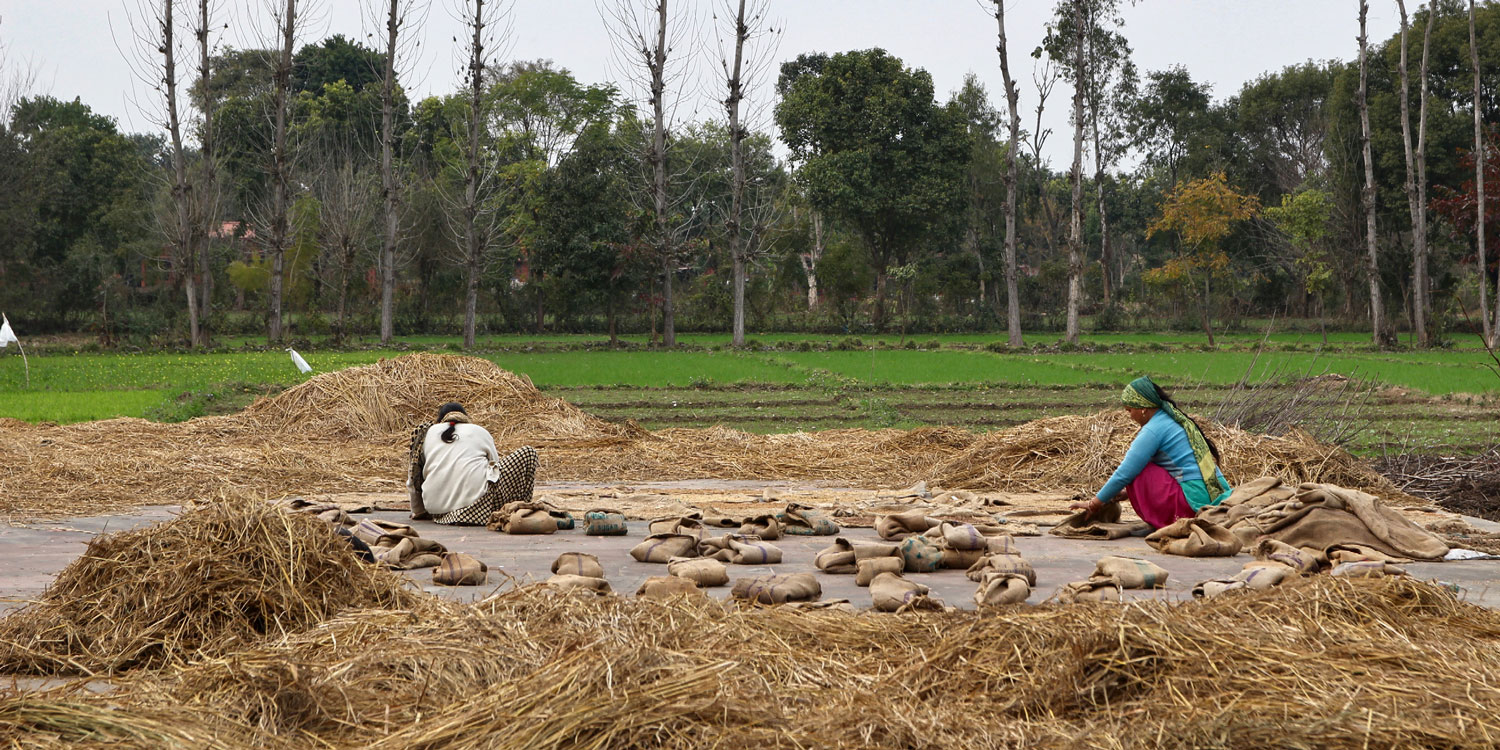
As she writes for an article in the BBC World Trust , “The displacement of women from agriculture disempowers women and reduces food security. Food systems evolved by women based on biodiversity based production rather than chemical based production produce hundreds of times more food, with better nutrition, quality and taste.”
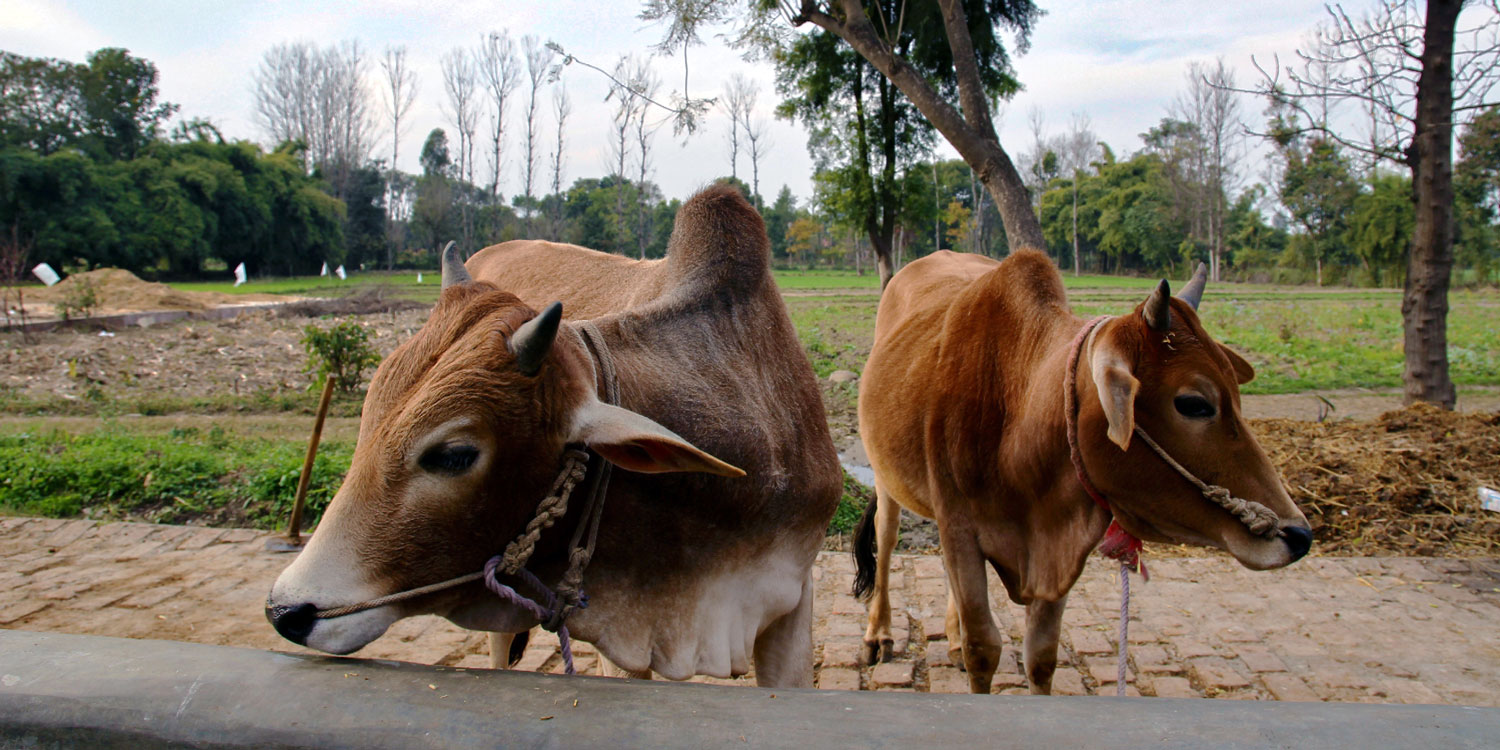
On animal welfare, Shiva takes the position that the separation of monocultured agriculture from animals and water cycles enables the conditions for factory farming , whereas the presence of animals on farms makes for a symbiotic relationship between animal’s contribution to work, growth and waste. This is the foundation for a community-based living democracy that is present in agroecology and advances the values of respect between land, (wo)man and beast.
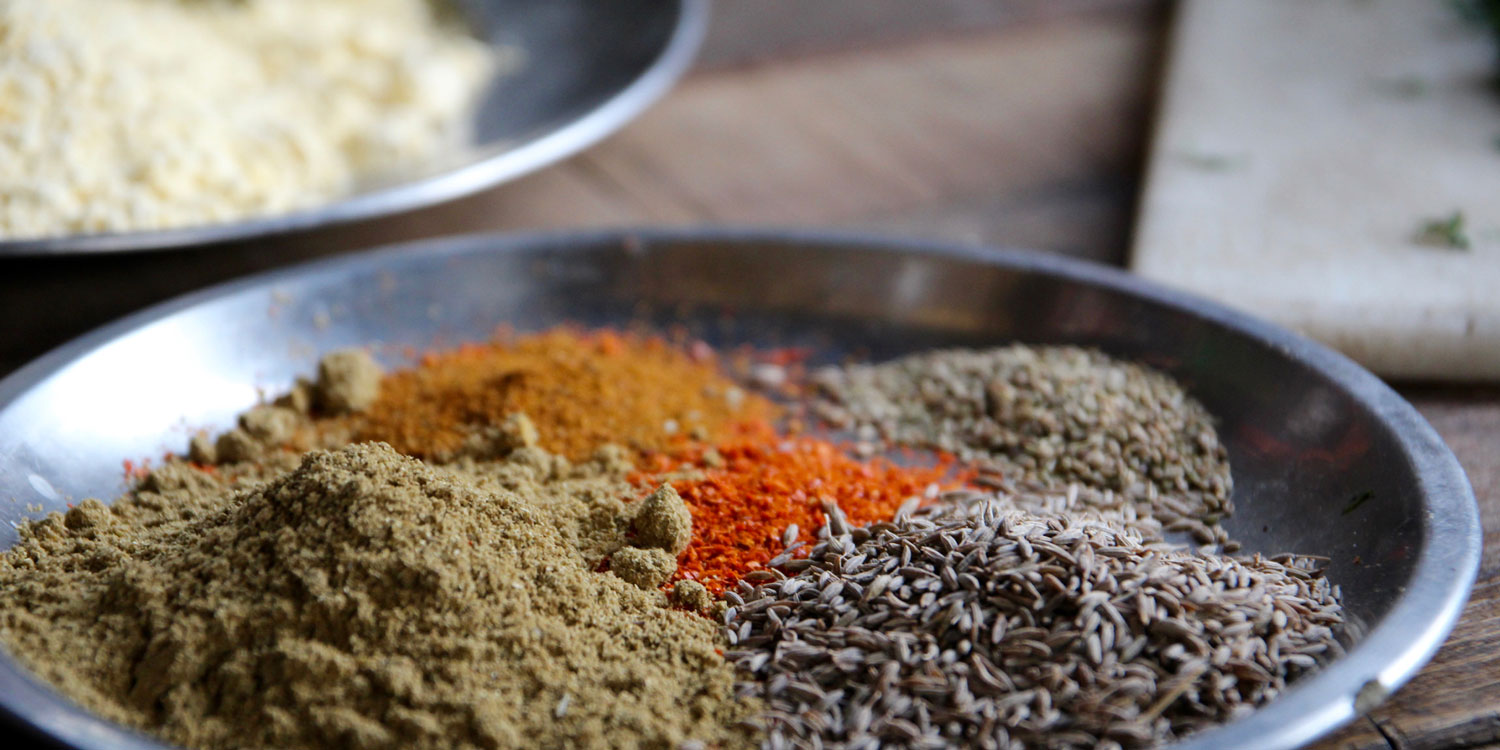
The vitriol that Shiva expresses for the shift in conventional agriculture towards genetic modification has made her both a hero to many, and a ubiquitous target for those who see solutions to global food insecurity in examples such as golden rice. Yet, despite where one may fall on the GMO versus regenerative agriculture spectrum, a visit to her biodiversity farm makes her impossible not to admire. The food plucked right from the ground, the rarely found clean and safe water and the aspiration for participation engenders one with peace and hope for a more resilient future.
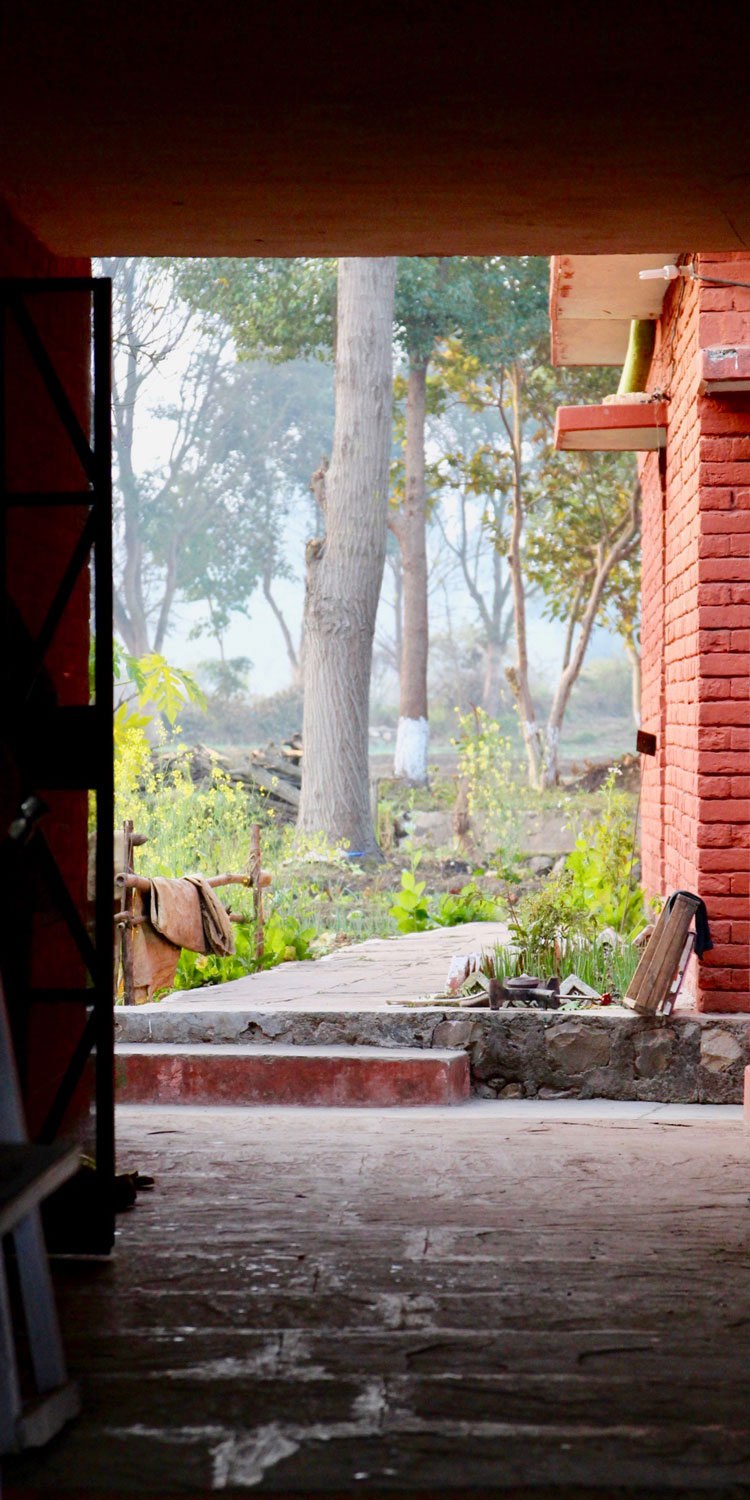
Top photo by Maggie Tauranac/Staff.
More Reading
Cooking oils and sustainability.
July 26, 2024
Sourcing more sustainable flowers
March 27, 2024
Seeds and sovereignty: 8 books on biodiversity in the food system
February 23, 2024
A rye renaissance is coming
January 12, 2024
The importance of traditional Hawaiian food systems after the Lahaina blaze
December 7, 2023
Seed saving as a living legacy
November 7, 2023
Why 2023 is the International Year of Millets
October 5, 2023
Eat more grains — and keep it local
September 29, 2023
What can you make with half a million pounds of Kernza? Try beer.
September 18, 2023
Is rice the ‘climate-change crop’ the Northeast needs?
September 14, 2023
By using sojo.net you agree to our Privacy Policy
Life on the Farm: A Photo Essay (Day Four)
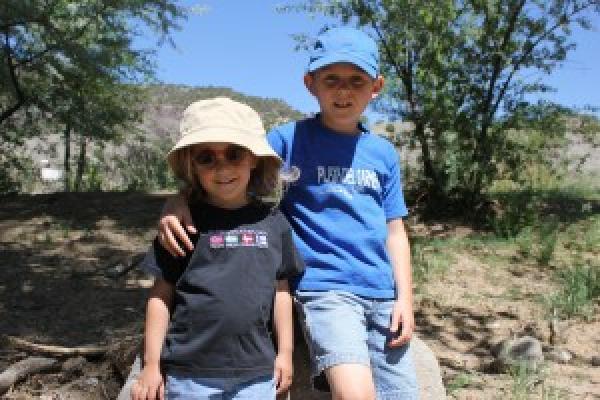
Amy’s mom, Suzie, and stepfather, Russ, live on a 12-acre apple orchard nestled against the Rio Grande in northern New Mexico. Instead of describing it, I decided to show it.
Zoe and Papa Russ playing with "Pop Grass"
Russ collects hubcaps from the road and puts them on the chicken coop for some "chicken bling"
The Rio Grande. And yes, it is.
Fire circle next to the river
Suzie's horse, Dama
Strolling down the long driveway
Guardian of the Barn
Cottonwood tree, more than 100 years old. Locals say it's been there since the railroad went through this way.
Up from the trunk
Folks around here like their privacy
St. Francis, keeping an eye on the garden.
My Sweet Pea McGee
Christian Piatt is the creator and editor of BANNED QUESTIONS ABOUT THE BIBLE and BANNED QUESTIONS ABOUT JESUS. He co-created and co-edits the “WTF: Where’s the Faith?” young adult series with Chalice Press, and he has a memoir on faith, family and parenting — PREGMANCY: A Dad, a Little Dude and a Due Date.
Got something to say about what you're reading? We value your feedback!
Tell Us What You Think!
We value your feedback on the articles we post. Please fill out the form below, and a member of our online publication team will receive your message. By submitting this form, you consent to your comment being featured in our Letters section. Please do not include any non-text characters, such as emojis or other non-standard content, into your submission. It may cause errors in submitting the form. Thanks!
On a hike below the mesa, Photos via Christian Piatt
Don't Miss a Story!
Search sojourners.

Farmland Overview
Protect Farmland
Sell Farmland
Access Farmland
Steward Your Protected Farm
Farmers Overview
Grow Your Farm Business
Individual Farm Business Support
The Business of Farming
Farming for the Long Haul
Plan Your Farm's Future
Find Resources
Climate Resilience
Climate Resilience Assistance Grants
Climate Impact Assessment
Climate Adaptation Planning
Future Overview
Farm-Friendly Policy Change
Get Involved in Policy
Policy and Planning Resources for Towns
Grow Power for Farms
Maine Farms Journal

Winterberry Farm Photo Essay
September 13, 2017
Ellen Sabina
PHOTO ESSAY BY COLLIN HOWELL
Life at Winterberry Farm is the only life Sage has ever known. When her mother, Mary, moved to the farm it had been dormant for twenty years. Mary’s dream was to revitalize the forty acre farm so she could live there with her family and earn a living from the land. With the help of her oldest daughter, Kenya; her son, Gil; Sage, and farmapprentices, Mary has realized this dream.
The organic farm provides food for 50 local families through its CSA (Community Supported Agriculture). It also has a farmstand, equipped with a commercial kitchen, where the family cooks and sells goods from the farm. In December 2012, Winterberry Farm became a “Forever Farm” through an agricultural easement held by Maine Farmland Trust and the Belgrade Conservation Alliance, ensuring that the farm will remain a farm in perpetuity.
Sage spends much of her time outside helping to run the farm, and is intimately connected to the land and animals. She plays and explores with the wonder of a child, but works with the strength and maturity of an adult. What is it like to be this now ten-year-old farmer?
This work looks at the life of a family farm through the eyes of a young girl whose only home has been this land that her mother credits for giving her and her children safety, security, and a living. | collinhowell.com | winterberryfarmstand.com

Recent Blog Posts

Maine Farmland Trust Applying for Renewal of Accreditation

A long history of dairy farming at High View

Celebrating Maine Dairy Month: next stop, Flying Goat Farm

Maine cheese goes far above and beyond your standard fare

Celebrating Maine Dairy Month at Widdershins, LLC

Navigating Mental Health & Overall Well-Being on the Farm

2024 Legislative Wrap Up: Where we made progress, and where we must persevere

Taking Care of the Family and the Farm - For Many Maine Farmers, Health Care is Out of Reach

Announcing our expanded Climate Resilience Program!
.jpg)
Cultivating Maine’s Agricultural Future: A Five-Part Policy & Planning Webinar Series for Towns
Home for Harvest: A Photo Essay
on October 31, 2016

There’s also a silent satisfaction in being a part of the choreographed chaos. Whether it’s sweeping out bins, transporting grain from here to there, relocating equipment from one field to the next, or being at the helm of it all – in the combine – fall farming has a way of making a person feel their hard work has somehow contributed to something greater, something beyond the field.
In an effort to capture the splendor of being home for harvest, I’ve prepared a photo essay showcasing the images I’ve collected throughout the month of October. I’ve selected 31 striking pictures to summarize my weekends spent on the farm.
This slideshow requires JavaScript.
Share this:
Leave a reply cancel reply, previous post, a girl and her horse, discover more from farm roots & chore boots.
Subscribe now to keep reading and get access to the full archive.
Type your email…
Continue reading
photo essay: prosser farm
April 19, 2019 / audra mulkern

Jackie Cross is the co-owner of 19 restaurants and restaurant-related properties in the Seattle area with her chef-husband. Just one restaurant is a hectic lifestyle- but 19?! That doesn’t even count the packaged food company, cookbooks and more. In order to occasionally escape the drizzly rain and grey of Seattle and unplug, they bought 20 acres in Central Washington. They bought in an area well-known for its fertile agricultural land - apples, grapes, asparagus are all in abundance here. There was also the appeal of Jackie’s family being nearby including her father and stepmother.
As Jackie began to settle in to their home in Prosser she and her stepmother planted a few tomato plants. Then the next summer, a few more. Then so many that she decided to take the extra tomatoes to one of their chefs at one of their restaurants, Dahlia Lounge . That was the slippery slope, it seems many accidental farmers can point to that moment. The chefs loved the tomatoes and encouraged her to grow more, then asking for the specialty herbs, chiles and squashes that they struggled to find. Jackie found a hobby turned passion turned business.
I often wondered why Jackie was motivated to farm full-time when running twenty plus businesses sounded plenty busy enough to me, but when I see her in her fields, I realize that it was just the respite she needed.
I had the opportunity to invite Jackie to be on the show, Washington Grown with me. We had a great time filming with the crew and her farm provided the most beautiful of backdrops to the story of women in agriculture. Thank you, Jackie!
Our episode here
note: You’ll note that in some of the images from one of my several visits to Prosser farm that the foothills are black. This was due to a wildfire that fortunately stopped short of the farm.
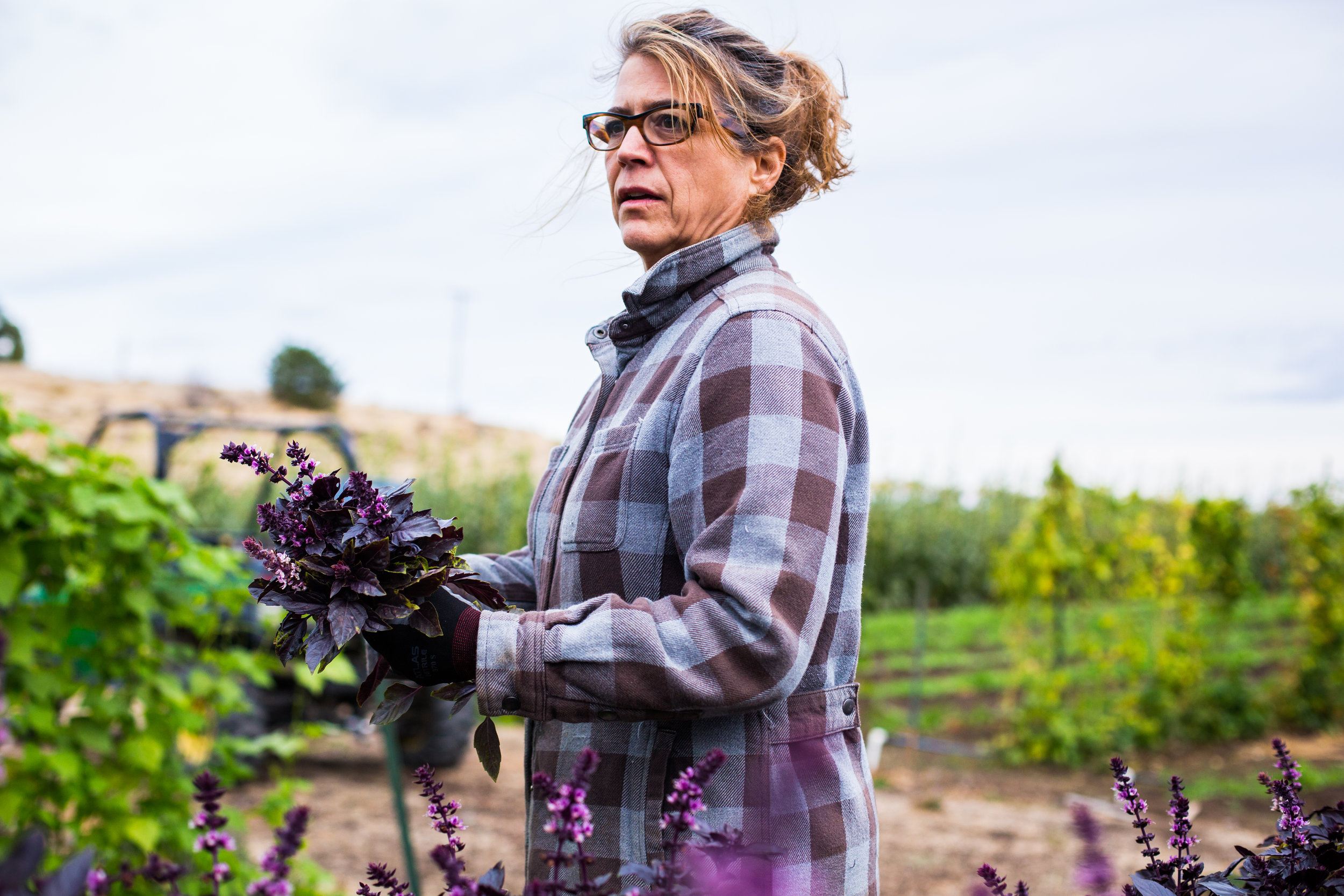
- For Teachers
- Lesson Plans
Picture Power Quick Shots 10 Engaging Photo Assignments from the farm
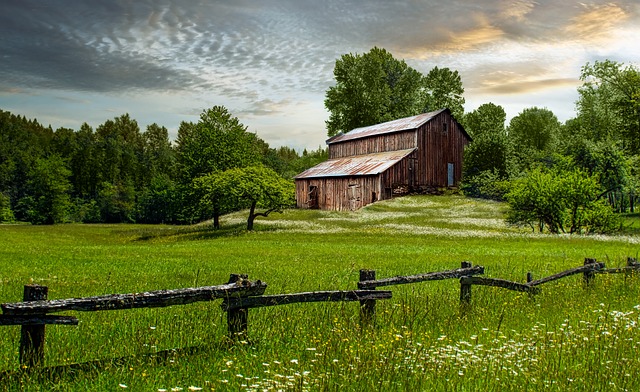
In the realm of education, exploring real-world environments offers a unique opportunity for students to harness their creativity and observational skills.
A farm setting, with its rich tapestry of sights, sounds, and textures, presents an ideal backdrop for immersive and captivating photo assignments.
Here's how teachers can utilize a farm to implement dynamic and engaging photo projects in their curriculum.
Nature's Canvas
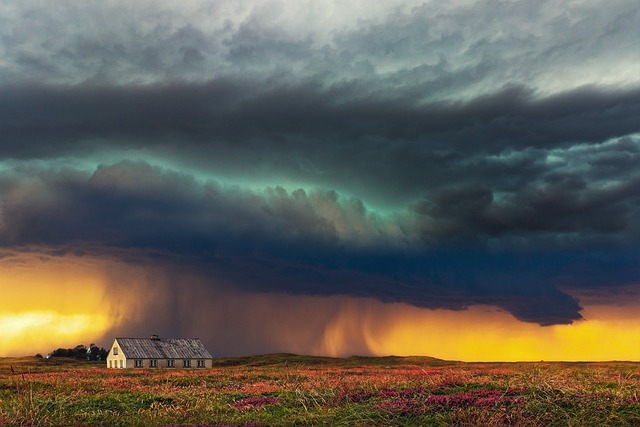
Encourage students to capture the vibrant colors, textures, and patterns found on a farm.
From the intricate details of leaves and flowers to the symmetry of crop rows, nature provides an endless array of subjects for captivating photographs.
Students can explore macro photography to showcase the beauty of tiny elements often overlooked.
Life on the farm
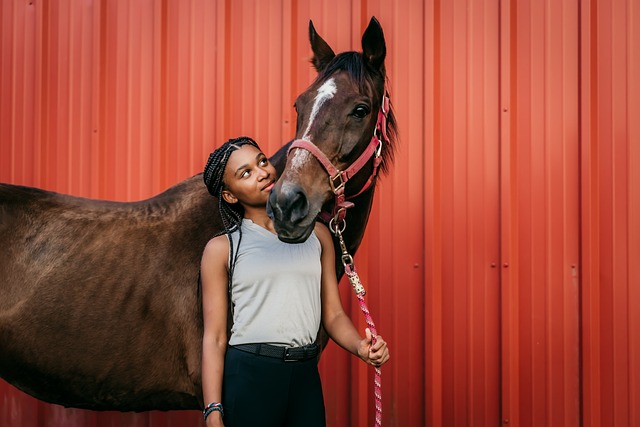
Focus on the animals and their interactions. Students can photograph the daily routines of farm animals, their behavior, and the relationships between different species.
These images can tell stories, evoke emotions, and provide insights into the unique bond between humans and animals.
Farm to Table

Highlight the journey of food production. From seed to harvest, students can capture the stages of crop growth, the labor involved in cultivation, and the machinery used in farming.
Showcasing the agricultural process through photography deepens students' understanding of where food comes from.
Environmental Storytelling
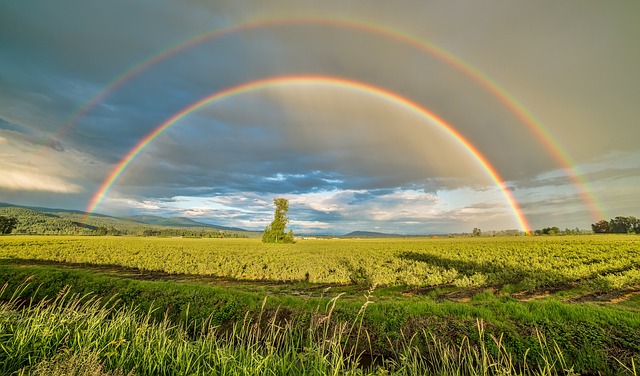
Explore the farm's environmental aspects.
Students can document the impact of farming practices on the land, water, and surrounding ecosystems.
Images can showcase sustainable farming methods, conservation efforts, or challenges faced in balancing productivity with environmental preservation.
Farming Community and Heritage
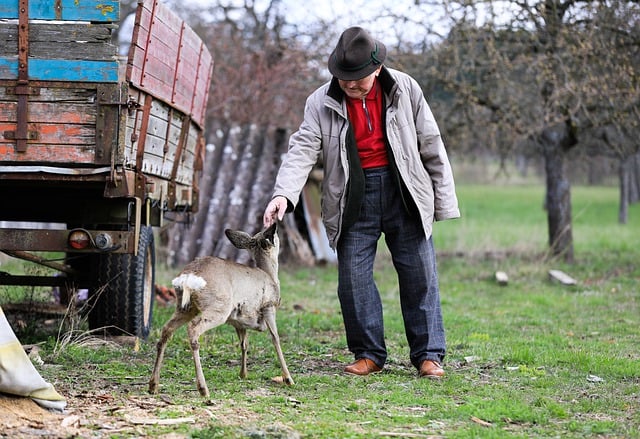
Capture the essence of the farm community.
Students can photograph farmers at work, their traditions, and the connections between generations.
This offers a glimpse into the rich heritage and cultural significance of farming practices.
Abstract Farm Photography

Encourage students to experiment with abstract compositions.
From capturing the play of light and shadow on barn doors to abstract patterns in farm tools or machinery, this genre of photography challenges students to see the farm environment from a different perspective.
Changing Seasons
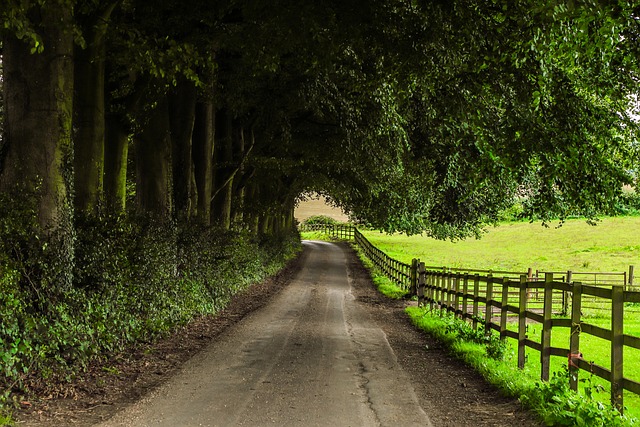
Document the farm through different seasons.
Students can depict the transformation of the landscape, the cycles of planting and harvesting, and the visual variations brought by seasonal changes.
This provides a comprehensive view of the farm's lifecycle.
Documentaries and Photo Essays
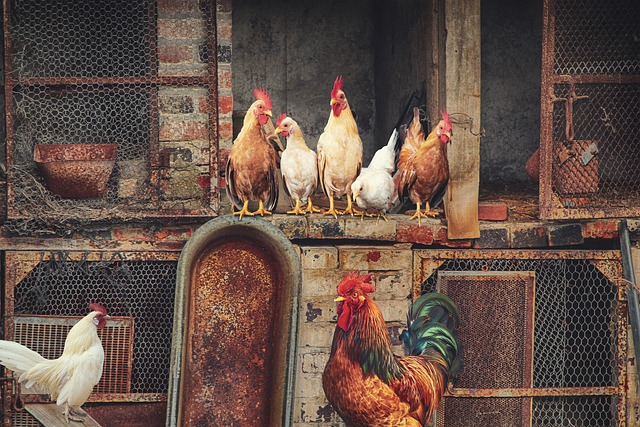
Challenge students to create photo documentaries or photo essays on various farm-related topics.
This involves researching, planning, and capturing images to present a cohesive narrative. It encourages storytelling and visual communication skills.
Art and Agriculture Integration
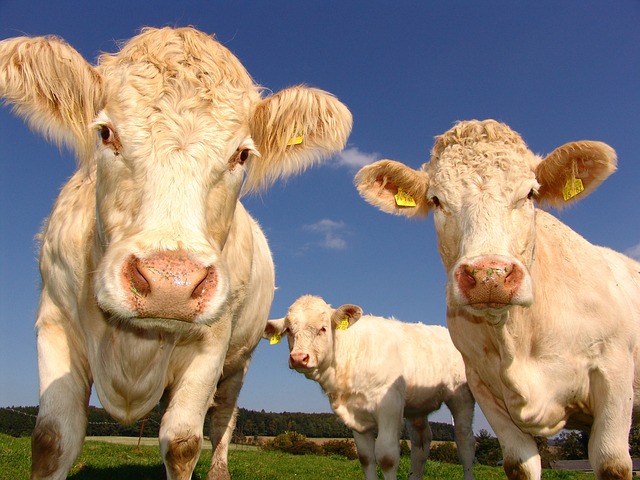
Combine art with agriculture. Students can create art installations using natural materials found on the farm and document their creations through photography.
This interdisciplinary approach fosters creativity and an appreciation for art in unconventional spaces.
Field Trip Photography Project
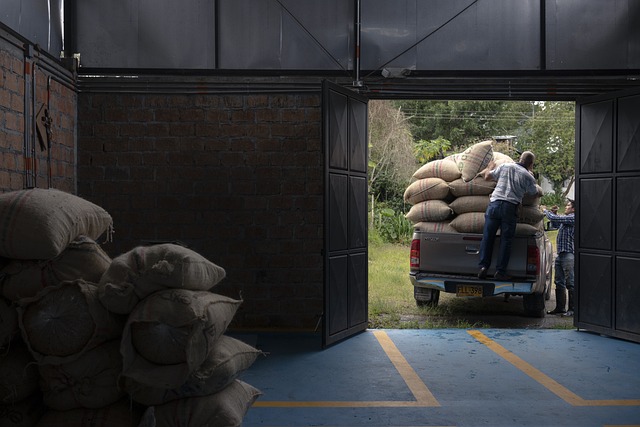
Organize a field trip to the farm for students to capture images for their projects.
This hands-on experience allows students to interact with the environment, fostering a deeper connection and understanding that translates into compelling photographs.
A farm offers a dynamic and diverse canvas for teachers to implement engaging photo assignments.
By tapping into the unique elements of a farm setting, educators can inspire creativity, enhance observational skills, and deepen students' appreciation for agriculture and the environment through the lens of photography.
Photography lesson plans pack (Printables)

Jump right into teaching photography with our exclusive Photography Lesson Plans pack .
- 10 Photography Lesson Plans
- 1 Teacher's Guide
- 3 Photography Study Guides
- 30-Day Photography Challenge
- 1 Student Workbook
- 24 Cut-Out Photo Flash Cards
- 1 Photo Scavenger Hunt
More from picture power

Recommended for you

Photography Ideas for Kids
Photography Ideas for Kids - All artists search for a style. Something about their work that makes it stand out. Photography is not different. Find your style!

Understanding the Exposure Triangle
Photography is an art form that hinges on the delicate balance of three main elements: ISO, shutter speed, and aperture.

Sports Photography Tips
Sports photography tips for those trying to catch the perfect sports photos. Learn what equipment you will need and how to get the amazing Hero Shots.
photography lesson plans pack

Return Home

Search Picture Power

About Privacy Policy Disclosure Lesson Plans Contact
Copyright © 2024 Picture-Power.com. All rights reserved.
The old oak: a year in the life of a tree – photo essay
The seasons change, but the tree remains: Christopher Thomond has been photographing a single, 200-year-old Lancashire oak throughout 2016
W hen Guardian photographer Chris Thomond volunteered to spend a year photographing a tree, he spent “a mad couple of weeks auditioning trees” – sending photos of them to his picture editors. “Many were an hour away from my home and we realised we needed something nearby. As I was driving along one day, 10 minutes from my house on the edge of Manchester, I saw a farmer repairing a fence and said, ‘You probably think I’m bonkers, but have you got any nice-looking trees?’ He was a bit wary but then he said, ‘I think I’ve got just the one. People are forever photographing it.’ It just went from there.”
You probably think I’m bonkers but have you got any nice-looking trees?

Peter Duxbury’s family have farmed the land close to the village of Greenmount in Greater Manchester for six generations – 150 years. Peter, who is 71 and farms with his son and grandson, grew up here. The lone oak in a little hollow formed in the Ice Age has long been a distinctive presence in the landscape. It is marked on maps from the 1840s and Peter, who has measured the tree, guesses it is at least 200 years old.
We just call it the old oak tree, and the meadow is the oak meadow

The surrounding landscape is a perfectly ordinary slice of gently undulating and extremely green British countryside. It’s not twee and that’s part of its attraction. “Unless there’s a bit of snow around, it’s not calendar material in my opinion,” says Chris. “No one is going to look and think, what an amazing, remarkable tree. The tree is just a little dot on the planet which we’ve homed in on for 12 months. We could have found more beautiful trees, but it might not have been so interesting.”

On his first visit to look at the tree in November 2015 it was a misty day and Chris didn’t notice the power lines behind it. “My heart sank when I first saw them,” he admits, “but I thought, there’s got to be a way to get a clean background.” In the end, he turns them to his advantage. By lining up the tree so that its trunk obscures one of the pylons, he can take the same shot of the tree each time he visits, using the same 28mm lens.

Chris visits at different times of day, in varying light and weather conditions. When it snows in January, he can’t get to it for two days because he is busy with other work. “There have been a few days when it snowed and when I’ve had to be somewhere else in the country,” he says.

Halfway up the M6 I’ve had pangs of guilt and thought, I should’ve done my tree

February to March
It is not yet spring. Spring is being dreamed – Edward Thomas
For the first few months photographing the tree, Chris was worried. The winter was long and nothing changed, apart from the shortening shadow cast by the oak across the green pasture. “I kept thinking, it’s the same picture, it’s the same picture,” he says. “I needed confidence that over time it would change.”

- Two very different March views, a snowy day and a warm sunset on 30 March

There is no steady evolution from winter to spring. Snow comes and goes and comes again. But one day in spring, Chris was taken by surprise. “I went one day thinking it was going to be another routine day and all of a sudden the grass was 2ft tall and had completely changed in a way I’d never expected.”

- Daffodils on 20 April

The old oak springs to life later than the surrounding grass. Over three days in early May, its canopy switches from the pinky-red colour of budding leaves to a brilliant lime-green. Chris remembers 9 May was uncomfortably hot. Even passing dogs were hot. “We don’t have the best weather here,” he says, “so if it’s glorious you want to show it, because you don’t know whether it will come again.”

- A passing dog enjoying unusually hot May weather
Peter is quietly proud of his tree. The branches used to come down almost to the ground, which impeded his tractor, so he trimmed the bottom 15ft, giving it the pleasing symmetry it possesses today. “From a different angle it grows slightly over to one side, because of the west wind constantly blowing,” he says.

By July, the meadow has turned a pinkish hue, from the grass seed heads. Peter cuts the oak meadow for hay each summer. “Haymaking used to be about the 15 th of June, but now it’s sometimes August. We have to pinch bits when it’s fine. Generally, the seasons are getting later. The spring comes later and we’re certainly getting extra rain in the last five or 10 years. The rises in temperature mean cloud and rain, not extra sun. We’re in a wet spot as well here. At the back we’ve got a big hill, Holcombe Hill, and it diverts all the clouds on to us.”

- Making hay while the sun shines in July

People are mostly absent from the countryside today. Although the old oak is by a footpath, Chris only encounters perhaps a dozen people – mostly dogwalkers from Greenmount – over the course of the whole year. One day, some children run past on their way to school to collect their younger sibling.
Occasionally someone wonders what Chris is doing.
Usually I get my excuse in first and explain what I’m doing because they probably think I’m bonkers standing there in a field, halfway up my calves in mud

- Oak tree and child on her way to school, September

After photographing the tree in the wider landscape for much of the year, Chris suddenly gets up close and personal in October. “The light was very nice and I thought I would get something different,” he says.
I’d gone for a sneaky hug really

- Self-portrait, October

- Oak tree: a study in bark. Ready for its close-up: The Oak tree in October

Peter’s farm used to be dairy but, like many neighbouring farms, he had to stop when milk prices fell so low. The wet climate and heavy clay soil is too soggy for heavier beef cattle, so there are no cattle on the land any more either. Instead, sheep are grazed on the pasture later in the year, when the grass grows again after it has been cut for hay.

- Sheep graze by the oak tree as the late autumn sun sets

When Peter used to have a Bonfire Night fire in the hollow by the old oak, its leaves would have all fallen. Now the ginger-brown leaves cling on until the end of November. A later autumn means that the sheep can stay out on the pasture later as well. Milder weather should help grass grow, but Peter says the wetter climate makes farming more challenging. “It means the tractor gets stuck more, and we’re spending more and more on drains every year. It must be the global warming – it’s just a backwards step.”

- Frost on fallen leaves, and one leaf clinging on in late November.

Peter notices that the dog-walkers and people who get out into the countryside often take photographs of the old oak and the animals on his farm. “I like to keep the farm neat and tidy, and you see people out with their cameras. They put the photos on the front of Christmas cards – if I got paid for all the pictures, I’d be OK,” he laughs.
Peter is impressed with Chris’s perseverance.
He’s been here in the wet and rain and mud, taking photos all over the last year.
Chris describes himself as “a city boy”. Has he bonded with the tree over the past year? “I do refer to it as ‘my tree’ but that’s just a shorthand when I escape home and come out here. I haven’t become more attached to it, but once I got over the hump of the very long winter I found it more interesting than I thought it would be.”
It’s been a pleasure to get out and stretch my legs for a few minutes and watch it all

- The oak tree in thick fog, 21 December 2016
- The Guardian picture essay
- Trees and forests
- Photography
Most viewed
- Organic Valley
- Organic Prairie

- Store Locator

Winterizing the Farm: Photo Essay
Photos by Chuck Lacasse.
Winters can be rough, there’s no denying it—both on animals and on the humans who care for them. We often get asked how Organic Valley farmers care for their animals in the cold months, so we’re giving you a peek behind the scenes with one of our farmer-owner families as they do morning chores and get things ready for winter.
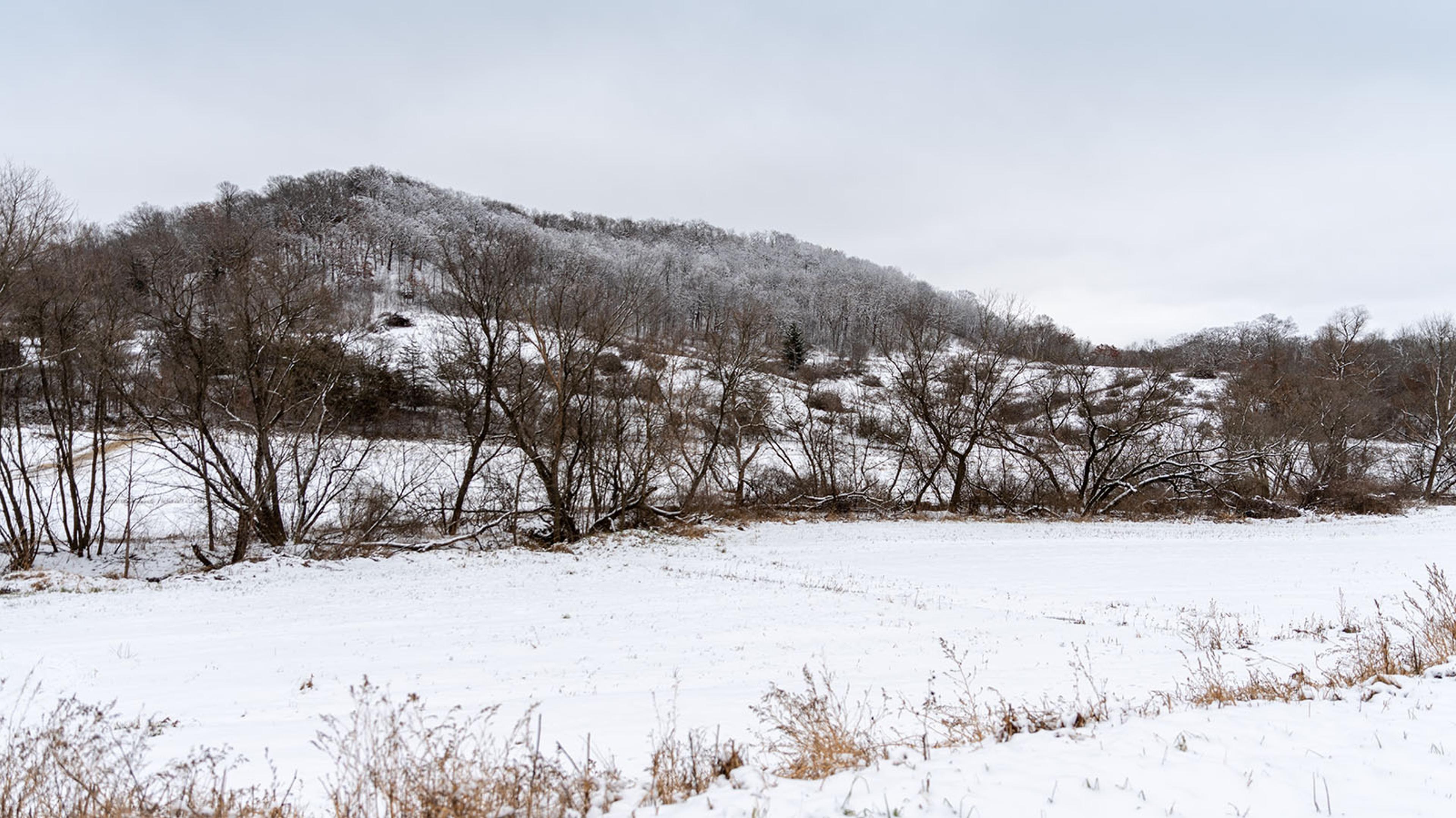
Snow-covered hills overlooking the Ralph-Hemsteads’ Wisconsin farm
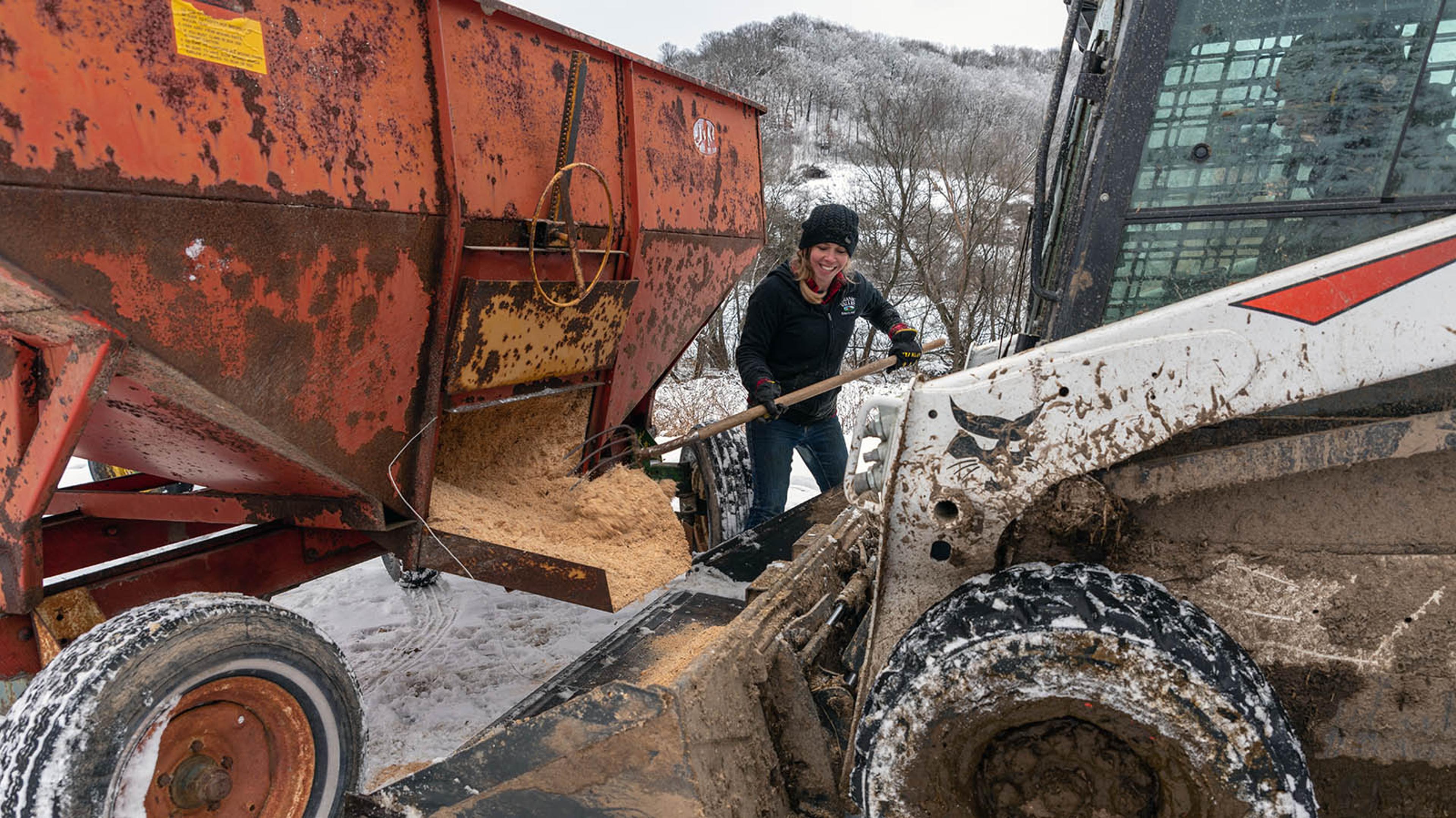
Kristina shovels bedding into an end-loader.
Meet Kristina Ralph. She and her husband, Robert, along with her brother and father, Justin and David Hemstead, run their family's organic dairy, Lazy Daze Acres, in rural southwest Wisconsin. The state is known for its cold winters, but the Hemstead family has been farming here for 125 years, so they know how to get ready.

Cows get some fresh air in the winter paddock.
All Organic Valley dairy farms provide access to the outdoors year-round. Just like kids, cows enjoy fresh air and sunshine even on the coldest days.
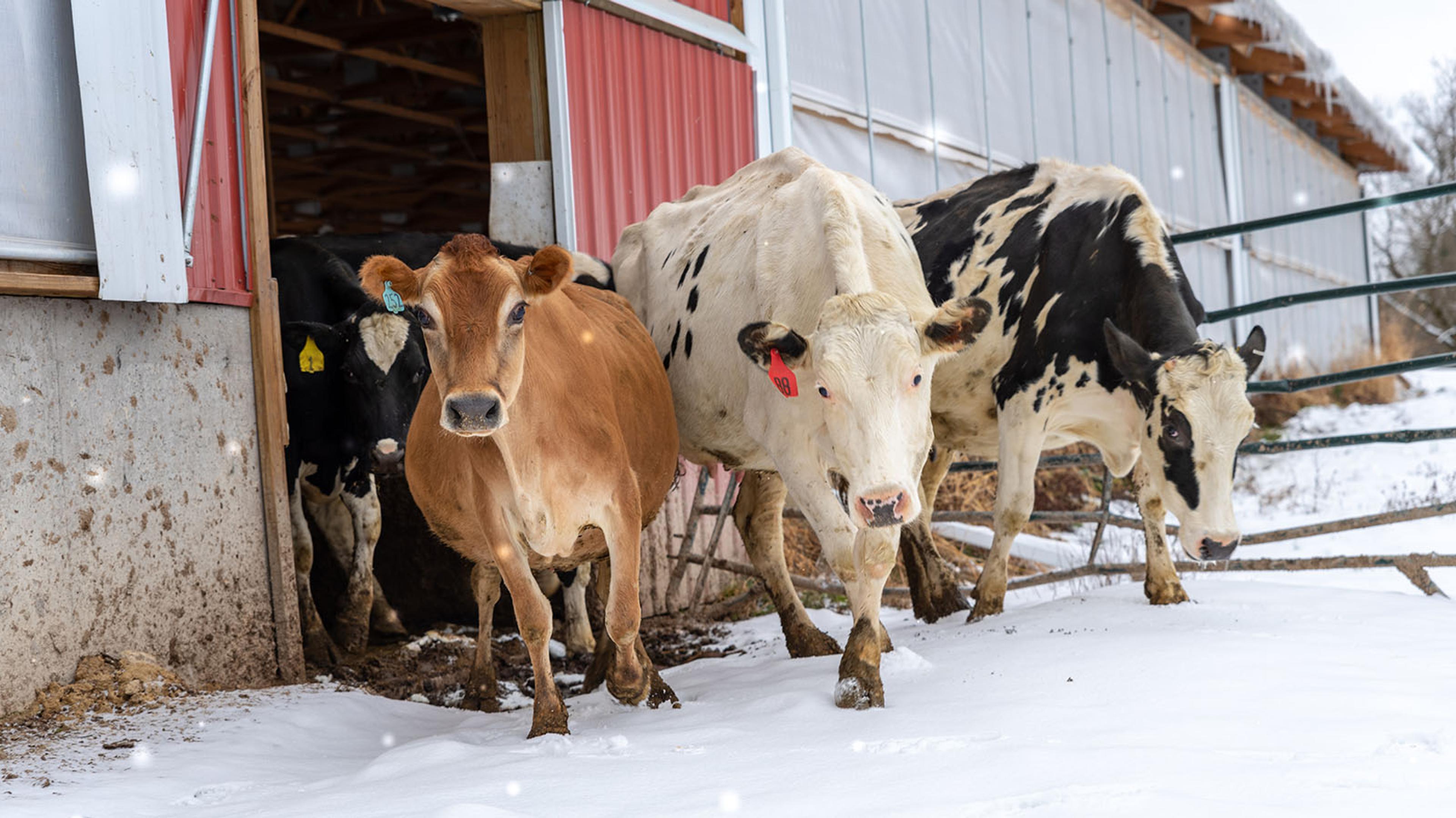
These curious ladies enjoy heading outdoors after being milked. When well fed and well cared for, they have no trouble keeping warm.
Cows have big digestive systems, called the rumen, with multiple stomachs that ferment and break down their food to get all the nutrients they can out of it. This process is long and slow, and the fermentation in their gut creates heat.
Put simply, you could say cows carry around their own internal space heaters!

This old John Deere diesel tractor is plugged in so the engine doesn’t freeze.
Being in a rural area away from towns, it’s important that all the vehicles on the farm get a tune-up before the really cold weather sets in. During winter, this covered four-by-four will make it easier to get from one side of their 300 acres to the other. They also use an end-loader and multiple tractors for snow removal and various chores around the farm. This old John Deere diesel tractor is plugged into a wall outlet so that the engine doesn't freeze up.
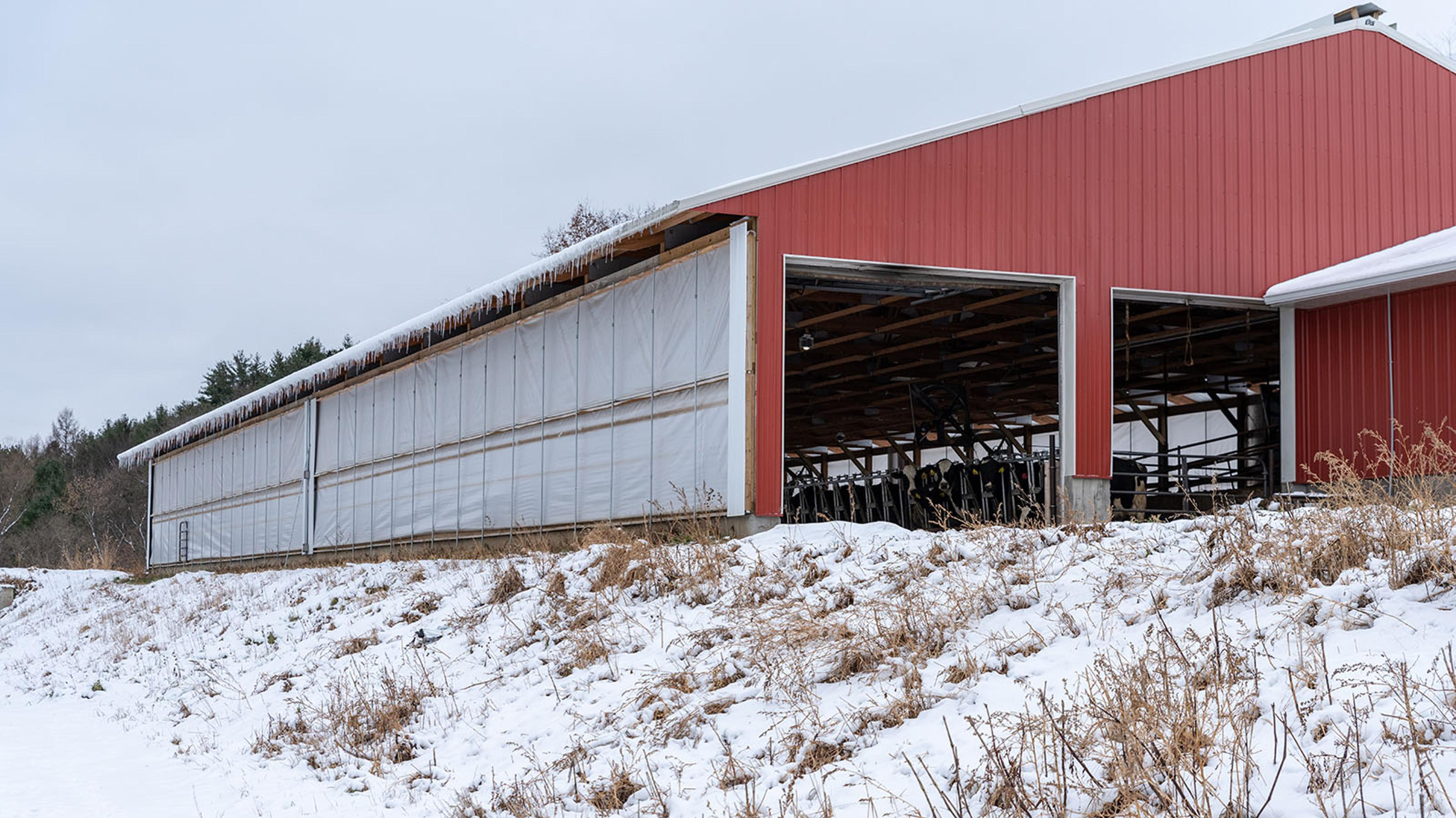
This modern metal freestall barn allows the cows plenty of space inside, and the walls can be rolled up for added ventilation if needed, which is important to keeping cows healthy.
In addition to the lovely red milking parlor seen above, the family has a modern-style free-stall barn (also red, in the traditional fashion) where the cows eat, relax and chew their cud, and stay cozy when it's too cold to be outdoors.

Kristina sets the barn temperature to a comfortable 61 F.
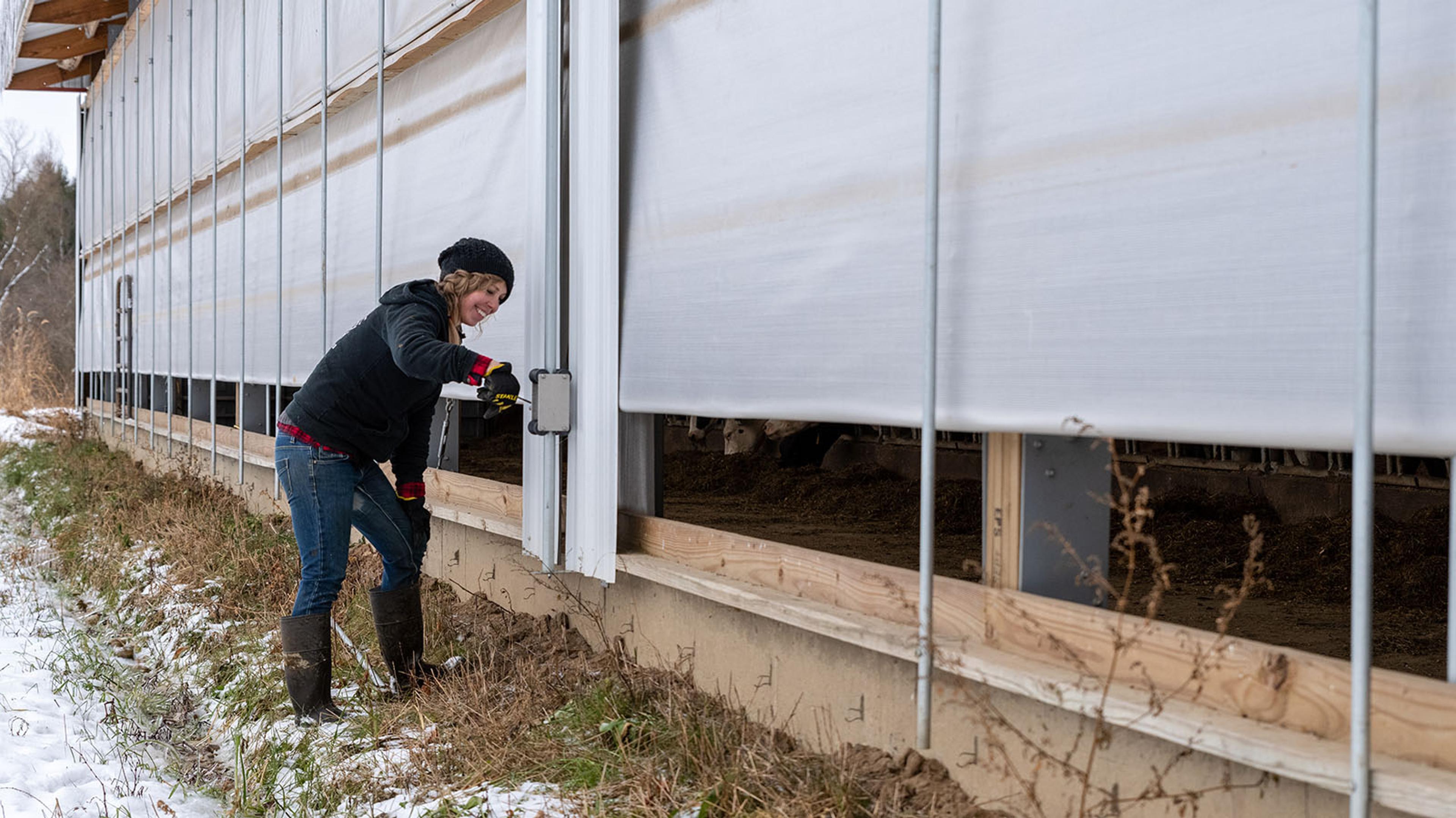
The barn’s walls can be opened or closed depending on the weather. Kristina lowers the sidewalls for the winter but still leaves some space for airflow.
Many Organic Valley farms will also run fans all through the winter because, just like with people, when we’re all cooped up with stale air, it’s easier to get sick. Good ventilation prevents the spread of illness among the cows, and we’re all about prevention on our farms.

Their big tractor is also kept in good condition for hauling the cows’ sawdust bedding closer to the barn. Chains on the wheels are necessary when the driveways get icy.
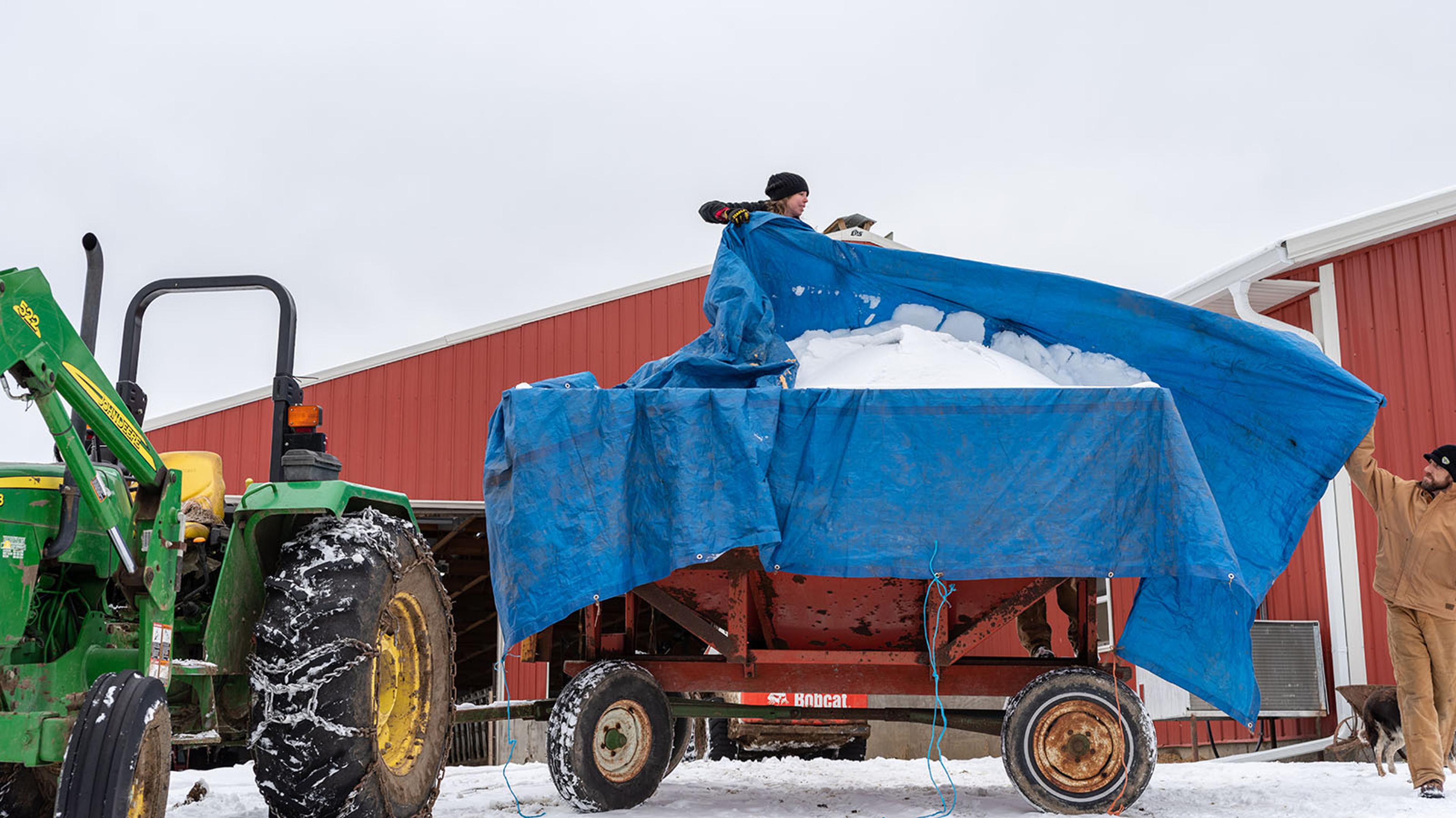
Kristina pulls off a tarp that has been keeping the cows’ bedding dry until it’s ready to be used.
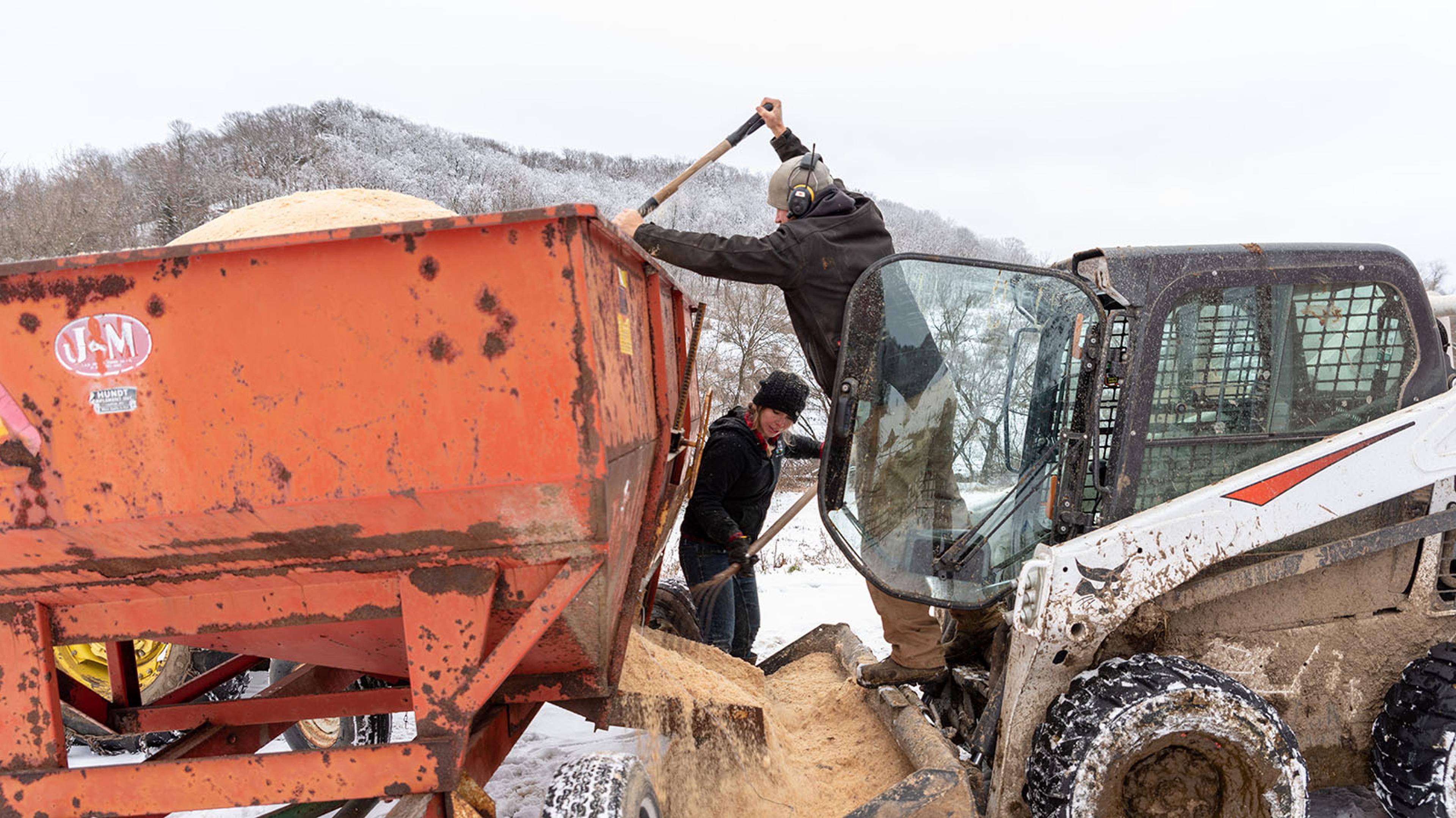
Working together is part of the success of any farm, especially in winter!
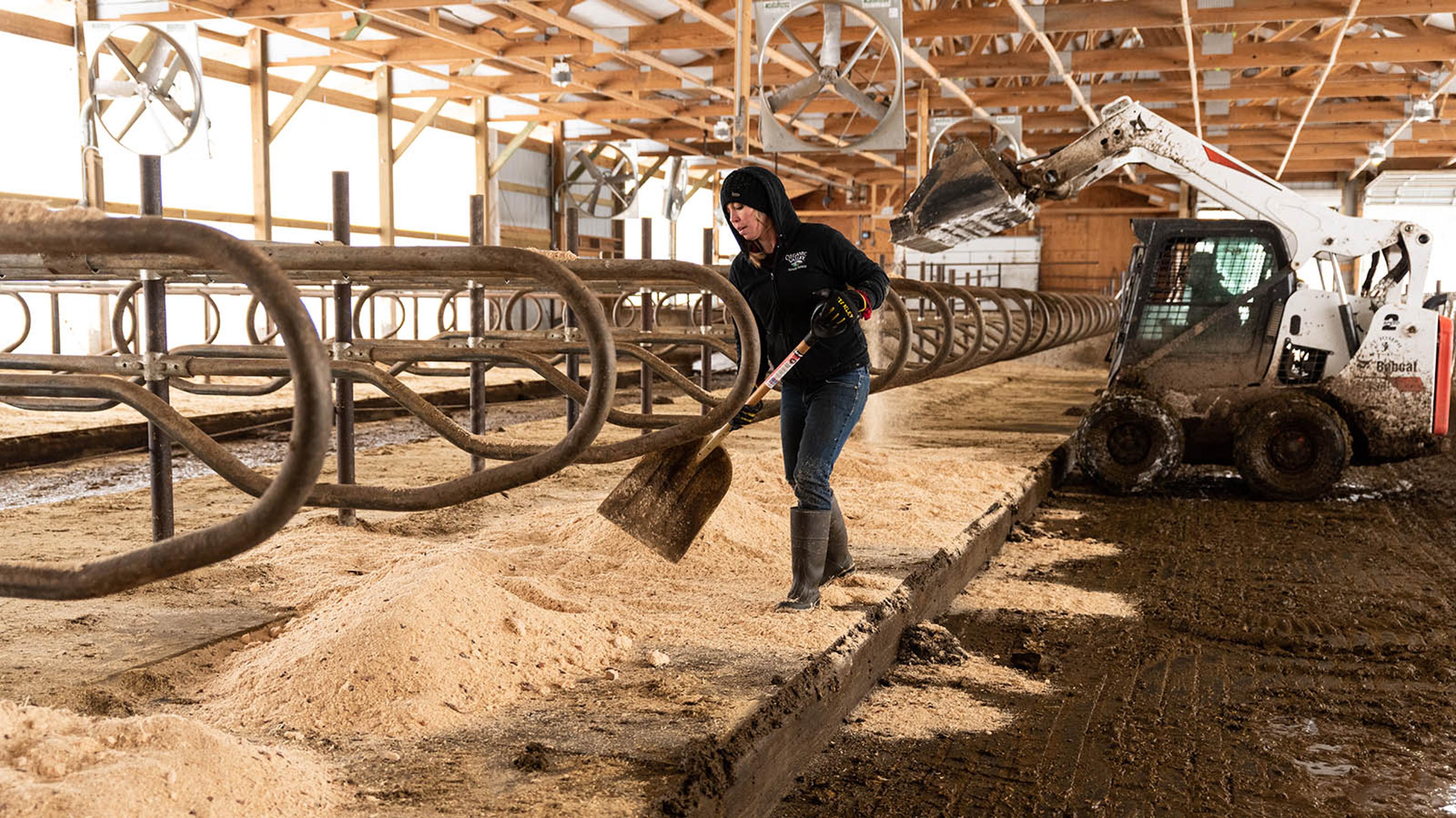
While her brother, Justin, brings loads of sawdust bedding into the barn with the end-loader, Kristina spreads it out into deep, warm beds. There are enough stalls here for every cow to have her own personal space to lie down if she wants. They replace the bedding every three days to keep the cows happy and comfortable all winter long.

In winter, Organic Valley cows eat stored forages that were harvested and dried last summer.
Most Organic Valley dairy farms, like the Hemstead farm, are pasture-raised farms , whose cows eat fresh and dried forages as well as a ration of feed grains with additional nutrients from organic-approved supplements like herbs and molasses.
A portion of Organic Valley farms are 100% grass-fed , which means these farmers have to store up enough dried grasses and forages, plus nutrition supplements, for their herds to eat through the winter without feeding any grain. No matter what the cows eat, Organic Valley farmers make sure their cows receive the right nutrition to stay healthy and have plenty of energy throughout the cold season. (Here's more about how cows are 100% grass-fed in winter.)

These cows know what’s coming—breakfast!
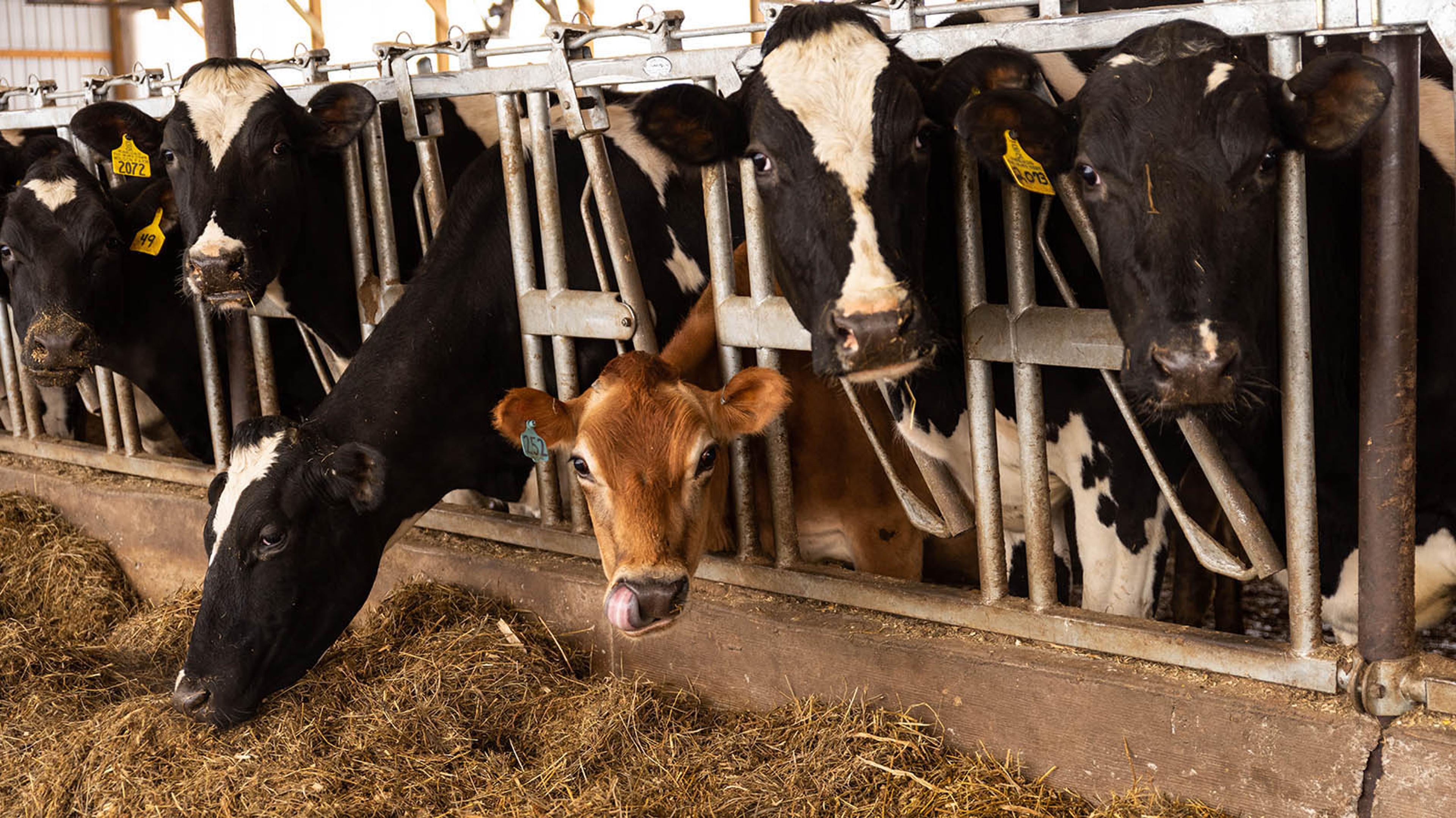
This Jersey cow licks her nose in anticipation of good food.
Don’t worry, the contraption you see here isn’t restraining the cows. These gates keep them spread out during mealtimes so that everyone can comfortably get to the food, including the smaller cows, like this pretty Jersey here. (Holsteins can be a little pushy when they hear the breakfast bell...er...tractor.)
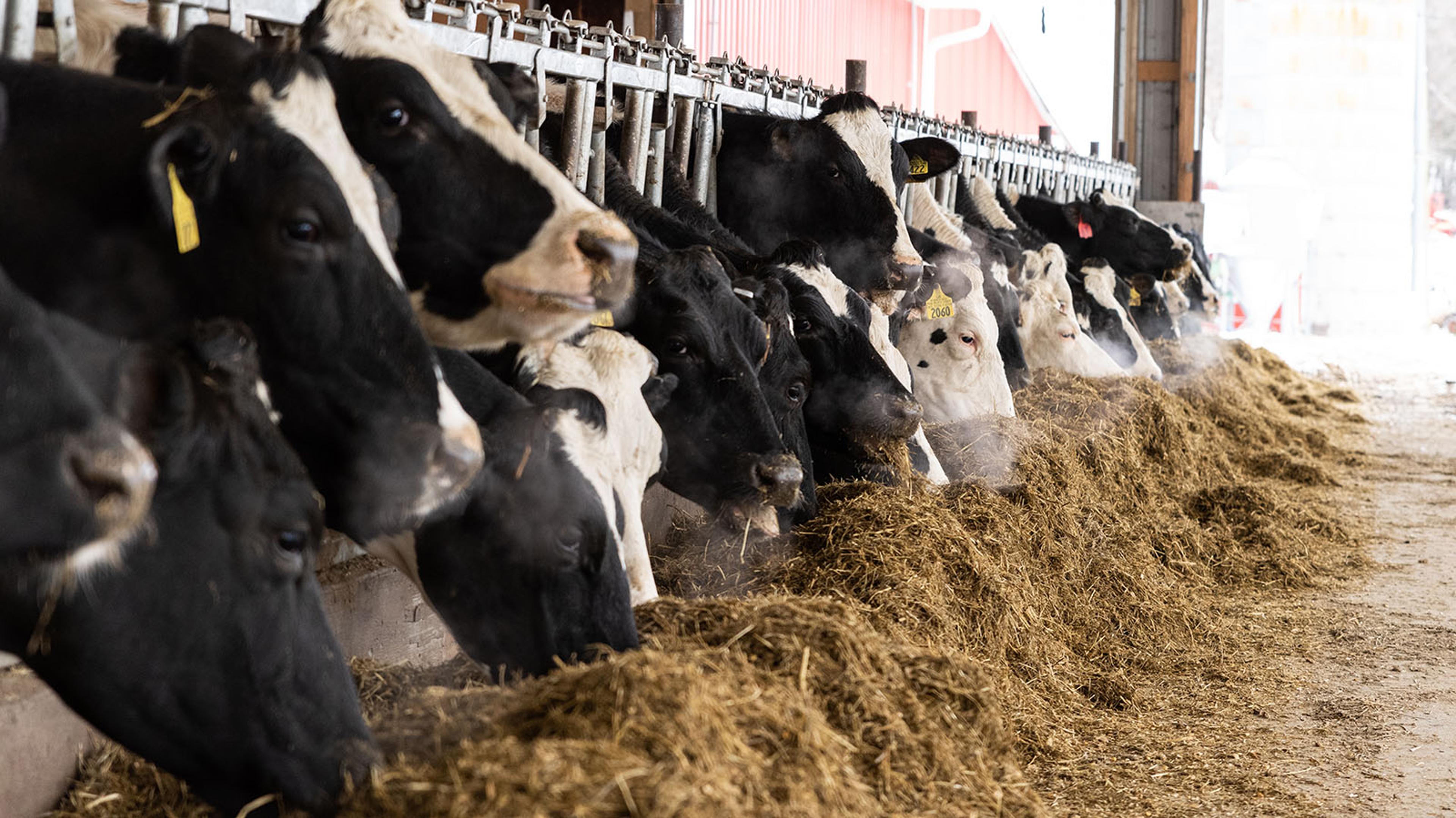
There’s nothing like sticking your nose in a pile of sweet hay on a brisk winter morning.
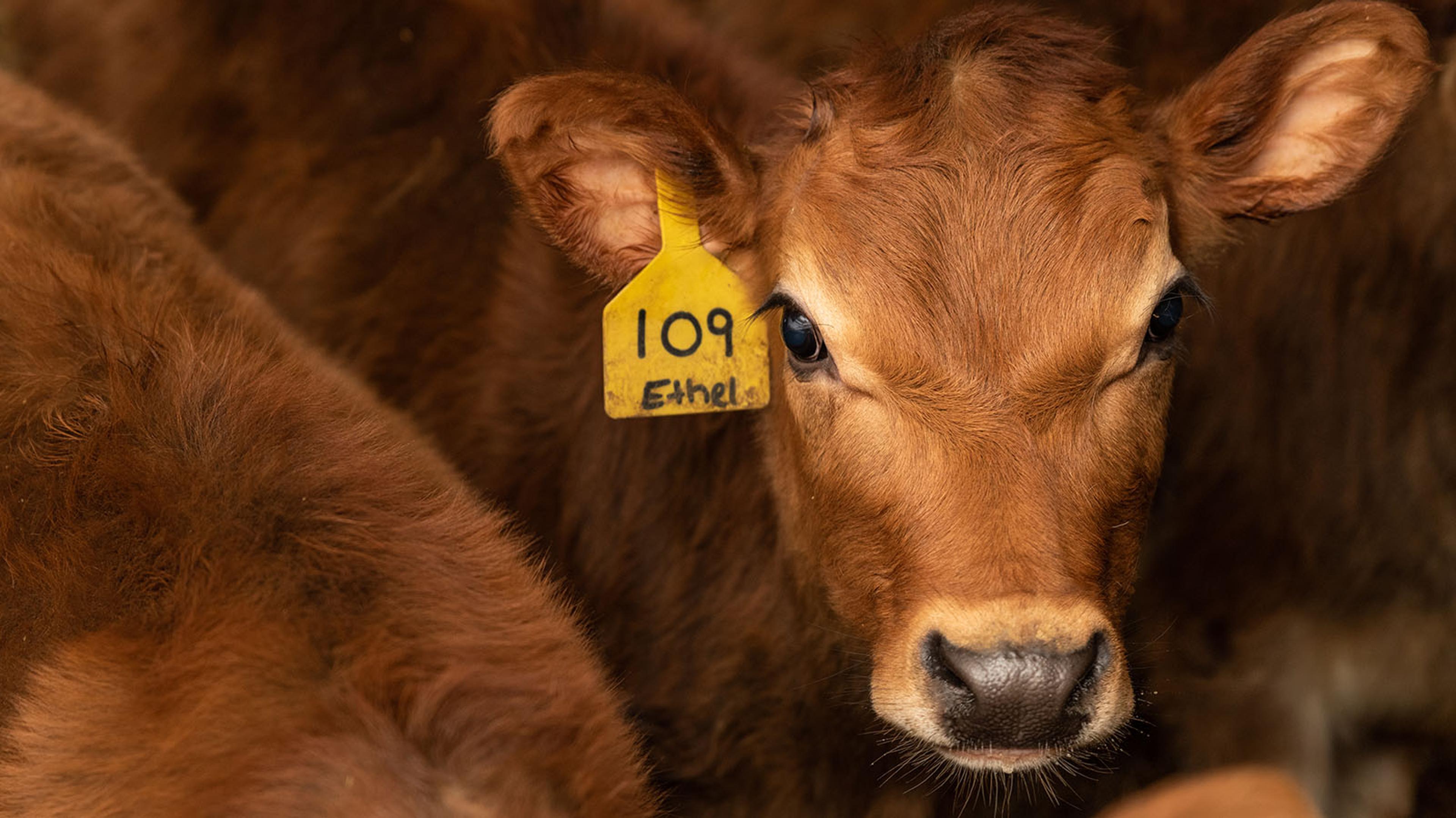
Baby animals have slightly different needs in winter than adult cows, which have big, fermenting rumens to keep them warm from the inside.
Calves may receive more food so they have plenty of energy to keep warm. They will also grow thicker winter coats. Organic farmers monitor calves closely and always strive to provide comfort and prevent illness.

Bandit the dog is really good at making puppy-dog eyes.
These puppy-dog eyes belong to Bandit. No farm is complete without a good farm dog (or three).
Want to learn more about Organic Valley farms?
Learn how our Grassmilk® farms are 100% grass-fed in winter .
And keep an eye out for our Farm Discovery tours that occur during warmer months all over the U.S. If there isn’t one near you, check out this virtual farm tour and our Soul of Farming video series for more behind-the-scenes looks on our farms.
Related Articles
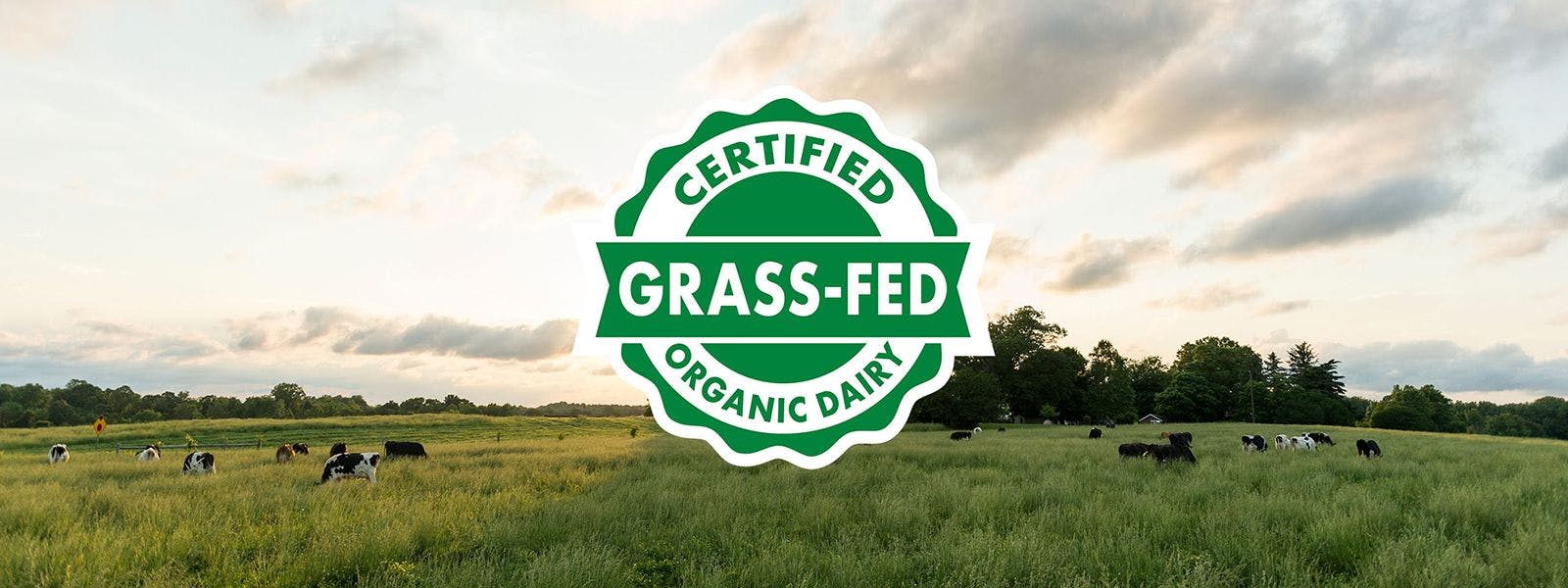
An Organic Grass-Fed Certification Seal You Can Trust
by Rootstock Editor
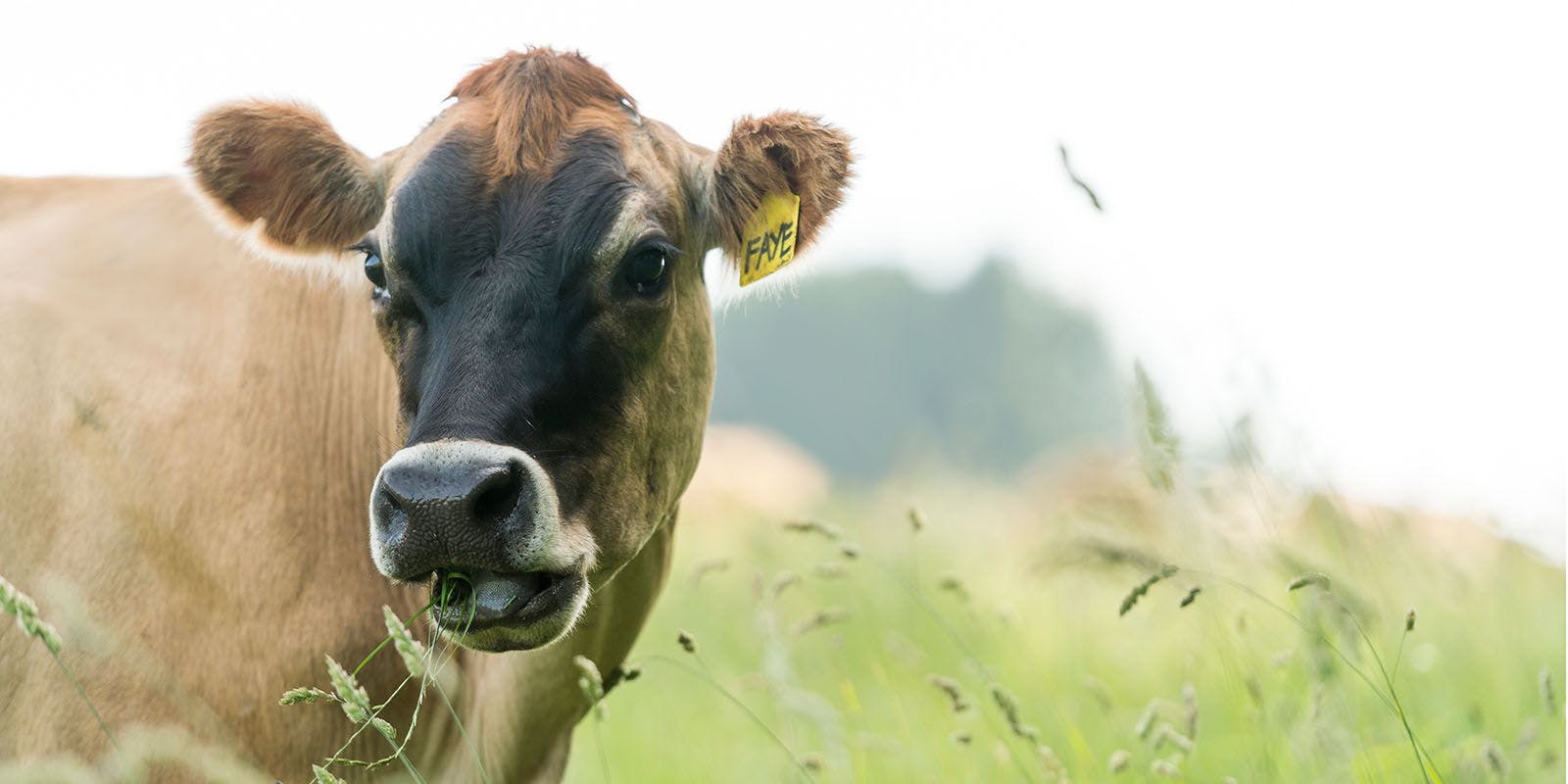
Quirky Things We Do to Care for Our Cows
by Jennifer McBride
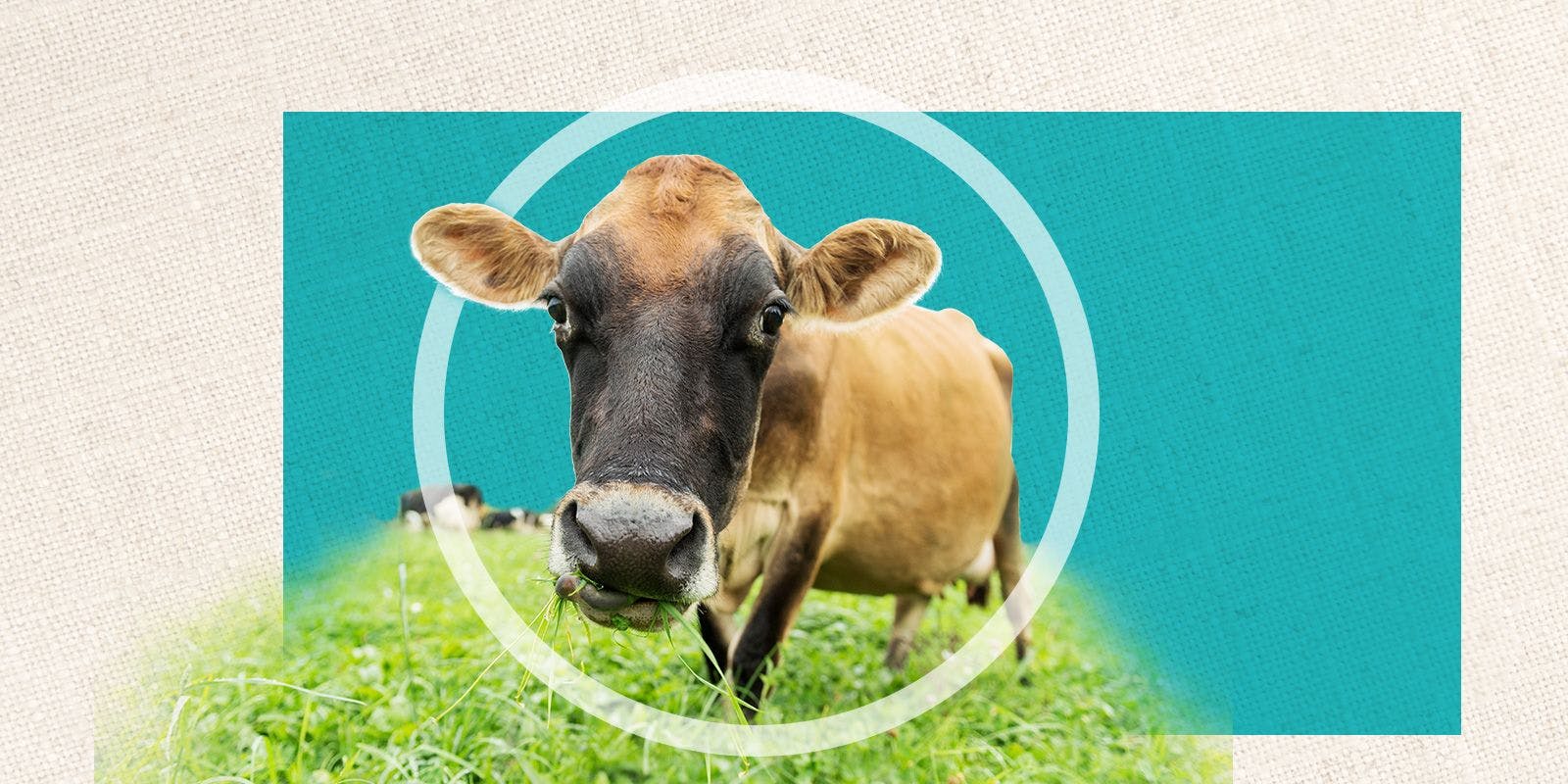
5 Fascinating Things About Cows
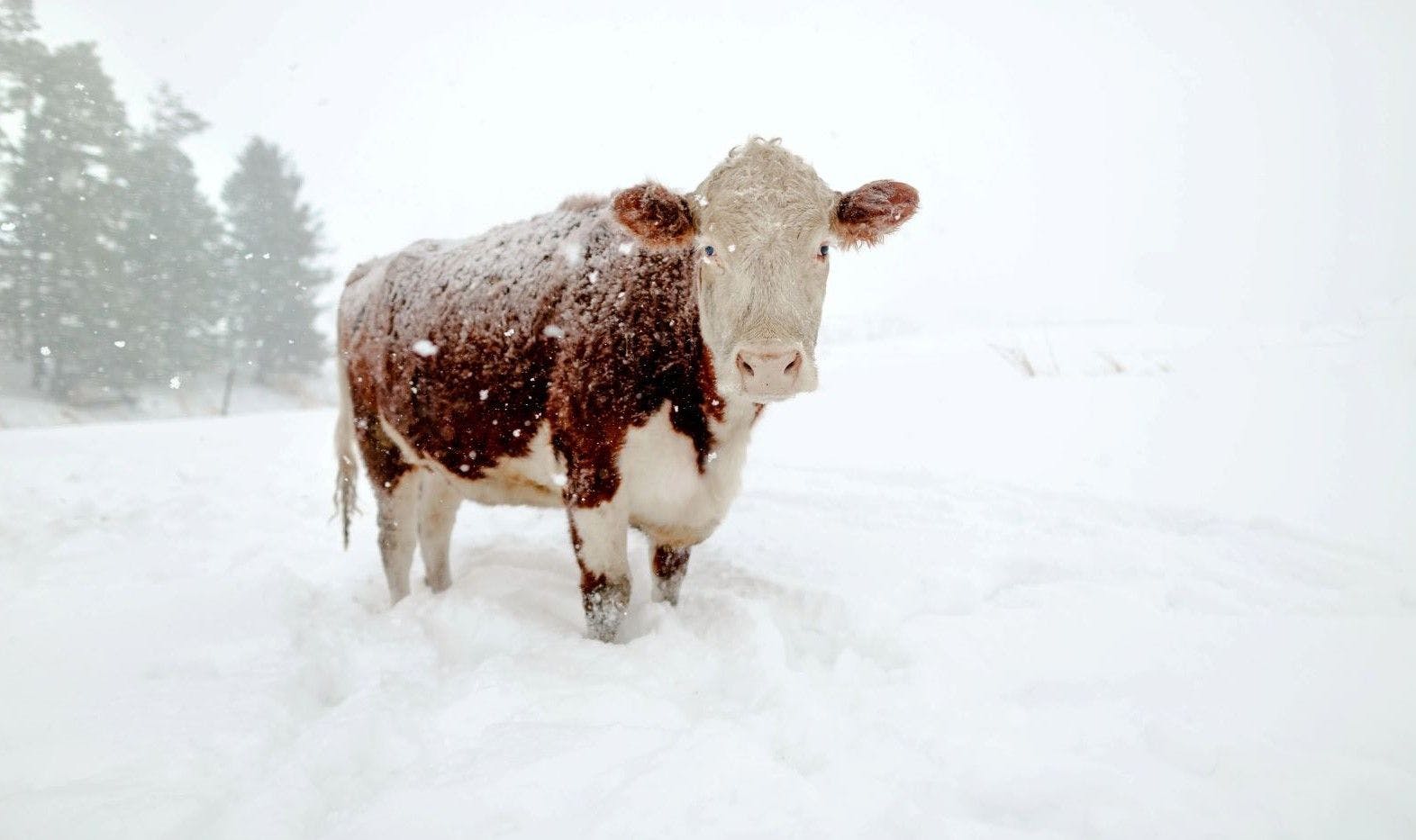
Do Cows Get Cold During the Winter?
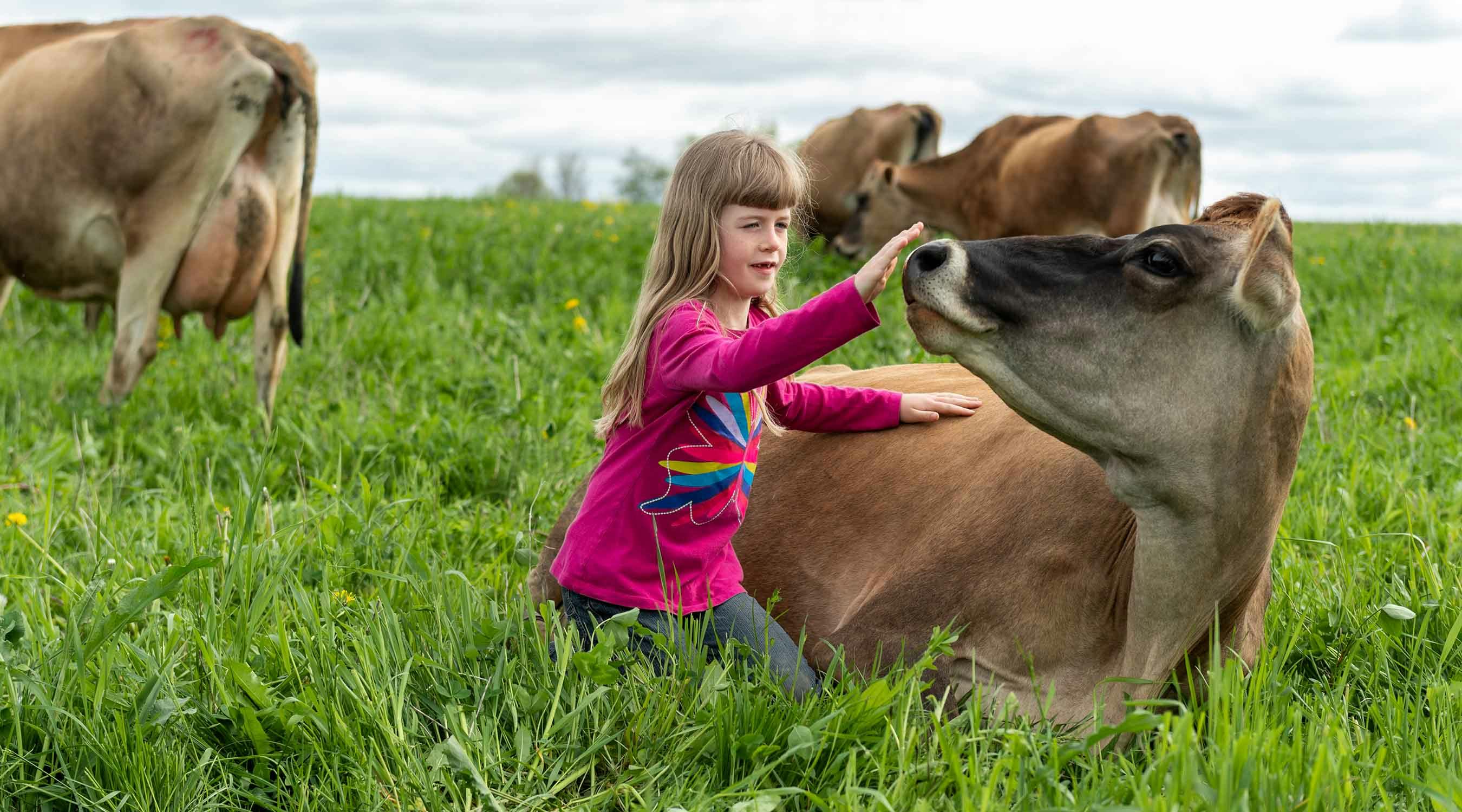
How Do Cows Stay Clean?
by Kimberly Kafka
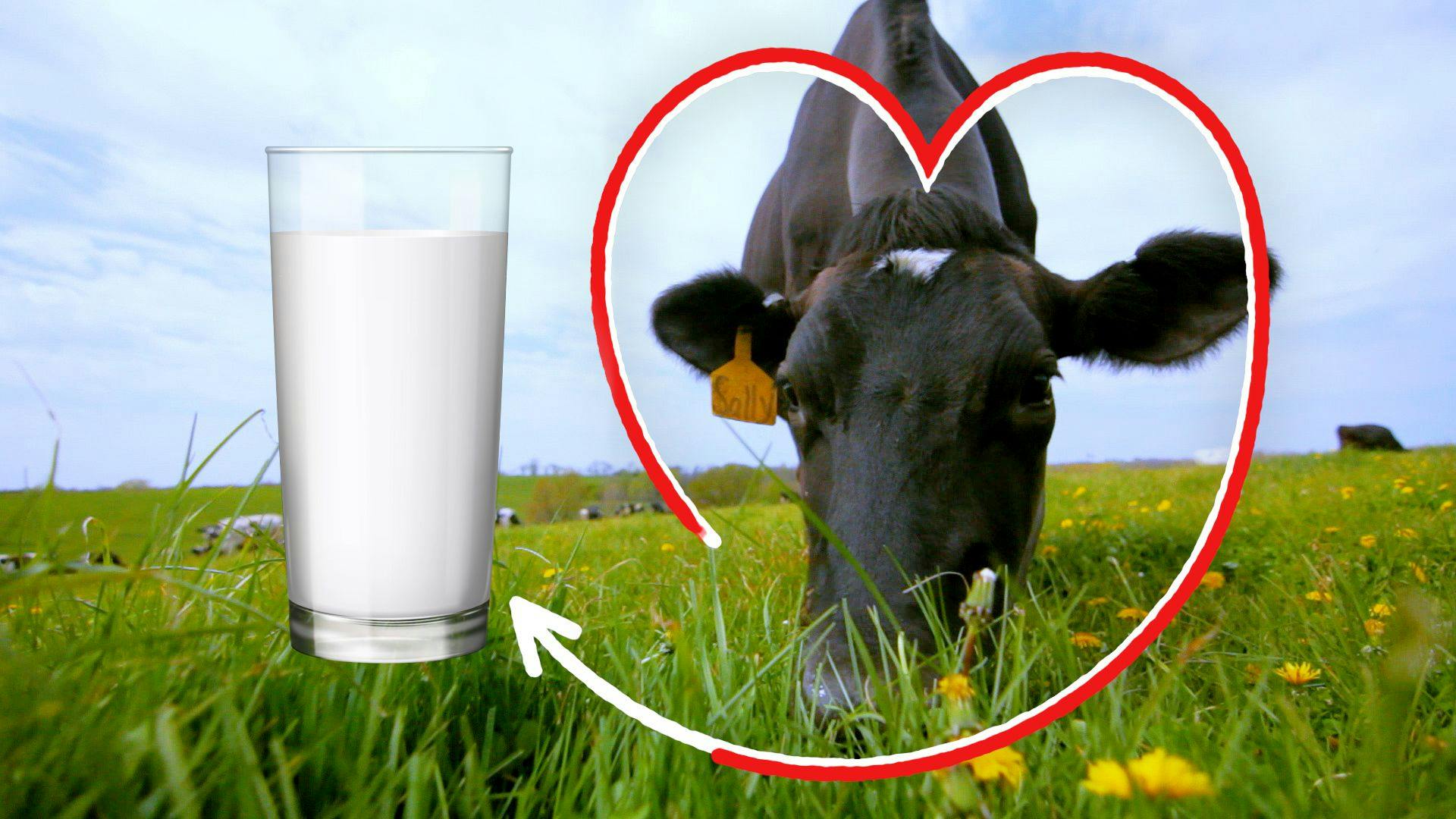
How Do Cows Make Milk?
by Sabrina Servais
- animal care ,
- farm life ,
PHOTO ESSAY: The Last Floating Farms of Mexico City
A collective of farmers is trying to revive chinampas, a 1,300-year-old method of farming.
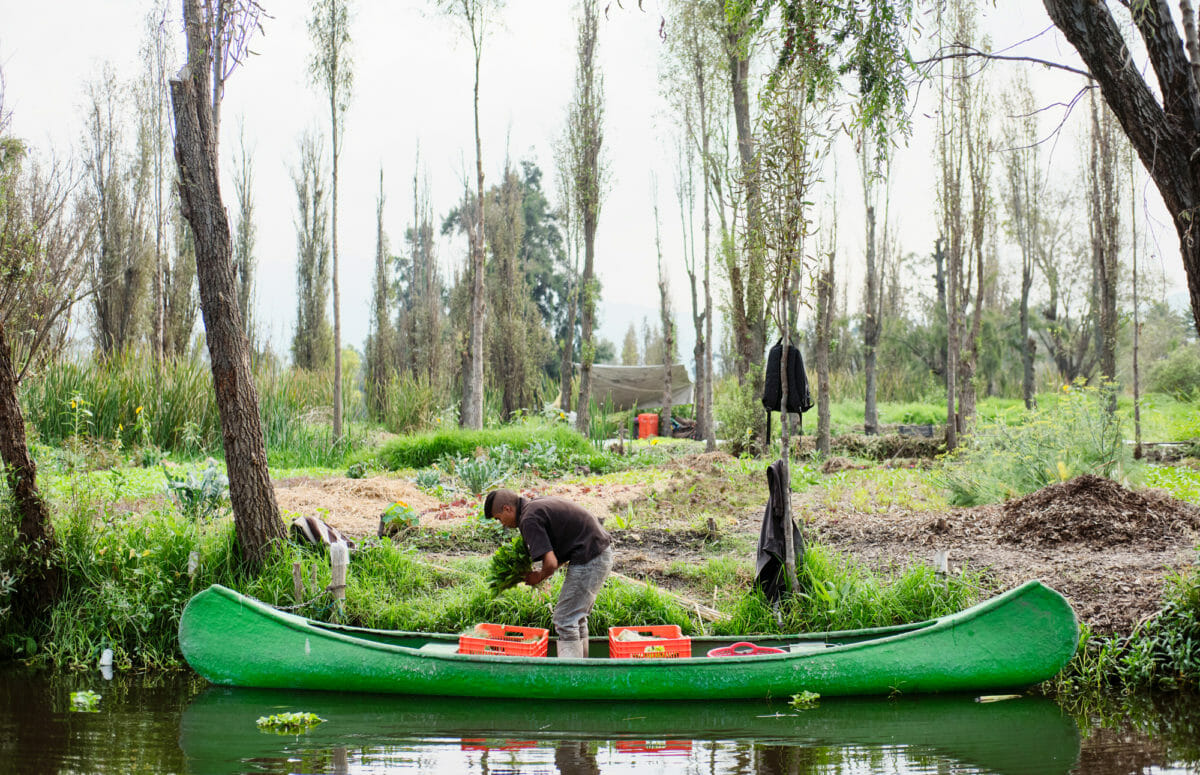
Most visitors to Xochimilco, in the south of Mexico City, come to ride its canals, eat, drink and listen to floating mariachi bands. Few, however, realize that this reserve is the last example of an ancient way of farming on water called chinampas . It’s a method that is 1,300 years old and is disappearing due to cultural, economic and climatic threats.
When the Aztecs settled an island in the middle of Lake Texcoco (where Mexico City stands today), they built these floating gardens to feed their growing city of Tenochtitlan. The chinampa s were an innovative solution given the lake-based location: They built artificial islands using wooden stakes and reeds in a grid pattern, accessed by canals, on the shallow lake bed. The method proved to be very efficient and fertile.
However, when the Spanish arrived and defeated the Aztecs, they drained the lakes and filled them in, destroying the chinampas . Only one lake remains from the original five and its canals mostly dried up in the 1950s, almost dooming the future of the chinamperos (the farmers who tend to these floating crops).
Of the remaining 2,200 hectares in Xochimilco, 60 percent are idle or abandoned and 17 percent have been illegally urbanized. Only about 80 families continue farming on chinampas . Yolcan, a project started in 2011 to revive and rejuvenate the chinampas , works with four families, focusing on organic agriculture and inventive techniques to deal with water pollution. They farm about eight hectares and what they cultivate supplies some of the city’s top restaurants. They also deliver more than 300 CSA baskets each week. The work has been slow and challenging, but Yolcan is proof that the chinampas can be revived—one study has shown that the whole of Mexico City could be fed if these floating farms were fully developed.
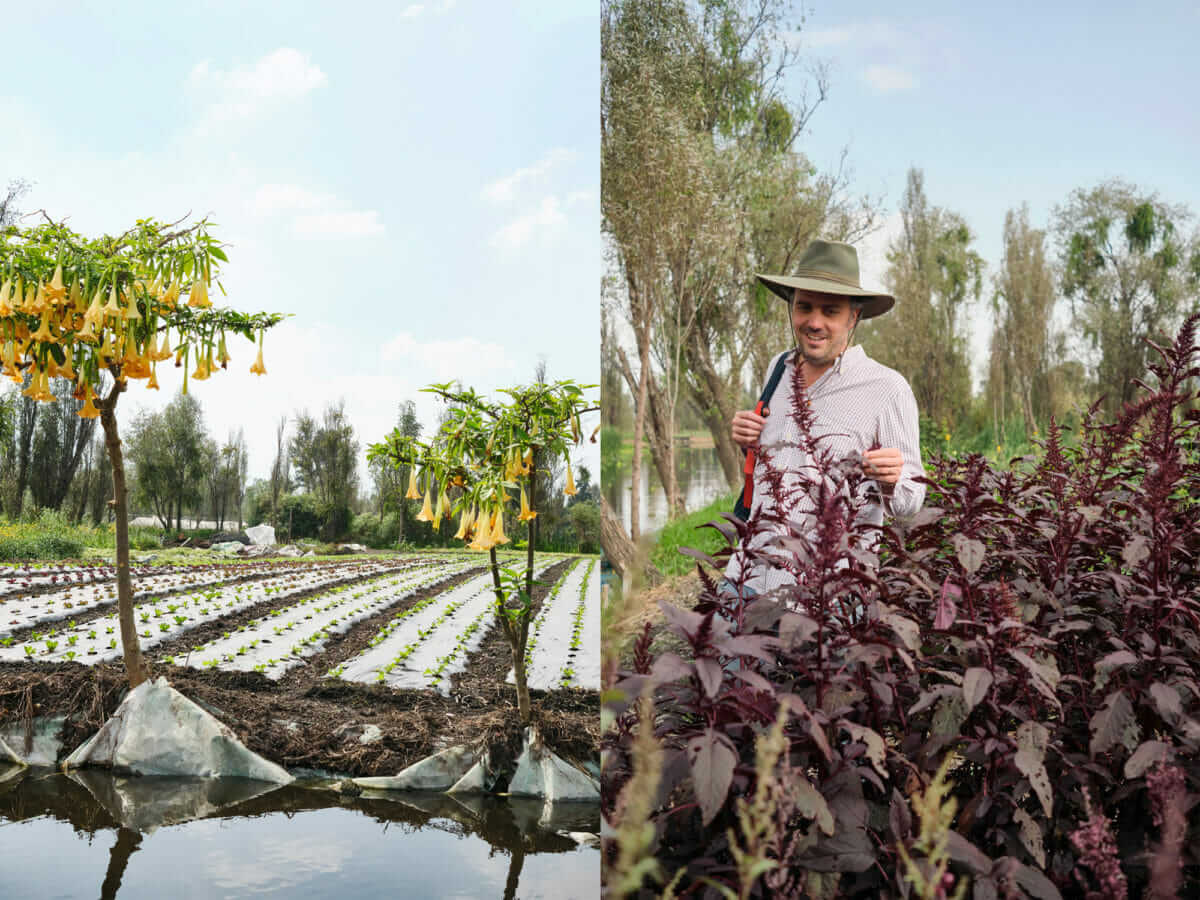
Lucio Usobiaga (right), a Mexico City native, co-founded Yolcan with his old friend Antonio Murad after a business selling organic food didn’t work out. He studied philosophy, but he forewent a PhD to focus on Yolcan. He started by working with a family of chinamperos and went on to rent a chinampa to begin producing. He has had to educate himself in organic and permaculture farming techniques. Yolcan now also works with farmers in Hidalgo, Puebla and Texcoco to diversify what produce they can supply and provide more opportunities for farmers.
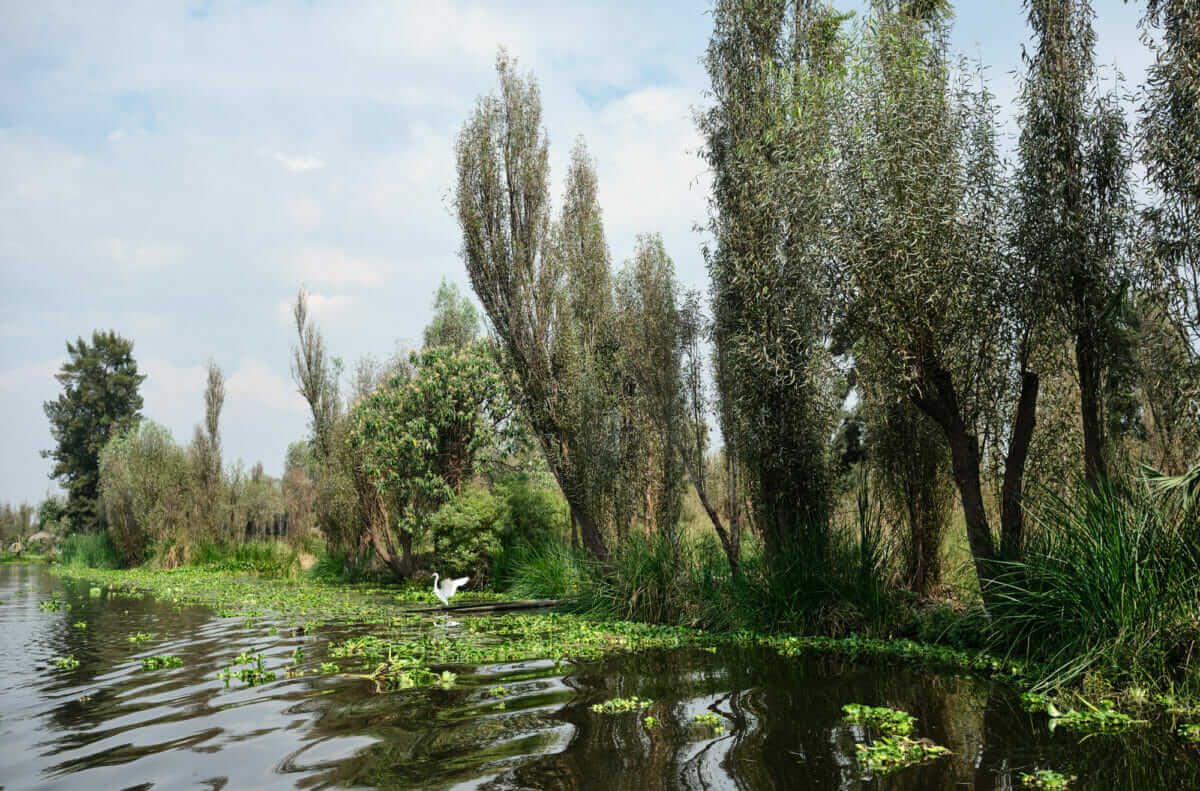
To germinate seeds, farmers dredge mud from the bottoms of canals—but only certain canals as the mud must have a specific texture. They pour it into a rectangular bed and let it dry for a day. Then they cut the mud into small squares and plant a seed in each one. The bed is covered for two to three weeks before the germinations are transplanted.
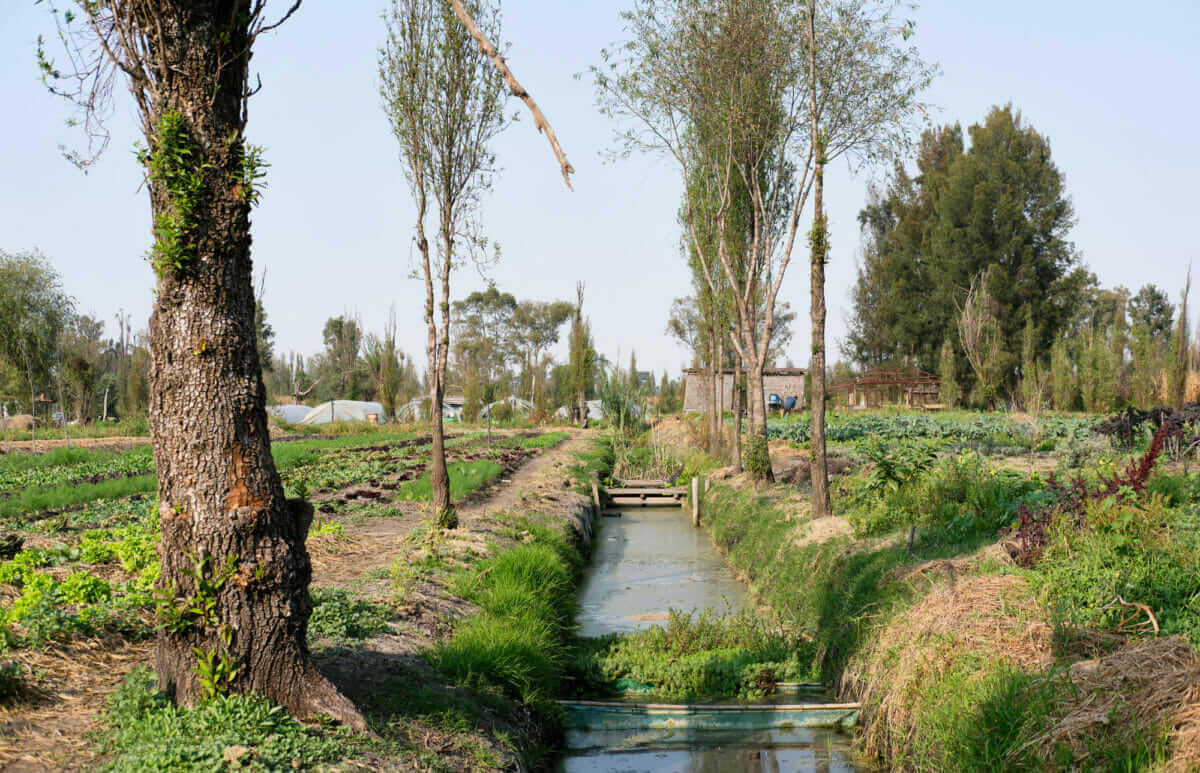
The water in the canals of Xochimilco is very polluted with toxins and heavy metals. So farmers are experimenting with biofiltration. Small canals are sliced into the chinampas and various plants are cultivated in a procession. The water slowly moves from one section to the next as it is filtered, and after a few months, the clean water can be used to irrigate the crops.
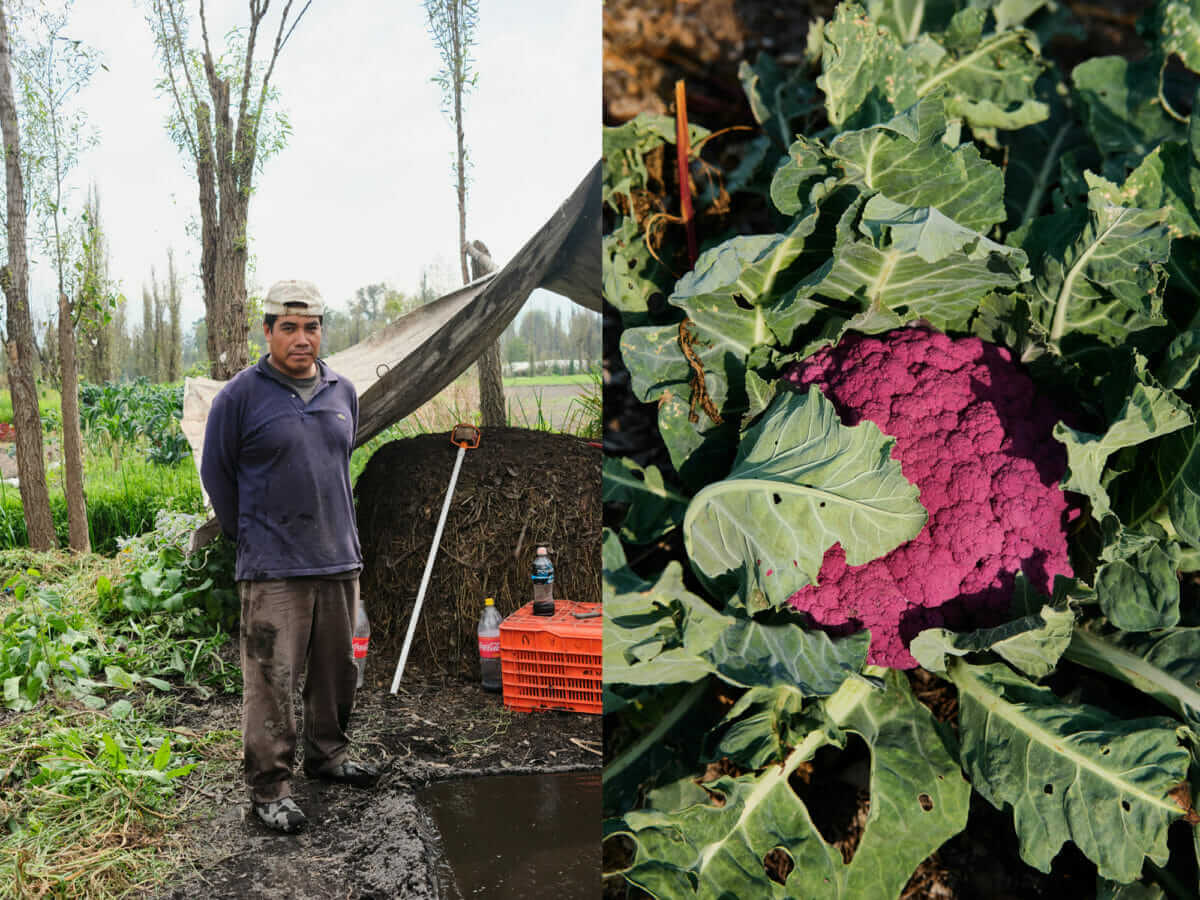
Javier Cruz (left) is originally from Puebla but now lives in Xochimilco. He started working with Yolcan six years ago, left for personal reasons, but recently rejoined the collective.
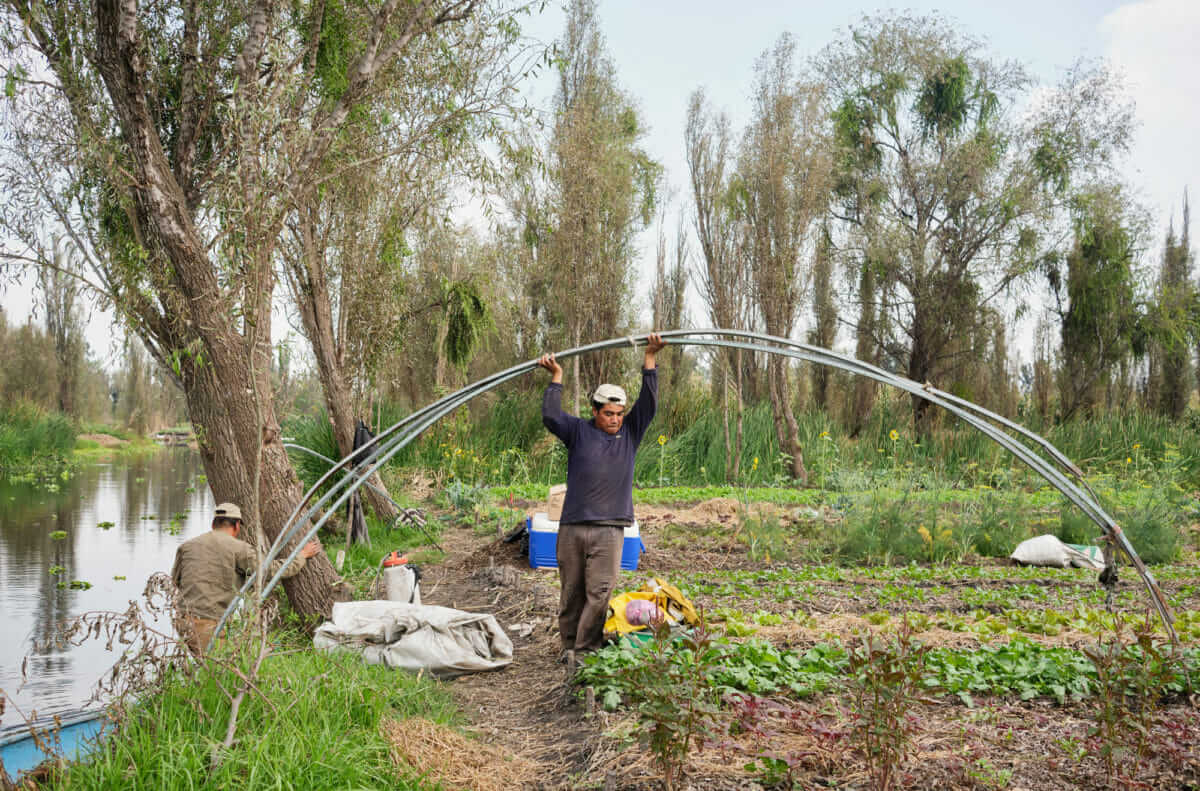
Cruz offloads hoops to create a structure to cover the germination beds. Everything must be brought in by boat in the chinampas .
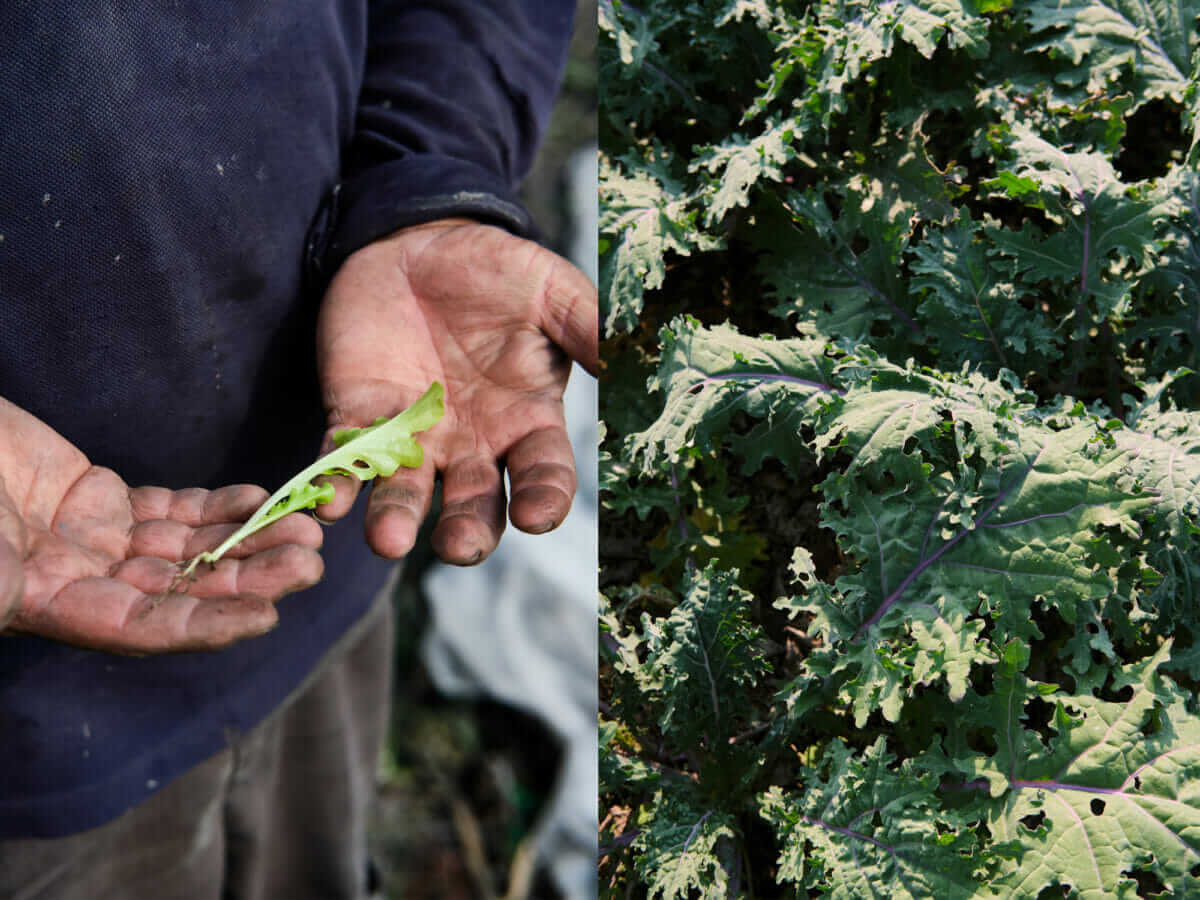
With the ability to farm year round, Yolcan mostly focuses on growing leaves, roots and brassicas. Plants from the nightshade family are more difficult to grow here. Farmers also grow at least half a dozen different types of lettuce, kale, collards, broccoli and many other crops.
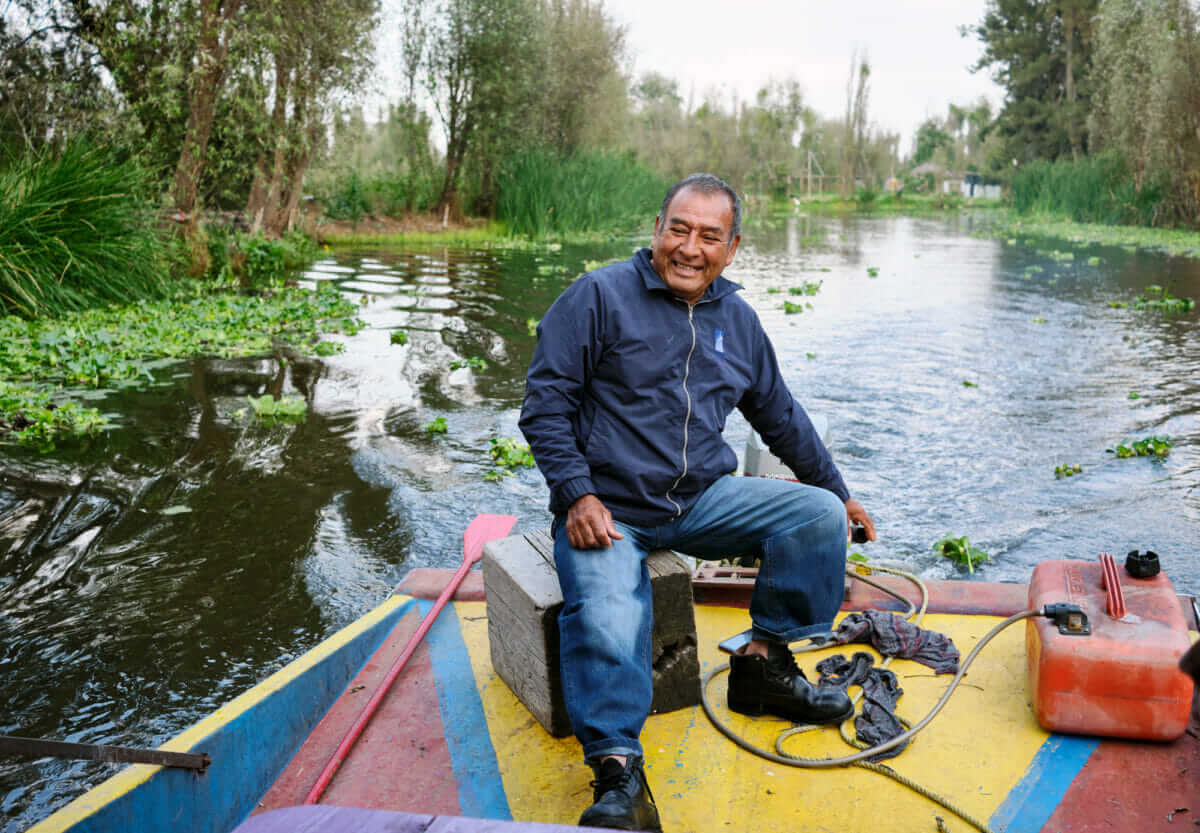
Noé Coquis Salcedo comes from a family of chinamperos and he owns his own chinampa . Yolcan’s goal is for a square kilometer of chinampa to generate 20,000 ($1,025) pesos per month for farmers like him.
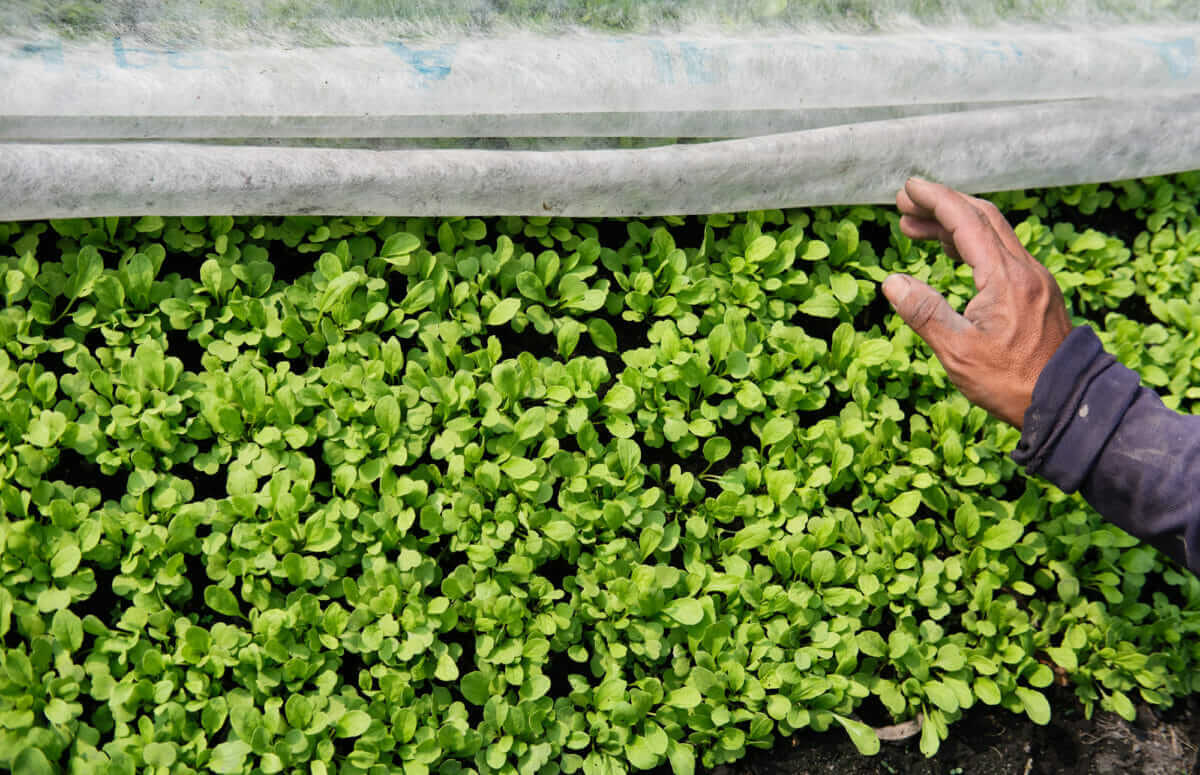
One of the greatest challenges is fighting illegal construction of homes in the chinampas . Authorities haven’t shown any interest in stopping this invasion and more land is lost each year. A complicating factor is that many of the chinampas are abandoned and there is no record of who owns the land.
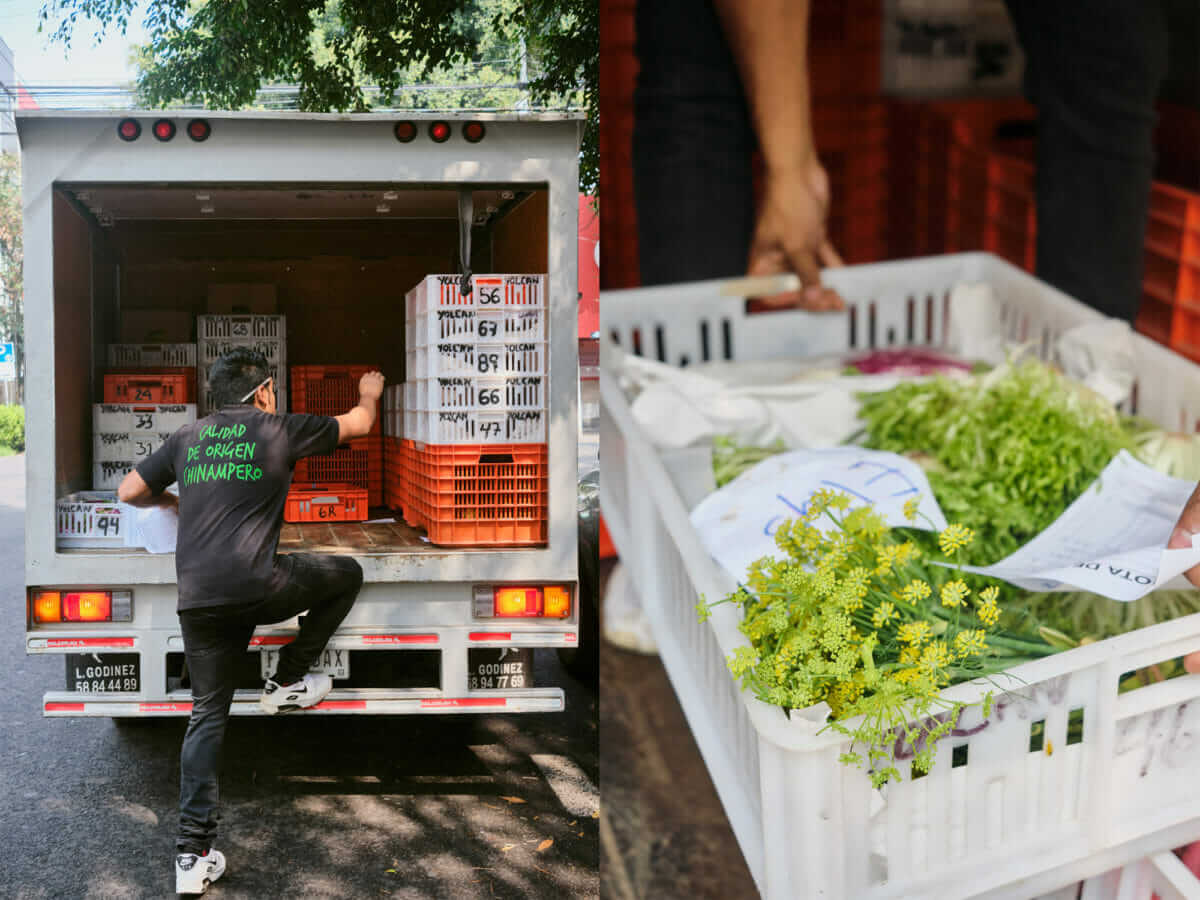
Each day, Yolcan sends out a message to chefs with what produce is available. At that moment, chefs race to place their orders on a first-come, first-serve basis. And each day, the harvest is delivered to them. When Yolcan first started, Usobiaga had to cold-call on restaurants to find customers. He found early support from chefs such as Gabriela Cámara, of Contramar, and Jair Téllez, of Amaya.
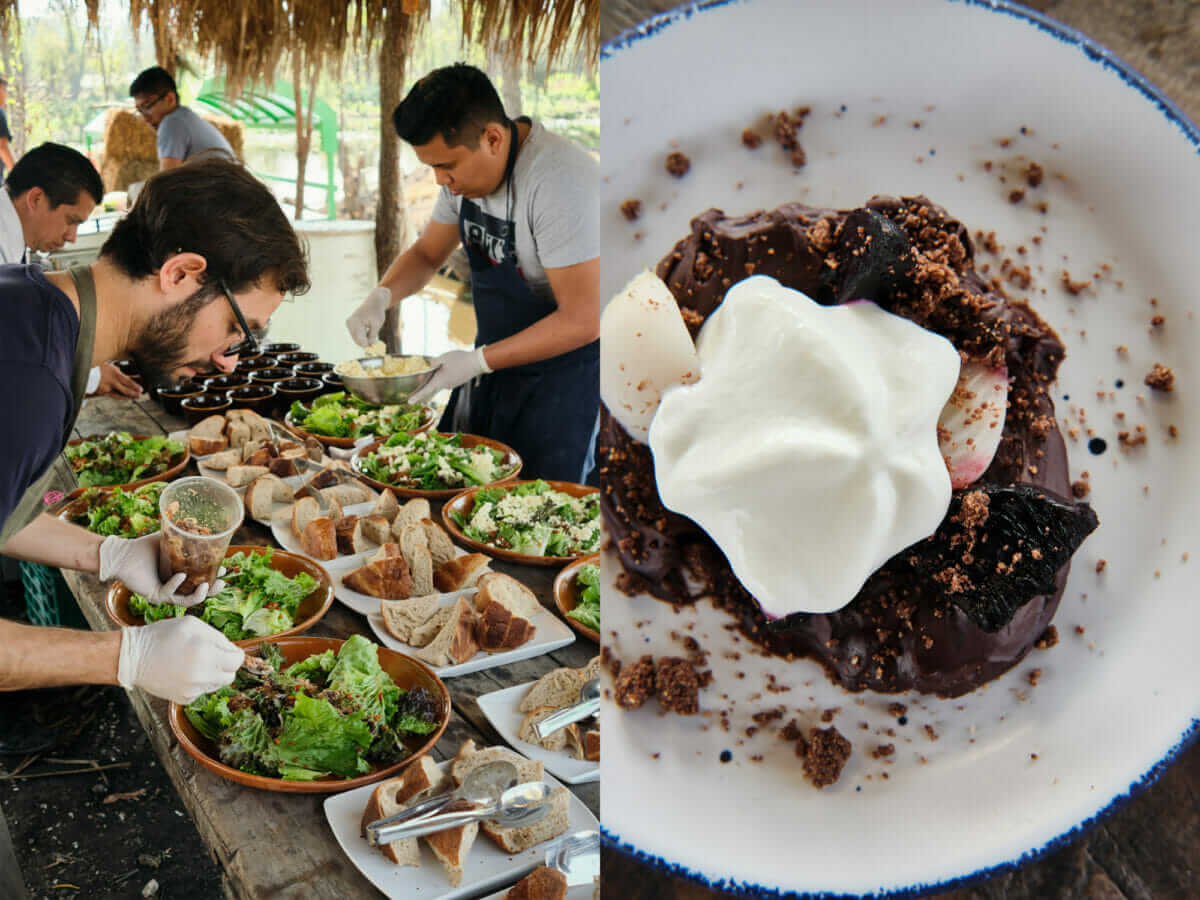
As a way to connect people to the chinampas and teach them about where their food comes from, Yolcan hosts tours as well as monthly meals with guest chefs. In November, chef Joaquin Cardoso of Loup Bar served a menu that used carrots, lettuce, beets and talamayota squash from the chinampas .
This site uses Akismet to reduce spam. Learn how your comment data is processed .
I’ve visited the area, fantastic place. Floated the main canal, drank pulque and ate. It makes me proud to See change at work! Inspire
Republish This Story
Republish our articles for free, online or in print, under a Creative Commons license.
Republish this article

This work is licensed under a Creative Commons Attribution-NoDerivatives 4.0 International License .
Want to republish a Modern Farmer story?
We are happy for Modern Farmer stories to be shared, and encourage you to republish our articles for your audience. When doing so, we ask that you follow these guidelines:
Please credit us and our writers
For the author byline, please use “Author Name, Modern Farmer.” At the top of our stories, if on the web, please include this text and link: “This story was originally published by Modern Farmer . ”
Please make sure to include a link back to either our home page or the article URL.
At the bottom of the story, please include the following text:
“Modern Farmer is a nonprofit initiative dedicated to raising awareness and catalyzing action at the intersection of food, agriculture, and society. Read more at <link>Modern Farmer</link>.”
Use our widget
We’d like to be able to track our stories, so we ask that if you republish our content, you do so using our widget (located on the left hand side of the article). The HTML code has a built-in tracker that tells us the data and domain where the story was published, as well as view counts.
Check the image requirements
It’s your responsibility to confirm you're licensed to republish images in our articles. Some images, such as those from commercial providers, don't allow their images to be republished without permission or payment. Copyright terms are generally listed in the image caption and attribution. You are welcome to omit our images or substitute with your own. Charts and interactive graphics follow the same rules.
Don’t change too much. Or, ask us first.
Articles must be republished in their entirety. It’s okay to change references to time (“today” to “yesterday”) or location (“Iowa City, IA” to “here”). But please keep everything else the same.
If you feel strongly that a more material edit needs to be made, get in touch with us at [email protected] . We’re happy to discuss it with the original author, but we must have prior approval for changes before publication.
Special cases
Extracts. You may run the first few lines or paragraphs of the article and then say: “Read the full article at Modern Farmer” with a link back to the original article.
Quotes. You may quote authors provided you include a link back to the article URL.
Translations. These require writer approval. To inquire about translation of a Modern Farmer article, contact us at [email protected]
Signed consent / copyright release forms. These are not required, provided you are following these guidelines.
Print. Articles can be republished in print under these same rules, with the exception that you do not need to include the links.
When sharing the story on social media, please tag us using the following: - Twitter (@ModFarm) - Facebook (@ModernFarmerMedia) - Instagram (@modfarm)
Use our content respectfully
Modern Farmer is a nonprofit and as such we share our content for free and in good faith in order to reach new audiences. Respectfully,
No selling ads against our stories. It’s okay to put our stories on pages with ads.
Don’t republish our material wholesale, or automatically; you need to select stories to be republished individually.
You have no rights to sell, license, syndicate, or otherwise represent yourself as the authorized owner of our material to any third parties. This means that you cannot actively publish or submit our work for syndication to third party platforms or apps like Apple News or Google News. We understand that publishers cannot fully control when certain third parties automatically summarize or crawl content from publishers’ own sites.
Keep in touch
by Shaun Pett and Leila Ashtari, Modern Farmer December 9, 2019
This <a target="_blank" href="https://modernfarmer.com/2019/12/photo-essay-the-last-floating-farms-of-mexico-city/">article</a> first appeared on <a target="_blank" href="https://modernfarmer.com">Modern Farmer</a> and is republished here under a Creative Commons license.<img src="https://modernfarmer.com/wp-content/uploads/2024/08/cropped-favicon-1-150x150.png" style="width:1em;height:1em;margin-left:10px;"><img id="republication-tracker-tool-source" src="https://modernfarmer.com/?republication-pixel=true&post=69434" style="width:1px;height:1px;">
Modern Farmer Weekly
Solutions Hub
Innovations, ideas and inspiration. Actionable solutions for a resilient food system.
Explore other topics
- Consumption
Share With Us
We want to hear from Modern Farmer readers who have thoughtful commentary, actionable solutions, or helpful ideas to share.
Necessary cookies are absolutely essential for the website to function properly. This category only includes cookies that ensures basic functionalities and security features of the website. These cookies do not store any personal information.
Any cookies that may not be particularly necessary for the website to function and are used specifically to collect user personal data via analytics, ads, other embedded contents are termed as non-necessary cookies.

IN PHOTOS: Farmers around the world share their stories
By justin cremer.
April 2, 2020
All around the world, smallholder farmers toil in their fields to feed their families and their communities. Though these farmers differ in where they live, the crops they grow and the soil conditions they must contend with, their share similar challenges.
In many countries, smallholders farm at subsistence levels and their incomes are limited. They often lack money to buy pesticides, fertilizer or employ advanced technologies that would make their back-breaking work easier. Many have found that planting insect-resistant genetically modified (GM) crops can drastically reduce their use of pesticides, saving them precious resources while also improving their health and that of their local environments.
But others aren’t as lucky. Many farmers still contend with bans on GM seeds and misinformation campaigns that lead them to question the safety of GM crops. In some cases, farmers don’t even know that improved seeds are an option.
In the five-plus years since we started the Alliance for Science , we’ve amplified the voices of farmers from all parts of the world. Their stories have inspired us and helped to put a human face on the challenges and rewards of farming. Here we present a small sampling of the farmers we’ve met. Follow the link below each photo to read the farmers’ full stories.

- Agriculture
- Biotechnology

Get Our News Blast
You might also enjoy.
News from the Columbia Climate School
Out on the Farm With SEE-U NYC
Phebe Pierson
If you’re a student at a big-city university, you may think there won’t be opportunities to study agriculture and ecosystems. But if that university is Columbia, think again. The Summer Ecosystem Experiences for Undergraduates (SEE-U) program is an intensive course that gives students a chance to get outside the city and all over the world to study ecosystems and agriculture, earn science credits, and get fieldwork experience under their belts.

This summer’s SEE-U program was organized through the Earth Institute Center for Environmental Sustainability ( EICES ). The program was started around 20 years ago by Professor Don Melnick , who passed away earlier this year. The program has run in Jordan and Brazil, as well as closer to home in New York City and the surrounding Hudson Valley. Each location promises a different experience, with the focus shifting depending on the character of the environment. In Brazil, students study the tropical Atlantic Forest ecosystem; in Jordan , they delve into desert ecosystems and the resource management challenges that come with water-scarce regions.
The SEE-U NYC course focuses on the agroecosystems and food systems — both urban and rural — of the NYC foodshed. Led by Amanda Caudill , an ecologist and adjunct professor at EICES, the course is centered around a series of field trips to Black Rock Forest and Hudson Valley and NYC-area farms, giving students first-hand experience and familiarity with the operations of farms and related businesses. Students perform soil tests and learn basic statistics tools to analyze their results, and each student presents a final project at the end of the class using data and information they collect throughout the course.
The SEE-U NYC 2019 course wrapped up at the end of July, after a whirlwind month of field trips, experiments, and exercises. This summer’s class was a small group of students from all kinds of majors, including history, policy, and sustainable development. One of the great things about the course, says former EICES assistant director Kelsey Wooddell, is that it is open to all majors looking to fulfill their science credits. (It is a 6-credit course.) While some students who take the course are on an environmental or sustainability track, “Even those that don’t start as such typically leave with some more green inklings,” says Wooddell, who administered the class.
Caudill agrees, and says that her favorite part of the course is watching the students put everything together. Because the course is made up of readings, lectures, field trips, and science experiments, it gives students an experiential learning opportunity unlike what they would get in a traditional classroom environment. Caudill says, “I love when the students learn that science doesn’t have to be dry and rigid. I’ve had several students say that they never thought that they were good at science, but they had never experienced it like this and they loved it.”
The course has influenced past students to change majors, get sustainability-related internships, and in one case, a student even took a semester off to work on a farm in Georgia. “I think that [the course] really opens people’s eyes to what is going on around them and how they can be a part of that,” says Caudill.
Another positive influence that Caudill and Wooddell see is how students’ perceptions about scientists change. Caudill has had students say she is not what they think of when they think “scientist.” She and Wooddell (who is also a scientist) appreciate that they are in a position to show students all the “different faces science can have.”
It was evident at the final presentations that the course had a big influence on the students. Topics ranged widely, including: soil quality in pastures versus in gardens; urban garden soil quality in low- versus high-income parts of the city; how farm management practices affect overall farm health; and differences in food access between low- and high-income neighborhoods. Each student presented with a solid understanding of the concepts covered in the course and a solid basis in data collection and analysis.
The fall semester is in full swing and the SEE-U students are getting back to their normal class schedules. But it is unlikely they’ll forget about their immersive summer experience anytime soon.
We have compiled photos from the course in the photo essay below. Browse through to see some snapshots of the students’ experiences, as well as some tidbits of knowledge they gained from the people they spoke with.

Note: Starting in the summer of 2020, SEE-U NYC courses will be taught through Columbia University’s Center for Undergraduate Global Engagement .
Related Posts

Climate School Appoints Five New Faculty Members

Student Spotlight: Prioritizing Environmental Justice and Urban Green Space

Student Spotlight: Blending Climate Action with Finance
Get the Columbia Climate School Newsletter
Year of the Durian
Durians of Suan La-Ong Fah Farm | Photo Essay
December 11, 2013 17 Comments

There’s a farm just north of Bangkok that keeps making headlines for it’s unique durians. Fifty years ago, when everyone else in the country was chopping down their ancestral varieties to make way for the new commercial ones, Chatri and his father were saving them.
Over fifty of Thailand’s original durian species can now be found at Suan La-Ong-Fah Farm, and those durian lovers seeking respite from the monotony of Monthong can often be found there too. Recently the farm was even featured in the New York Times . So I thought I would take the opportunity to showcase some of Chatri’s special durians in the following photo essay.
The first time we visited Chatri , we had just started our Year of Durian and didn’t know diddly squat about the fruit except that we loved to eat it. We were very lucky to stumble upon Suan La-Ong-Fah so early in our trip. There are few places that have preserved the old durian varieties, most of which originally came from Thonburi. But the orchard is unique for a number of reasons, and Chatri himself is a big part of what makes visiting his small organic farm a special experience.
A classically trained artist, Chatri returned to the durian orchard to take over his father’s work. When he explains the inner working of growing and eating durian, he weaves in metaphors for life lessons, giving a certain gravity to the eating of durian that isn’t just about when it falls. “He’s like a poet,” our translator Natto explained the first time we were there, saying it was very difficult to translate the meaning without losing the profound beauty of his words.
Unfortunately, just before my trip to Chatri’s I’d picked up a nasty stomach bug somewhere in Cambodia (turned out to be giardia), so despite weeks of salivating anticipation I wasn’t really in the mood to sample these special durians.
Because of this, my descriptions of flavor are a little lacking. But the fruits were so beautiful, and opened with such obvious care and love that I couldn’t say no entirely. Here’s a look at some of Thailand’s forgotten durian varieties, from a man who sees them as more than just a food.

Surprisingly, Chatri also grows the notorious Monthong, the variety that now dominates the durian industry and is associated with monocropping, pesticides, and the other evils of the agriculture revolution.
That’s not Monthong’s fault, and the durian doesn’t deserve to be demonized. Once upon a time it was just one of many delicious durian varieties growing along the banks of the Chao Phraya River.
Treated properly and picked at the right time, true Monthong is a really great durian. I’m serious. This one was particularly superb, smooth and rich with surprising hints of chocolate.

Sao Cham (Admired Lady)

Kop Chai Nam (River Chai Frog)

Chay Mung Kud (Mangosteen Man)

Mednai Ruang : the seedling of an Eruang durian, this durian was exceptionally sweet and had a strong vanilla flavor, like icing.

Named for the flower Pandanus odoratissimus , or Lam Chiak in Thai, this durian had a distinct rosy aroma.
By this point, I’d noticed that most of the durians were a deep enough golden yellow to rival Malaysia’s famous Musang King .
Thick and sweet, they tasted fairly similar to me – but then, with rumbles in my tummy I wasn’t the best taste tester. A few had a slight metallic after bite, as is classic with Chanee.

This beast of a durian is named for a mythic half-lion, half-swan creature.

The last time we visited Chatri she told us she only liked durian chips, not durian itself. This time, she wanted to taste all the different varieties. I think we have another convert!
An important thing to note is that we visited Chatri early in the season. Only a few durian varieties ripen at one time, in groups staggered throughout the season. If we had visited just two weeks later, we would have tasted a completely different set of durians.
Although Chatri has 50 varieties of durian, you’re unlikely to taste more than five or six unless you stay the entire season or make multiple trips to visit. We were lucky to taste as many as we did!

Contact Chatri
Suan La Ong Fah is at 111/2 M.8 Tambon Kaopra in Nakhon Nayok. Chatri doesn’t speak English, so I always call Natto to get in touch with him. Her number is +66 0851083800 or email at [email protected]
Like it? Share it!
- Click to share on Twitter (Opens in new window)
- Click to share on Facebook (Opens in new window)
- Click to share on Pocket (Opens in new window)
- Click to share on WhatsApp (Opens in new window)
- Click to email a link to a friend (Opens in new window)
Keep reading...
Florence says
April 29, 2019 at 9:37 am
Beside durian fruit any other fruit to see? if come on 13may any fruits to see, is it the season?
[email protected] says
May 4, 2019 at 10:08 am
The best pineapple in the world. And yes, he has durian now until early June.
ratana says
February 5, 2018 at 4:06 pm
Dear are you open for visit between February 17 – February 23 ? what kind of fruits do we have now in this perido of the year? Thank you
Best Regards David
February 5, 2018 at 4:10 pm
Sorry Ratana, Not my farm! Please use the contact details provided.
April 19, 2015 at 8:55 am
Hi! I'm French and I'm planning to go to Thailand in August-September. Will there be durians to taste at this time of the year? Thanks in advance.
Lindsay Gasik says
April 20, 2015 at 3:46 pm
Hi Lea, there won't be any durian at this farm in August or September, but you can still find durian growing either up in the northern regions or in the south (just not around Bangkok). Should be perfect if you want to visit Koh Phangan or Koh Samui 🙂
Anonymous says
March 12, 2015 at 12:50 pm
Visited Chakri last week bought two Durian trees from him.To early for fruit but as I stay less than 50kms from him will visit again,
March 13, 2015 at 1:56 am
Thanks for the report! What kind of durian trees did you buy? Anything rare or interesting?
Nick Vamvakos says
June 30, 2015 at 12:27 pm
What are the approximate prices per tree?
Philippe Koo says
July 5, 2014 at 6:06 pm
Going to visit the farm in mid July! So excited. Do you know If there will be in season?
Johnny Kay says
February 19, 2014 at 9:07 pm
Fresher like just dropped off the tree?, I wish lol, unfortunately mine wont be ready till April -May. I,ll let you know as soon as there ready.
February 5, 2014 at 9:15 pm
Hi Lindsay, Love your site. I grow durian here in far north Queensland and like you love durian, I would love to get a chance to visit Suan La-Ong Fah Farm and see how they grow there durians organically,would you be able to provide me with a address for the farm, I will be in Thailand mid May. Cheers John
February 5, 2014 at 11:49 pm
Hi John! I'm currently in Queensland too! Any hot tips for me?
Suan La Ong Fah is at 111/2 M.8 Tambon Kaopra in Nakhon Nayok. Chatri doesn't speak English, so I always call Natto to get in touch with him. Her number is +66 0851083800 or email at [email protected]
February 10, 2014 at 11:33 am
Thanks for the info, Hot tip,Durians are at Rustys markets Cairns Friday, and around Daintree area . Mine wont be ready till April May cant wait.
February 10, 2014 at 11:42 am
Thanks for the tip Johnny Kay – I've been getting a few durians at Rusty's but the selection is pretty limited – do you know anywhere I can get them fresher?
Ben Lasalle says
January 14, 2014 at 4:28 am
Is there contact information to do a tour/ tasting at this farm?
Pimmada Yodboriboon says
January 6, 2014 at 10:27 am
Now I am a durian lover already ^^ Thank you very much, Lindsay. >> Guide NATTO
Leave a Reply Cancel reply
Your email address will not be published. Required fields are marked *
Notify me of follow-up comments by email.
Notify me of new posts by email.

Copyright © yearofthedurian.com - Powered by Love for Durian
- Philippines
- Mail Order Durian
- Durian Tours

- Markets at a glance
- Livestock Sales
Farm Living
- Ag in Motion
- Classifieds
- Subscriptions
- Digital Editions
Your reading list
Catching a carp – photo essay, looking for a special mother’s day start in the kitchen, guilt often associated with grieving, man found guilty for blockade participation remains defiant, federal ag immigration program will continue to 2025.
Published: May 11, 2023

Looking for a carp small enough to eat, a California gull catches one of the thousands of Prussian carp at Frank Lake near High River, Alta., but has trouble swallowing it as the fish flips out of its beak.
ADVERTISEMENT

Bird survey focuses on regenerative farming
Bird experts across the province have partnered with the Manitoba Forage and Grassland Association to conduct its second annual bird…
Then, with other gulls arriving on scene to attempt to steal its meal, the gull picks it up and flies off with it with two gulls in pursuit. | Mike Sturk photos

Related Coverage

Farm Living , photo essay
Hands-on history lesson - photo essay.

Sweet day in the bush - photo essay

Farm Living , Frank Lake
Alta. regulator denies frank lake solar project.

photo essay
Pen to pasture - photo essay.

Easy-to-eat finger food and refreshing drinks hit the spot
Stories from our other publications
Manitoba Co-operator

Welcome to stone fruit season

B.C. fish for Prairie plates

Watch your words
Country Guide

Summer Series: Bringing DEI to the farm
Trending this week

Feedlot transition takes many steps

Heat takes toll on crops

Herbicide resistance flirts with crisis mode
Cyber-savvy farmer, introducing the new agcanada app..
Everything you love about The Western Producer and more, including up-to-date weather information, breaking news alerts and a customizable newsfeed in one seamless experience.

Download the AGCanada app
| Subtotal | $0 |
|---|---|
| Tax | $0 |
W. Eugene Smith: Master of the Photo Essay
100 years since the birth of W. Eugene Smith, we take a look at the work of a remarkable talent who described his approach to photography as working “like a playwright”
W. Eugene Smith

W. Eugene Smith’s membership with Magnum may have been brief, spanning the years 1955-58, but his work left left a deep impression on many of Magnum’s photographers, as it has upon the practice of photojournalism generally. Smith is regarded by many as a genius of twentieth-century photojournalism, who perfected the art of the photo essay. The following extract from Magnum Stories ( Phaidon ), serves as a pit-stop tour through his most enduring and affecting works.
With “Spanish Village” (1951), “Nurse Midwife” (1951), and his essay on Albert Schweitzer (1954), “Country Doctor” is first of a series of postwar photo essays, produced by Smith as an employee of Life magazine, that are widely regarded as archetypes of the genre. The idea to examine the life of a typical country doctor, at the time of a national shortage of GPs, was the magazine’s, not Smith’s. Though it was preconceived and pre-scripted, with a suitable doctor cast for the role before Smith got involved, he was immediately attracted to the idea of its heroic central character. He left to shoot the story the day he first heard about it – and before it was formally assigned, lest his editors decide to allocate the job to a different photographer.

Country Doctor
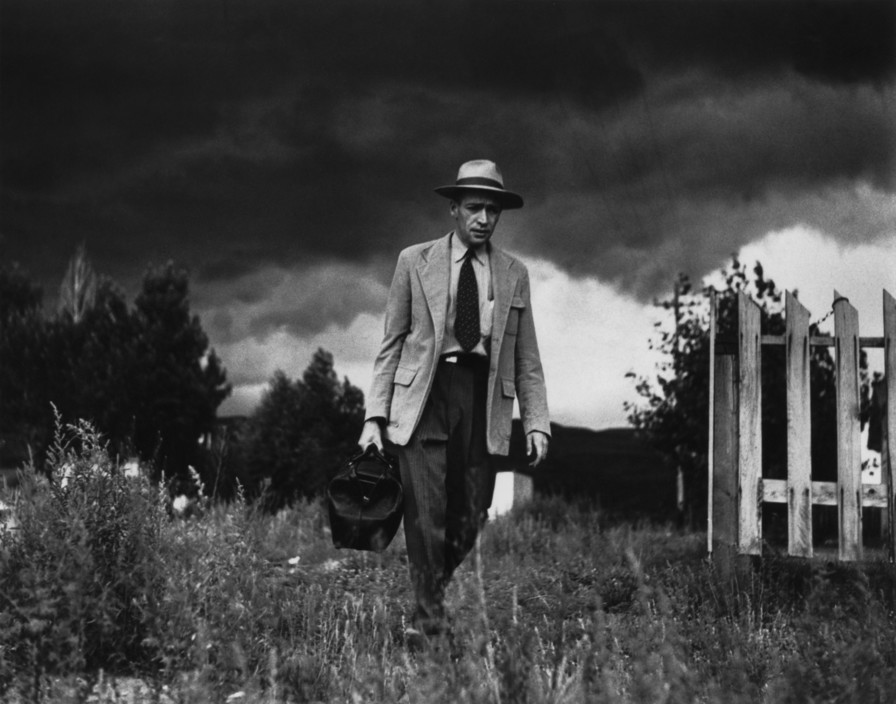
He described elements of his approach in an interview for Editor and Publisher later the same year:
“I made very few pictures at first. I mainly tried to learn what made the doctor tick, what his personality was, how he worked and what the surroundings were… On any long story, you have to be compatible with your subject, as I was with him.
I bear in mind that I have to have an opener and closer. Then I make a mental picture of how to fill in between these two. Sometimes, at the end of the day, I’ll lie in bed and do a sketch of the pictures I already have. Then I’ll decide what pictures I need. In this way, I can see how the job is shaping up in the layout form.
When a good picture comes along, I shoot it. Later I may find a better variation of the same shot, so I shoot all over again.”

"When a good picture comes along, I shoot it. Later I may find a better variation of the same shot, so I shoot all over again."
- w. eugene smith.
Central to his method was his seeking to fade “into the wallpaper”. De Ceriani, the subject of the story and the one constant witness to his working approach, recalled in an interview with Jim Hughes, Smith’s biographer, that after a week Smith “became this community figure. He may not have known everybody, but everybody knew who he was. And you fell into this pattern: he was going to be around, and you just didn’t let it bother you. He would always be present. He would always be in the shadows. I would make the introduction and then go about my business as if he were just a doorknob.”
Smith set about what might have been a straightforward assignment with a demanding intensity. “I never made a move where Gene wasn’t sitting there,” Ceriani explained; “I’d go to the john and he’d be waiting outside the door, so it would seem. He insisted that I call when anything happened, regardless of whether it was day or night… I would look around and Gene would be lying on the floor; shooting up, or draped over a chair. You never knew where he was going to be. And you never knew quite how or when he got there. He would produce a ladder in the most unusual places.”

For a four-week shoot, Smith selected 200 photographs for consideration by Life , and while he clearly had some influence over the layout, he did not control it. It did not live up to his expectations; in the interview with Editor and Publisher, Smith stated that he was “depressed” thinking about just how far short it fell. It’s not clear how different it might have been had he done the layout himself. We know that the prints he made were rejected by Life ’s art director, on the grounds that they were too dark and would not reproduce well on the magazine’s pages. Smith’s vision was darker in other regards too. Photographs not featured in Life’ s layout, but reproduced or exhibited later, include a powerful series of 82-year-old Joe Jesmer being treated following a heart attack – an old man whose face terrifyingly reveals the apparent consciousness of his imminent death. Smith also chose, for his own exhibitions, troubling photographs of Thomas Mitchell prior to his leg amputation, as well as other images more baroque than those selected by Life . But the two brilliant images between which the layout hangs – his opener of the stoical doctor on his way to the surgery under a brooding sky and his closer, showing Ceriani slumped in weary reflection with coffee and cigarette – clearly reflect Smith’s won intentions for how the story should appear.

It is in the sophistication of its narrative structure that Smith’s innovation lies. In recorded conversations between Smith and photographer Bob Combs in the late 1960s, he elaborated on the ingredients of his approach (referring here to another story, “Nurse Midwife”):
“In the building of a story, I being with my own prejudices, mark them as prejudices, and start finding new thinking, the contradictions to my prejudices, What I am saying is that you cannot be objective until you try to be fair. You try to be honest and you try to be fair and maybe truth will come out.
Each night, I would mark the pictures that I took, or record my thoughts, on thousands of white cards I had. I would start roughing in a layout of what pictures I had, and note how they build and what was missing in relationships.
"In the building of a story, I being with my own prejudices, mark them as prejudices, and start finding new thinking, the contradictions to my prejudices, What I am saying is that you cannot be objective until you try to be fair."

I would list the picture to take, and other things to do. It began with a beginning, but it was a much tighter and more difficult problem at the end. I’d say, ‘Well, she has this relationship to that person. I haven’t shown it. How can I take a photograph that will show that? What is this situation to other situations?’
Here it becomes really like a playwright who must know what went on before the curtain went up, and have some idea of what will happen when the curtain goes down. And along the way, as he blocks in his characters, he must find and examine those missing relationships that five the validity of interpretation to the play.
I have personally always fought very hard against ever packaging a story so that all things seem to come to an end at the end of a story. I always want to leave it so that there is a tomorrow. I suggest what might happen tomorrow – at least to say all things are not resolved, that this is life, and it is continuing.”

Smith refers to working “like a playwright”. Elsewhere he compared his work to composing music, but perhaps it is the literary reference that is most relevant to “Country Doctor”. His doctor is the emblematic hero of a drama that unfolds through several episodes – literally, acts. His opening and closing tableaux have all the content of soliloquies: single moments loaded with psychological detail and environmental description that frame the play. Unlike the experience of a play in the theatre where we watch it once, from beginning to end – we read the magazine essay back and first, at the very least reviewing the images again once we have read through it. The details of the doctor’s actions lend weight to the opening and closing portraits, and vice versa, so that the depth of its characterization reveals itself across the images as a group. It would not work if it were not wholly believable as a record of a real man, and real events. As such, its strength and its place in the history of the genre lies in the manner in which it combines a record of reality within an effective dramatic structure; in short, as a human drama.

Smith’s essay-making technique was not something he developed independently of the media that published his pictures. It began with essays produced in the early 1940s for Parade , where photographers were encouraged to experiment with story structure (without the tight scripting Smith later encountered at Life magazine) and where stories often focused on an attractive central character achieving worthwhile goals against formidable odds. Although Smith is on record as being in constant struggle with Life over its scripts – as well as its layouts, the selection of photographs, and the darkness of his prints – it seems appropriate to view his achievement as the product of a dialogue with the needs and practices of the magazine. The battles were over the details of particular decisions rather than over the mission or purpose. In fact, Smith wholly identified with the Life formula, taking and refining it to a new level of sophistication.
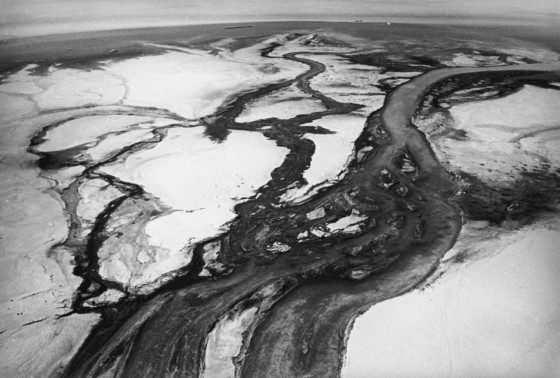
After Smith left life in 1954 – after several prior resignations, his final departure was over the editorial slant given to his essay on Albert Schweitzer – he embarked on his ambitious Pittsburgh essay. Working for the first time outside the framework of a magazine, with only a small advance from a book publisher, and encouraged by Magnum’s reassurance that he would find a worthwhile return from serial sales of independently executed essays, he believed that he was positioned to produce his best work yet. He wrote to his brother that he Pittsburgh essay would “influence journalism from now on”, and described in an application for a Guggenheim Fellowship that he “would recreate as does the playwright, as does the good historian – I would evoke in the beholder an experience that is Pittsburgh.”

It did not really work. Becoming a landmark in the ambition of the photo essay, and including some of his strongest photographs, the Pittsburgh essay nevertheless failed to be the symphony in photographs for which Smith strove, After four years of work, it was finally published in the small-format Popular Photography Annual of 1959 , run as a sequence of “spread tapestries” – as he described his intended layout to the editor of Life . He titled the essay Labyrinthian Walk, indicating the story was less about the city than a portrait of himself locked in a life-or-death struggle with a mythical demon. Although he himself was responsible for the layout, he judged it a failure. The dream – or necessity – of Magnum failed also. He did only two minor assignments in the time he was a member, and he left completely broke, his family in poverty, with Magnum itself smarting from the investment it too had ploughed into the Pittsburgh project.

After the “Country Doctor” story was published, Smith declared that he was “still searching for the truth, for the answer to how to do a picture story”. Later, in 1951, he stated in a letter to Life editor Ed Thompson, “Journalism, idealism and photography are three elements that must be integrated into a whole before my work can be of complete satisfaction to me.” In 1974, 20 years after embarking on the Pittsburgh essay, Smith was vindicated with the triumphant artistic and journalistic success of “Minamata”, his story about the deformed victims of the pollution by the Chisso chemical plant in Japan. The story became a new paradigm for the possibilities of photojournalism, in part because of its unambiguous moral purpose.
Theory & Practice
Henri Cartier-Bresson: Principles of a Practice
Henri cartier-bresson, explore more.

Arts & Culture
Bitcoin Nation
Thomas dworzak.

Magnum On Set: Charlie Chaplin’s Limelight

The Battle of Saipan

W. Eugene Smith’s Warning to the World
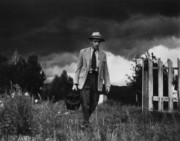
In Pictures: 75 Years Since the Start of the Pacific War
Magnum photographers.

The Pacific War: 1942-1945

Past Square Print Sale
Conditions of the Heart: on Empathy and Connection in Photography

Photo Essay: Football Support Staff
8/8/2024 12:00:00 PM | Football
A look at the hard-working individuals that help make a successful practice happen
By: Kenna Harbison

© 2024 Boise State University Athletics
Accessibility Statement
Park Hotel Nikolo-Pole

View prices for your travel dates
- Excellent 5
- Very Good 0
- All languages ( 5 )
- Russian ( 5 )
- English ( 0 )

Own or manage this property? Claim your listing for free to respond to reviews, update your profile and much more.
PARK HOTEL NIKOLO-POLE - Cottage Review
- Frank Cerabino
- Nation & World
- Fort Lauderdale
PBSO: Six of nine people killed in county's deadliest crash in years were age 15 or younger
The crash is the deadliest in recent memory in palm beach county, with four dead at the scene and five others at a hospital soon afterward..
BELLE GLADE — Nine people are dead, six of them age 15 or younger, after an SUV went into a canal Monday evening northeast of Belle Glade, the deadliest vehicle crash in Palm Beach County in recent memory.
Four people died at the scene and the other five at a trauma hospital, two of them flown there by helicopter, the Palm Beach County Sheriff's Office said.
A 10th person, the sole survivor of the wreck, was in serious condition at St. Mary Medical Center in West Palm Beach.
The sheriff's office identified all 10 people in the SUV Tuesday but only released places of residence for some of them. Two of those under 15 who died lived in Bridgeport, Connecticut, and a third in Chesapeake, Virginia.
The driver was identified as Pamela Wiggins, who died one day before her 57th birthday. A sheriff's report did not list a place of residence for Wiggins or specify her relationship to the nine passengers.
Also killed in the crash were passengers Leiana Alyse Hall, 30; Anyia Tucker, 21; Michael Anthony Hall, Jr., 14; Imani Hall, 9; Kamdien Edwards, 5; Yasire Smith, 5; Ziaire Mack, 3; and Naleia Tucker, 23 months. Little Kamdien and Anyia Tucker were from Connecticut, while 3-year-old Ziaire was from Virginia.
The lone survivor was identified as 26-year-old passenger Jorden Hall. The sheriff did not include a place of residence for him.
The National Transportation Safety Board announced Tuesday that it is sending a team to the area to conduct a safety investigation in coordination with the sheriff's office, the lead agency looking into the crash.
Crash took place at sharp, narrow turn along Hatton Highway near Belle Glade
Investigators say the crash happened just before 7:30 p.m. Monday on the 5800 block of Hatton Highway, a two-lane road that runs through the agricultural lands west of Twenty-Mile Bend, flanked by fields and electrical poles.
According to a sheriff's report, a 2023 Ford Explorer was traveling west on Hatton Highway and approaching a southbound curve in the roadway when, for unknown reasons, its driver failed to negotiate the sharp, narrow left curve, one so tight that a car and a truck might struggle to make it at the same time.
The vehicle went off the roadway and onto the grass shoulder. It then struck the guardrail and overturned as it went into a canal. The sheriff's report did not say how fast the vehicle was traveling at the time of the crash.
Trump threat: Evacuate everyone 'except for Trump': Florida woman charged for bomb threats to golf course
Sheriff's deputies and Palm Beach County Fire Rescue medics found the vehicle upside down and partially submerged. Divers from Fire Rescue searched the canal during the investigation.
A Florida Department of Transportation employee said the canal was about 6 feet deep and its water and surrounding soil was muddy due to recent heavy rains.
Death toll greater than other notable recent crashes in Palm Beach County
The crash is one of the deadliest to occur in Palm Beach County in recent memory.
In January 2022, six people were killed in a collision involving two vehicles on State Road 7 west of Delray Beach. Investigators said a then-17-year-old male from Wellington was driving a BMW north on the 14000 block of State Road 7 "at a high rate of speed" shortly before rear-ending a Nissan Rogue SUV.
Noah Galle, now 20, is facing six counts of vehicular homicide. He has pleaded not guilty to the charges and is awaiting trial.
In 2013, five people in their teens and early 20s were killed in a two-vehicle collision on Blue Heron Boulevard in Riviera Beach near the the northbound Interstate 95 exit ramp. Jabari Kemp of Florida City was sentenced to five years in prison and credited with time served in 2021 after he pleaded guilty to five counts of vehicular homicide.
Kemp previously was sentenced to 30 years after being convicted at trial in 2015, but an appeals court overturned that conviction.
In March 2015, eight members of a Fort Pierce church died and 10 others were injured when the van in which they were riding crashed on State Road 78 in Moore Haven in Hendry County. The 18 people were returning to St. Lucie County after a Palm Sunday service in Fort Myers.
Julius Whigham II is a criminal justice and public safety reporter for The Palm Beach Post. You can reach him at [email protected] and follow him on X, the platform formerly known as Twitter, at @JuliusWhigham . Help support our work: Subscribe today.
August 6, 2024
Farmer sentiment improves despite financial performance concerns
| Farmer sentiment improves despite financial performance concerns. (Purdue/CME Group Ag Economy Barometer/James Mintert) |
WEST LAFAYETTE, Ind. — Three broad-based measures of farmer sentiment improved in July as the Purdue University/CME Group Ag Economy Barometer index rose 8 points to 113, the Index of Current Conditions increased by 10 points to 100, and the Index of Future Expectations at 119 was 7 points higher than a month earlier. Despite declines in corn and soybean prices from mid-June to mid-July — Eastern Corn Belt cash prices fell 11% and 5%, respectively — farmer sentiment improved in July. Responses to the individual questions attribute this positive shift to fewer respondents reporting worsened conditions compared to a year ago and a decrease in those expecting negative future outcomes. This month’s Ag Economy Barometer survey was conducted from July 15-19, 2024.
The July survey showed that high input costs remained the biggest concern for 34% of farmers. Additionally, the risk of lower crop and livestock prices continues to worry producers, with 29% citing it as a top concern, up from 25% in June. Reflecting the signals from the Federal Reserve that interest rates have peaked, only 17% of respondents cited rising interest rates as a top concern, down from 23% last month.
The Farm Financial Performance Index dropped 4 points in July to 81, 6 points lower than in July 2023. The decline in financial performance expectations reflected farmers’ worries about weakening commodity prices and high input costs following improvements in the May and June indices. Although production costs for principal crops, including corn and soybeans, have decreased year over year, output prices have also fallen, raising the possibility of a cost-price squeeze for U.S. crop producers.
Despite concerns about farms’ financial performance, the Farm Capital Investment Index rose 6 points in July to 38, though it remains weak, at 7 points lower than in July 2023. This improvement was due to a slight decrease in the number of producers who believe it’s a bad time to make large investments, which dropped from 80% in June to 75% in July.
“Declines in crop prices point to lower producer incomes this year, so the increase in optimism was somewhat puzzling,” said James Mintert , the barometer’s principal investigator and director of Purdue University’s Center for Commercial Agriculture . “Fewer producers citing rising interest rates as a primary concern for the upcoming year corresponds with the modest improvement in their perspectives on capital investments, but respondents continue to express hesitancy to make large investments.”
July saw a small improvement in the Short-Term Farmland Value Expectations Index, rising to 118 from 115 in June. This was driven by more respondents expecting stable farmland values over the next year. At the same time, the Long-Term Farmland Value Expectations Index dropped 6 points from June to 146, with fewer farmers expecting values to rise over the next five years and more anticipating they will remain unchanged.
As nationwide discussions begin for the 2025 crop year’s farmland leases, the July survey revealed that nearly three-fourths (72%) of crop farmer respondents expect cash rental rates to remain roughly the same as in 2024. Among the remaining respondents, views were nearly evenly divided, with 15% anticipating a rise in rates and 13% expecting a decline.
About the Purdue University Center for Commercial Agriculture
The Center for Commercial Agriculture was founded in 2011 to provide professional development and educational programs for farmers. Housed within Purdue University’s Department of Agricultural Economics, the center’s faculty and staff develop and execute research and educational programs that address the different needs of managing in today’s business environment.
About CME Group
As the world’s leading derivatives marketplace, CME Group enables clients to trade futures, options, cash and OTC markets, optimize portfolios, and analyze data — empowering market participants worldwide to efficiently manage risk and capture opportunities. CME Group exchanges offer the widest range of global benchmark products across all major asset classes based on interest rates , equity indexes , foreign exchange , energy , agricultural products and metals . The company offers futures and options on futures trading through the CME Globex ® platform, fixed income trading via BrokerTec and foreign exchange trading on the EBS platform. In addition, it operates one of the world’s leading central counterparty clearing providers, CME Clearing.
CME Group, the Globe logo, CME, Chicago Mercantile Exchange, Globex, and E-mini are trademarks of Chicago Mercantile Exchange Inc. CBOT and Chicago Board of Trade are trademarks of Board of Trade of the City of Chicago, Inc. NYMEX, New York Mercantile Exchange and ClearPort are trademarks of New York Mercantile Exchange, Inc. COMEX is a trademark of Commodity Exchange, Inc. BrokerTec and EBS are trademarks of BrokerTec Europe LTD and EBS Group LTD, respectively. The S&P 500 Index is a product of S&P Dow Jones Indices LLC (“S&P DJI”). “S&P®”, “S&P 500®”, “SPY®”, “SPX®”, US 500 and The 500 are trademarks of Standard & Poor’s Financial Services LLC; Dow Jones®, DJIA® and Dow Jones Industrial Average are service and/or trademarks of Dow Jones Trademark Holdings LLC. These trademarks have been licensed for use by Chicago Mercantile Exchange Inc. Futures contracts based on the S&P 500 Index are not sponsored, endorsed, marketed or promoted by S&P DJI, and S&P DJI makes no representation regarding the advisability of investing in such products. All other trademarks are the property of their respective owners.
About Purdue University
Purdue University is a public research institution demonstrating excellence at scale. Ranked among top 10 public universities and with two colleges in the top four in the United States, Purdue discovers and disseminates knowledge with a quality and at a scale second to none. More than 105,000 students study at Purdue across modalities and locations, including nearly 50,000 in person on the West Lafayette campus. Committed to affordability and accessibility, Purdue’s main campus has frozen tuition 13 years in a row. See how Purdue never stops in the persistent pursuit of the next giant leap — including its first comprehensive urban campus in Indianapolis, the Mitch Daniels School of Business, Purdue Computes and the One Health initiative — at https://www.purdue.edu/president/strategic-initiatives .
Writer: Morgan French, [email protected]
Source: James Mintert, 765-494-7004, [email protected]
Media Contacts:
Aissa Good, Purdue University, 765-496-3884, [email protected]
Dana Schmidt, CME Group, 312-872-5443, [email protected]
Agricultural Communications: (765) 494-8415;
Maureen Manier, Department Head, [email protected]
Agriculture News Page
Single column secondary page
The Irony of Republicans’ ‘Tampon Tim’ Insult
E ven before the official announcement that Tim Walz would be named the vice presidential candidate on the Democratic ticket, the Internet churned out a cacophony of clips and quips reflecting his progressive bona fides. As Minnesota governor embracing a gaggle of children at the bill signing for free school breakfasts and lunches. As folksy dad joking with his daughter, a vegetarian, about whether turkey is meat. (According to Walz, “In Minnesota, turkey is special.”)
Amid these, a corresponding, more crude moniker arose: Tampon Tim. This time, an apparent conservative dig referencing Walz’s support for a 2024 state law that requires all Minnesota public schools to provide menstrual products in bathrooms.
There is an element of deja vu in the timing. Nearly nine years ago to the day, on August 8, 2015, then-presidential candidate Donald Trump hurled an insult at then-Fox newscaster Megyn Kelly: he accused her of having “blood coming out of her wherever” when he thought her debate questions were unfair. At the time, I wrote here at TIME : “Period jokes are a dime a dozen, Donald. Half of the American electorate–indeed, half the world’s population–copes with menstruation. But for those who live in poverty, lack of access to menstrual health care is more than a punch line.”
Now nearly a decade later, periods have become a mainstream public policy priority. Far from being mocked or maligned, “menstrual equity” is an agenda that enjoys broad bipartisan support across the country. So far, 30 states have eliminated state sales tax on menstrual products (also known as the “tampon tax"), including a law signed last year by the Republican governor of Texas, Greg Abbott . Minnesota is one of 28 states committed by law and/or budget to providing menstrual products in schools, joined by states with Republican leadership like Georgia, New Hampshire, Ohio, and Utah.
In fact, in 2018, Trump himself signed the first-ever federal menstrual access requirement into law—the First Step Act , a 2018 prison and sentencing reform package that mandates menstrual product provision in federal prisons. In 2020 he went on to sign the CARES Act , which made it possible for the first time for employees to use their Flexible Spending Account allowances to buy menstrual products with pre-tax dollars.
As for the latest round of name calling, it seems the aspect of the Minnesota law that has conservatives most agitated is its language: the law states that pads and tampons must be available to “all menstruating students” and “in restrooms regularly used by students in grades 4 to 12.” A failed attempt to amend the bill to only name “female restrooms,” did not keep it from passing as is with bipartisan support. Among its Republican supporters, Rep. Dean Urdahl remarked , “Just talking with my wife and family members, they felt like it was an important issue I should support.”
And it really should be that simple. Policies that address the economic burden of menstruation, and that acknowledge the educational value of treating period products as basic school supplies, have proven to be a popular and common sense reform—at home and abroad.
As a matter of political gamesmanship, zeroing in on any issue that implicates reproductive health, menstruation among them, is a risky gambit for Republicans. Poll after poll shows that the majority of Americans support reproductive rights and turn out to vote on the issue. In her role as Vice President, Kamala Harris has taken up the discussion around menstrual literacy and data protection as it pertains to abortion, for example. With Gov. Walz as a champion for fighting period poverty, it is a drum the ticket is wise to beat.
And finally, as Walz reminds us—anyone who thinks that period jokes are appropriate or funny is just plain, well, weird.
More Must-Reads from TIME
- The Rise of a New Kind of Parenting Guru
- The 50 Best Romance Novels to Read Right Now
- Mark Kelly and the History of Astronauts Making the Jump to Politics
- The Young Women Challenging Iran’s Regime
- How to Be More Spontaneous As a Busy Adult
- Can Food Really Change Your Hormones?
- Column: Why Watching Simone Biles Makes Me Cry
- Get Our Paris Olympics Newsletter in Your Inbox
Contact us at [email protected]
Structured data
Items portrayed in this file, copyright status, copyrighted, copyright license, creative commons attribution-sharealike 3.0 unported, gnu free documentation license, version 1.2 or later, coordinates of the point of view, 55°55'17.602"n, 37°51'54.439"e, captured with, nikon d3100, source of file, original creation by uploader, 29 june 2014.
- Dovecotes in Russia
- Black and white photographs of Russia
- 2014 black and white photographs
- Black and white photographs of buildings
- Polevoy Lane (Korolyov)
- Dovecotes in Korolyov
- Buildings with addresses
- Extracted images
- Files with coordinates missing SDC location of creation
- CC-BY-SA-3.0
- License migration redundant
- Self-published work
- Files uploaded by Dmitry Ivanov
- Russia photographs taken on 2014-06-29
Navigation menu
- Korolev Tourism
- Korolev Hotels
- Bed and Breakfast Korolev
- Flights to Korolev
- Korolev Restaurants
- Korolev Attractions
- Korolev Travel Forum
- Korolev Photos
- Korolev Map
- All Korolev Hotels
- Korolev Hotel Deals
- Korolev Hostels
- Family Hotels Korolev
- 5-stars Hotels in Korolev
- 3-stars Hotels in Korolev
- Korolev Hotels with Banquet Hall
- Korolev Hotels with Soundproof Rooms
- Korolev Hotels with Sauna
- Things to Do
- Restaurants
- Holiday Rentals
- Travel Stories
- Add a Place
- Travel Forum
- Travellers' Choice
- Help Centre
Photos of Korolev - Featured Images
- Europe
- Russia
- Central Russia
- Moscow Oblast
- Korolev
- Korolev Pictures
Localities in the Area

- Categories: city or town and locality
- Location: Moscow Oblast , Central Russia , Russia , Eastern Europe , Europe
- View on OpenStreetMap
Chernogolovka Satellite Map
Popular Destinations in Moscow Oblast
Escape to a random place.
- Be Wisconsin
- Wisconsin Family

Enjoy a summer stroll & photo opportunities in these sunflower fields in central Wisconsin
You don't have to travel far to see sunflowers in bloom. here are six places you can visit in central wisconsin..
The stores may be gearing up for the start of the school year and for fall décor, but the flower fields are brightening with the start of sunflower season.
The bursts of yellow, orange, brown and black are a bright addition to bouquets and make for great photo opportunities, as well.
Various farms are starting to announce their sunflower fields are ready for the season. Here’s some options for your sunflower needs.
Arnold’s Strawberries
Arnold’s Strawberries announced earlier this month its sunflower field will be open from sunrise to sunset daily at 343 Wood County PP in Rudolph.
As of Aug. 4, the farm was at about 15% bloom for its giant yellow sunflowers. Arnold’s Strawberries also has specialty sunflowers with brown, maroon and purple sunflowers, which were at about 50% bloom as of Aug. 4.
The farm has a lock box by a trailer hitch and asks for donations to benefit the South Wood County Humane Society and the Humane Society of Portage County. People can also bring pet supplies to donate to the organizations.
People are also welcome to take a flower or two home with them from Arnold’s Strawberries.
For more information, find Arnold’s Strawberries on Facebook.
Auburndale School Forest
Sunflowers return to the Auburndale School Forest, 10704 Park Ave. in Auburndale, for a fifth year. The two-acre field will be open to the public through Aug. 22. The sunflowers are located in the south field off the parking lot at the front of the school forest.
Visitors are invited to take selfies, bring a photographer or take a stroll through the flowers. There are several displays for photo opportunities including a swing and chair set, a platform, bridge, big chair, truck and tractor.
Proceeds from this year's sunflower field will benefit Toys for Tots of North Wood County. Visitors are encouraged to leave a donation in the John Deere mailbox on the trail on a picnic table.
According to the Facebook event, the sunflowers are best viewed when the sun is shining. Sunrise is 6 a.m. and sunset is best viewed about 7:30 p.m. as the field is surrounded by trees.
For more information, find the #Auburndalesunflowers event on Facebook.
Helene’s Hilltop Orchard
Helene’s Hilltop Orchard anticipates its sunflowers will bloom Aug. 31 through Sept. 21 this year at N1189 Quarter Road in Merrill.
On its website, the farm says sunflowers are weather-dependent, and severe heat, wind, rain and cold can affect the flowers.
During its sunflower season, people can purchase a “Pick & Play” pass for $7.50 plus tax for guests older than 2 years old.
Helene’s Hilltop Orchard encourages guests to find great photo opportunities throughout the field. For more information, visit heleneshilltoporchard.com/fall-harvest or find Helene’s Hilltop Orchard on Facebook.
Pumpkin Hollow
Pumpkin Hollow recently announced its sunflowers are blooming in the fields, and by mid-August, the fields will look “spectacular.” The flowers will bloom until September at 230222 Marathon County H in Edgar.
People can visit the farm and purchase sunflowers for 25 cents each and cut flowers at 10 cents per bloom, and they can pay at the box.
Pumpkin Hollow shared there are many great backgrounds for photos in a private setting, and the fields change weekly. Picnic tables are available for use, as well. The farm encourages photographers to scout out any photo opportunities ahead of time.
The farm will be open sunrise to sundown daily through the end of October. For more information, find Pumpkin Hollow on Facebook.
REI Engineering
REI Engineering will host its fifth year of sunflower fields. This year, the company named this effort Harvest of Sunshine. Earlier this month, the company posted on its Facebook page it felt like the right time to give the community initiative a permanent identity.
The REI Engineering team started cultivating a sunflower field in 2019 for the community to enjoy for free. REI Engineering encourages the community to "pay it forward" by delivering a bouquet of sunflowers to someone in the community and to contribute a nonperishable food item to support Peyton's Promise , an organization working with 15 schools in D.C. Everest, Wausau, Marathon and Mosinee districts to fight hunger.
"We believe that small acts of kindness can have a powerful impact," REI Engineering posted on its Facebook page. "Whether it's sharing a sunflower, lending a helping hand, or offering a warm smile, these simple gestures can send ripples of positivity throughout our community."
Harvest of Sunshine will open its sunflower field in the next few weeks at 4080 N. 20th Ave. in Wausau. For more information, find REI Engineering, Inc. on Facebook.
Sopa Fairview Farm
Sopa Fairview Farm posted this week the sunflowers are getting close to fully blooming. The flowers should start blooming soon, and guests will be able to see them for about three weeks.
People can visit the farm from sunrise to sunset. Sunflower seeds and oil will be available to purchase on site, and donations are appreciated. Sopa Fairview Farm will host a Peak Sunflower Viewing event from sunrise to sunset Saturday, Aug. 10 at the farm at 8290 Old Amish Road in Amherst.
For more information, find Sopa Fairview Farm on Facebook.
More Wisconsin adventures: 7 Wisconsin adventures to end your summer with some thrills and shots of adrenaline
Did we miss your favorite sunflower farm? Contact Caitlin Shuda at [email protected] to submit a farm for consideration in this list.
Advertisement
Supported by
Ukraine’s Push Into Russia Is a Surprising Turn in the War
The local government in the Russian region of Kursk declared a state of emergency as military analysts reported that Ukrainian forces had advanced several miles across the border.
- Share full article

By Andrew E. Kramer
Reporting from Kyiv, Ukraine
After months of losing ground to Russia in brutal, grinding battles in Ukraine, Kyiv shifted tactics with a surprise attack into Russian territory this week that caught Moscow off guard and opened a new front in the 30-month war.
Ukrainian forces have punched through Russian border defenses and seized several settlements in fighting that was still raging on Thursday, according to Russian officials, a Ukrainian soldier and analysts. The attack triggered a state of emergency in one region in the west of Russia. Ukrainian armored columns were filmed moving along roads as far as six miles inside Russia.
But the attack left some military analysts wondering why Ukraine would throw scarce resources into a risky assault in a new area at a time when it is fighting pitched battles to hold on to positions in its own territory.
It was unclear whether Ukraine would seek to hold the area. Whatever the next step by Ukrainian forces, the attack appeared to push the limits on attacking inside Russia with American-provided equipment and put the Russians in disarray. American-made armored vehicles were also filmed being blown up in a Russian counterattack.
The goal was to shift the fighting — and Russian soldiers and weaponry — onto Russian territory and ease the pressure of Moscow’s offensive in eastern Ukraine, a senior Ukrainian official said. He asked not to be cited by name, as Ukraine has not acknowledged its soldiers are fighting in Russia.
“We are at war,” he said of striking inside enemy territory. “Why Russia can and we cannot?”
So far the assault has played out “much more successfully” than previous cross-border raids, the senior Ukrainian official said.

We are having trouble retrieving the article content.
Please enable JavaScript in your browser settings.
Thank you for your patience while we verify access. If you are in Reader mode please exit and log into your Times account, or subscribe for all of The Times.
Thank you for your patience while we verify access.
Already a subscriber? Log in .
Want all of The Times? Subscribe .

IMAGES
VIDEO
COMMENTS
In this photo essay, Michael reflects back on that journey and some of the photographs that appeared in his first book From The Good Earth, A Celebration of Growing Food Around the World. Michael Ableman currently operates Sole Food Street Farm as well as the large, highly-diverse, rural Foxglove Farm in British Columbia.
Below is a photo essay journaling the protection of seeds and the celebration of organic agriculture and human and animal wellness in the most northerly part of India. At the learning farm set at Navdanya, called Bija Vidyapeeth (or Earth University), students live on the farm and are active participants in the growing, harvesting, preserving ...
photo essay: prosser farm. April 19, 2019 / audra mulkern. Jackie Cross is the co-owner of 19 restaurants in the Seattle area with her chef-husband and farms full-time in Central Washington. Read More. Comment 0 Likes. photo essay: african sisters. March 16, 2019 / audra mulkern. Idzai Mubaiwa, immigrated to San Diego from her native Zimbabwe ...
Amy's mom, Suzie, and stepfather, Russ, live on a 12-acre apple orchard nestled against the Rio Grande in northern New Mexico. Instead of describing it, I decided to show it.
PHOTO ESSAY BY COLLIN HOWELL. Life at Winterberry Farm is the only life Sage has ever known. When her mother, Mary, moved to the farm it had been dormant for twenty years. Mary's dream was to revitalize the forty acre farm so she could live there with her family and earn a living from the land. With the help of her oldest daughter, Kenya; her ...
Home for Harvest: A Photo Essay. Harvest season calls me home. There's something alluring about working on the farm in the crisp autumn air. Waking up to the steady hum of the grain bin fans. Watching the setting sun transform the corn crop into a golden sea of stalks and husks. There's also a silent satisfaction in being a part of the ...
A photo essay documenting a farm visit is a fantastic opportunity for students to blend photography skills with storytelling. By preparing them beforehand, guiding their focus during the visit, and assisting in the completion of their photo essay , educators can empower students to capture the essence of the farm experience and share it with ...
photo essay: prosser farm April 19, 2019 / audra mulkern. Jackie Cross is the co-owner of 19 restaurants and restaurant-related properties in the Seattle area with her chef-husband. Just one restaurant is a hectic lifestyle- but 19?! That doesn't even count the packaged food company, cookbooks and more.
Document the farm through different seasons. Students can depict the transformation of the landscape, the cycles of planting and harvesting, and the visual variations brought by seasonal changes. This provides a comprehensive view of the farm's lifecycle. Documentaries and Photo Essays
The lone oak in a little hollow formed in the Ice Age has long been a distinctive presence in the landscape. It is marked on maps from the 1840s and Peter, who has measured the tree, guesses it is ...
A portion of Organic Valley farms are 100% grass-fed, which means these farmers have to store up enough dried grasses and forages, plus nutrition supplements, for their herds to eat through the winter without feeding any grain. No matter what the cows eat, Organic Valley farmers make sure their cows receive the right nutrition to stay healthy ...
PHOTO ESSAY: The Last Floating Farms of Mexico City. A collective of farmers is trying to revive chinampas, a 1,300-year-old method of farming. A farmer harvests produce from chinampas in Xochimilco. Most visitors to Xochimilco, in the south of Mexico City, come to ride its canals, eat, drink and listen to floating mariachi bands.
In the five-plus years since we started the Alliance for Science, we've amplified the voices of farmers from all parts of the world. Their stories have inspired us and helped to put a human face on the challenges and rewards of farming. Here we present a small sampling of the farmers we've met. Follow the link below each photo to read the ...
Harvest 2020 - photo essay Nov 26, 2020 Farm Living. Warning issued on UN's world hunger targets Nov 26, 2020 News. Rural cemetery plays special role
Above, the greenhouses at Rise & Root Farm, a black-, queer-, women-owned farm in Chester, NY. The farm's owners are Karen Washington, Lorrie Clevenger, Michaela Hayes, and Jane Hodge, who met through community gardening and involvement in Just Food, an organization that advocates for sustainable agriculture. (Photo by Phebe Pierson)
Recently the farm was even featured in the New York Times. So I thought I would take the opportunity to showcase some of Chatri's special durians in the following photo essay. The first time we visited Chatri, we had just started our Year of Durian and didn't know diddly squat about the fruit except that we loved to eat it. We were very ...
Catching a carp - photo essay May 11, 2023 Farm Living. Looking for a special Mother's Day? Start in the kitchen May 11, 2023 Farm Living. Guilt often associated with grieving
With "Spanish Village" (1951), "Nurse Midwife" (1951), and his essay on Albert Schweitzer (1954), "Country Doctor" is first of a series of postwar photo essays, produced by Smith as an employee of Life magazine, that are widely regarded as archetypes of the genre. The idea to examine the life of a typical country doctor, at the time ...
A look at the people that often are behind the scenes but make a successful football practice take place.
Park Hotel Nikolo-Pole, Ivanovskoye: See 5 traveler reviews, 60 candid photos, and great deals for Park Hotel Nikolo-Pole, ranked #1 of 1 specialty lodging in Ivanovskoye and rated 5 of 5 at Tripadvisor.
Kemp previously was sentenced to 30 years after being convicted at trial in 2015, but an appeals court overturned that conviction. In March 2015, eight members of a Fort Pierce church died and 10 ...
Despite concerns about farms' financial performance, the Farm Capital Investment Index rose 6 points in July to 38, though it remains weak, at 7 points lower than in July 2023. This improvement was due to a slight decrease in the number of producers who believe it's a bad time to make large investments, which dropped from 80% in June to 75% ...
Far from being mocked, menstrual equity enjoys broad bipartisan support in the U.S., writes Jennifer Weiss-Wolf.
Add a one-line explanation of what this file represents. Summary [
GLASTONBURY — Farm animals had to be rescued when the barn they were in burned Tuesday afternoon, the fire chief says. The fire in the mid-sized barn on Foote Road in the South Glastonbury part of town was reported about 2:20 p.m., Chief Michael Thurz said.
Korolev pictures: Check out Tripadvisor members' 3,015 candid photos and videos of landmarks, hotels, and attractions in Korolev.
Chernogolovka is a town in Moscow Oblast, Russia. Center of the town is located some 43 km northeast of the Moscow city limit and 59 km from Red Square. Its population in 2018 was 21,342. Photo: A.Savin, CC BY-SA 3.0. Photo: Svetlov Artem, CC BY 3.0. Ukraine is facing shortages in its brave fight to survive.
Enjoy a summer stroll & photo opportunities in these sunflower fields in central Wisconsin ... As of Aug. 4, the farm was at about 15% bloom for its giant yellow sunflowers. Arnold's ...
Walz poses for a photo in 1981 during basic training for the Army National Guard. In 1989, he graduated from Chadron State College in Nebraska, majoring in social science education.
The local government in the Russian region of Kursk declared a state of emergency as military analysts reported that Ukrainian forces had advanced several miles across the border.